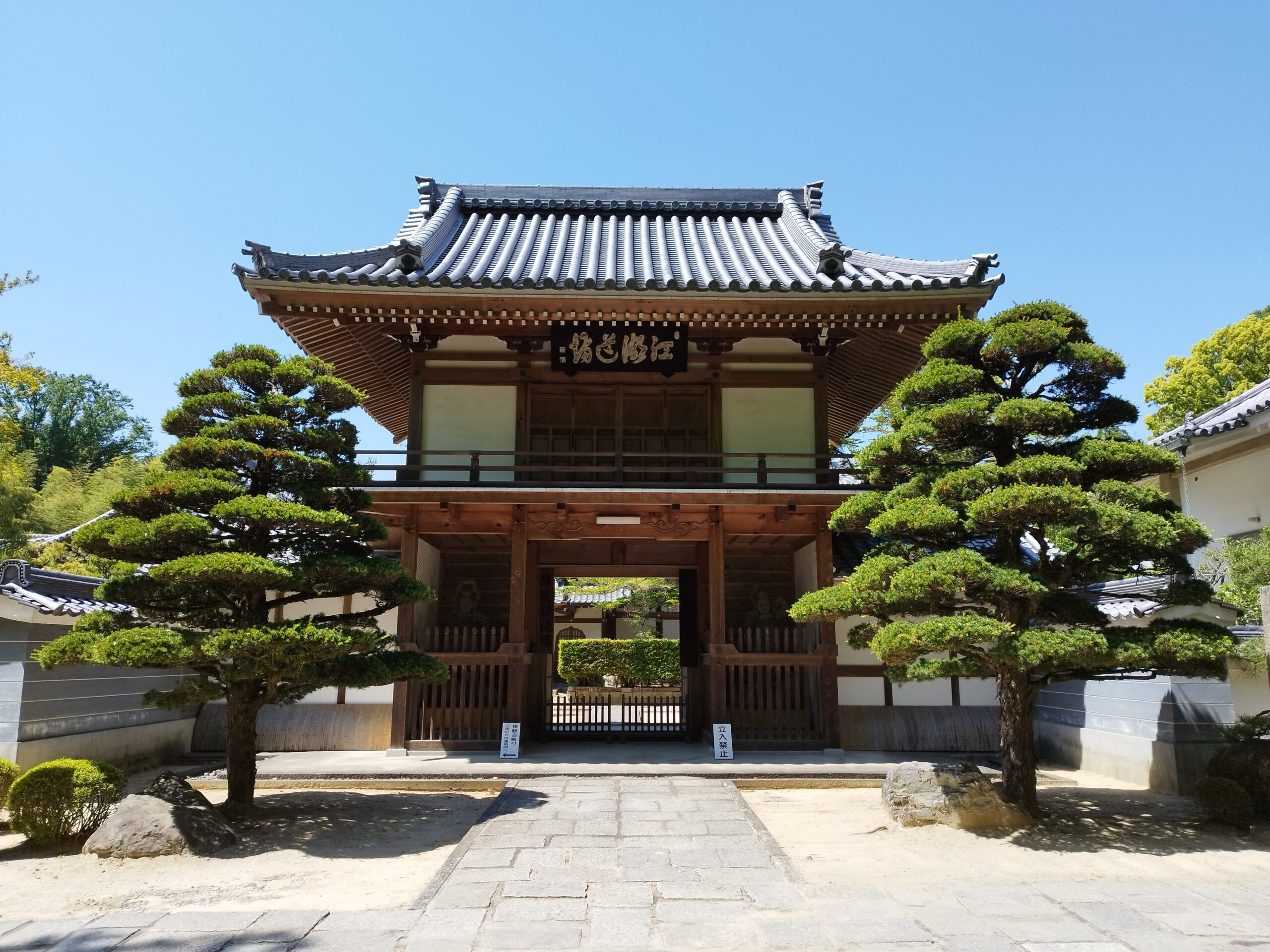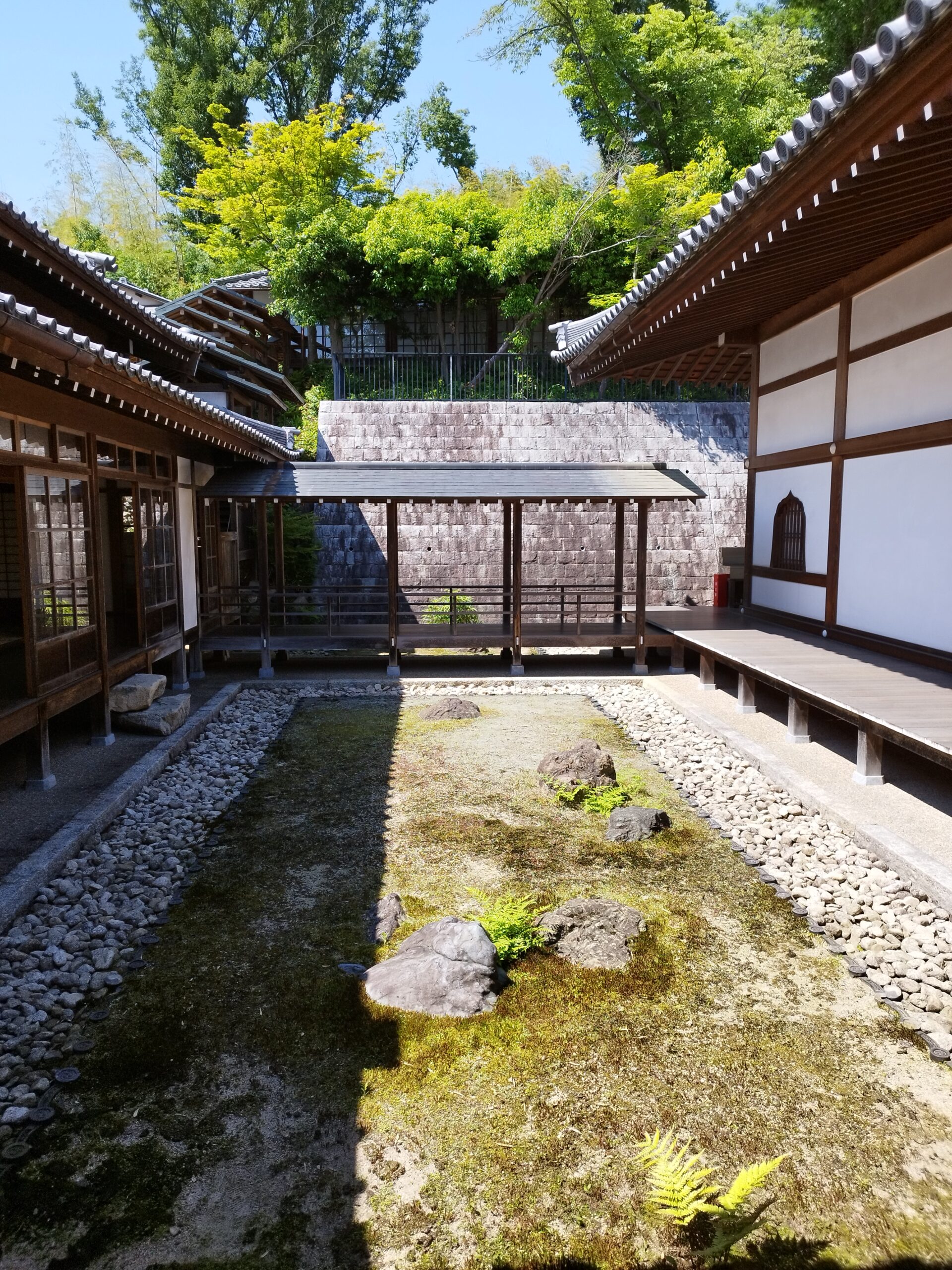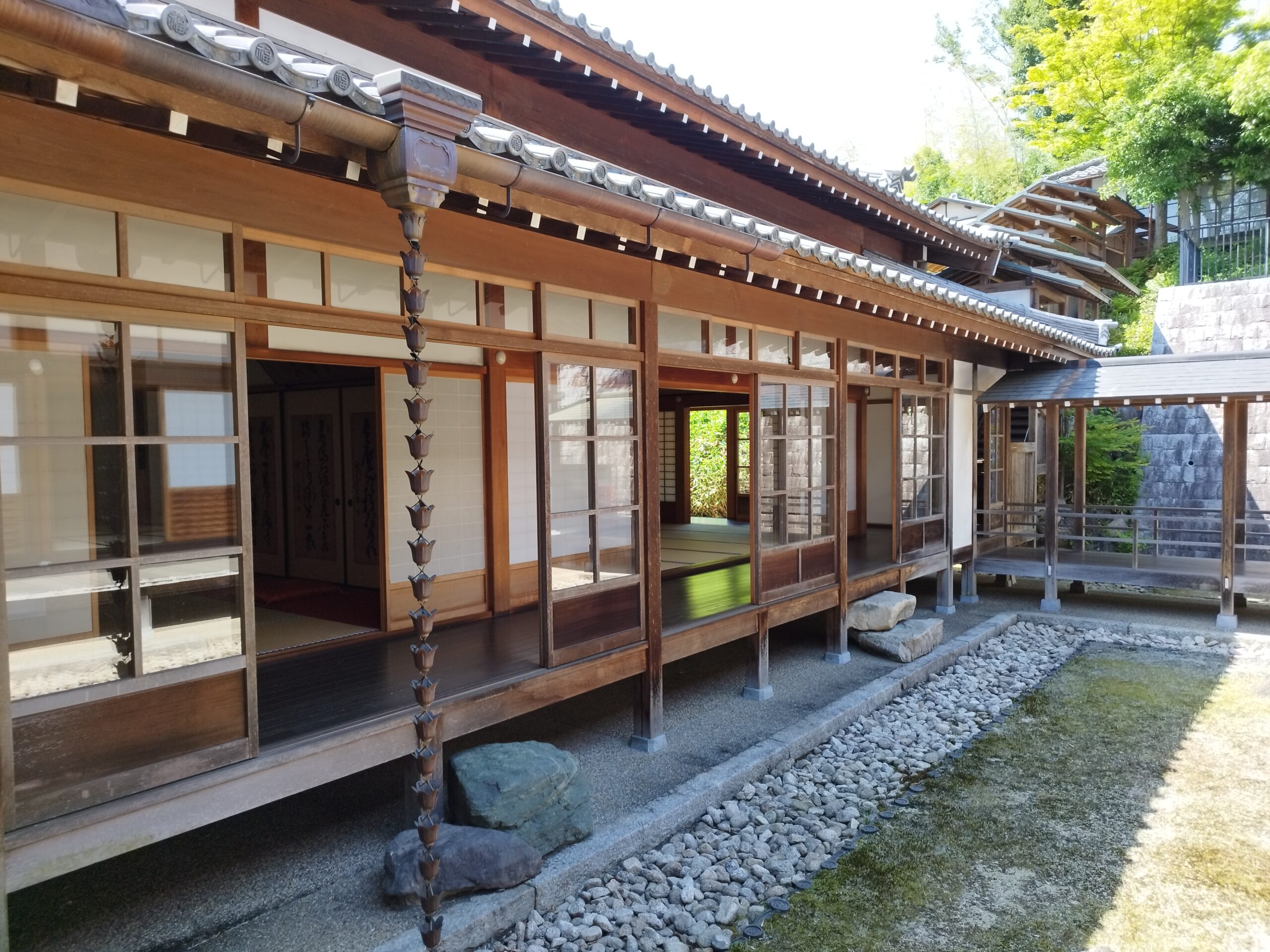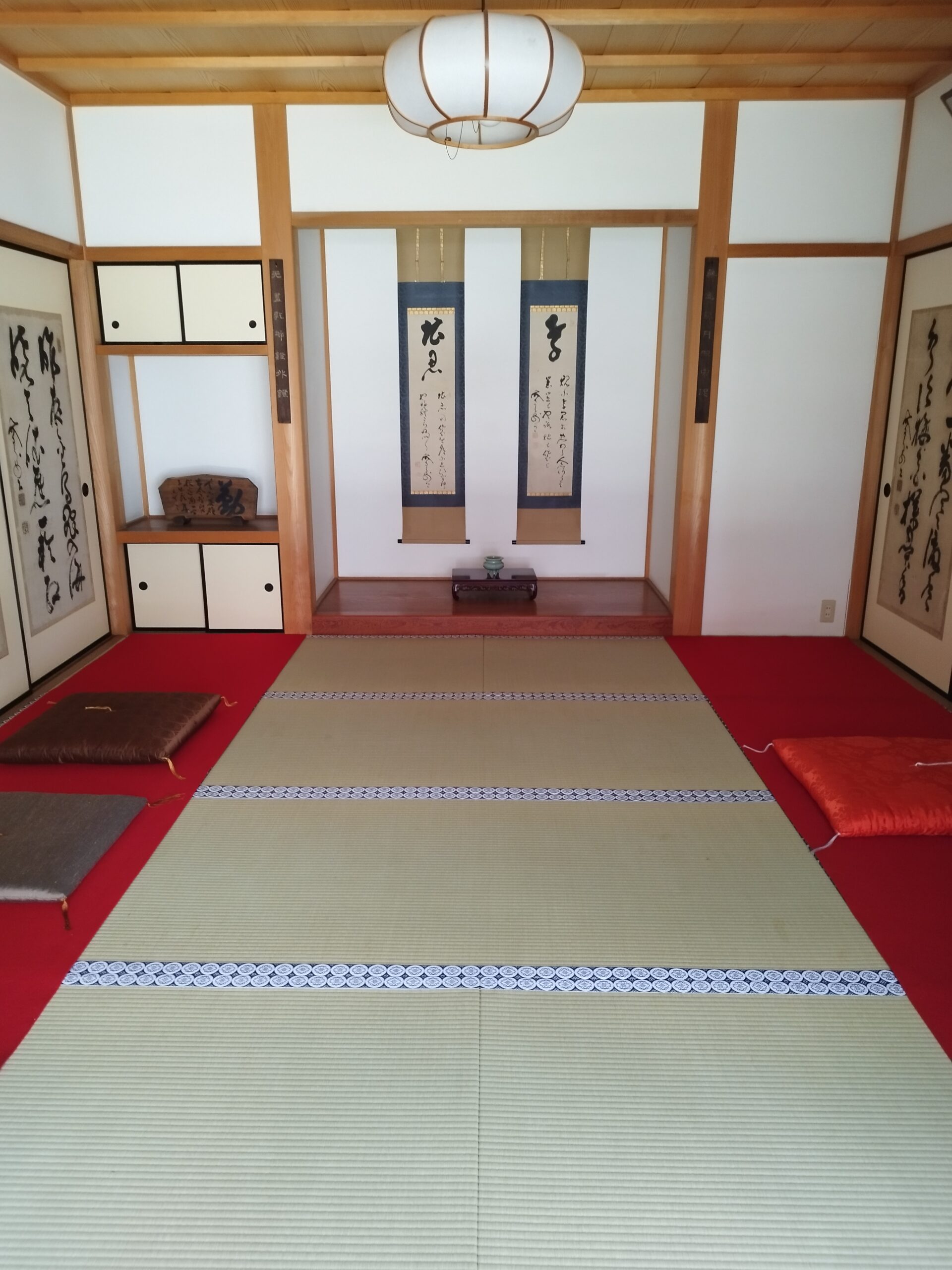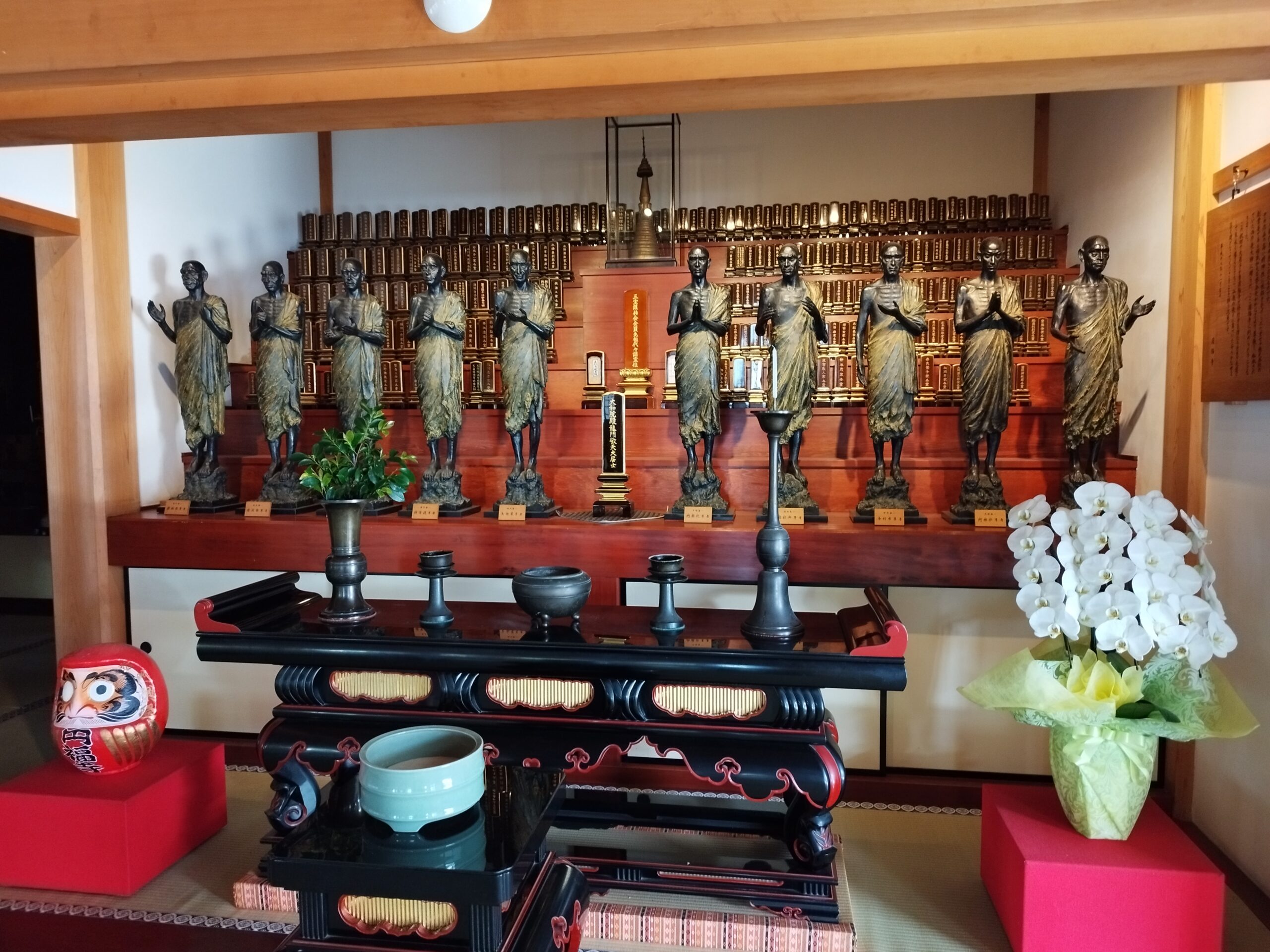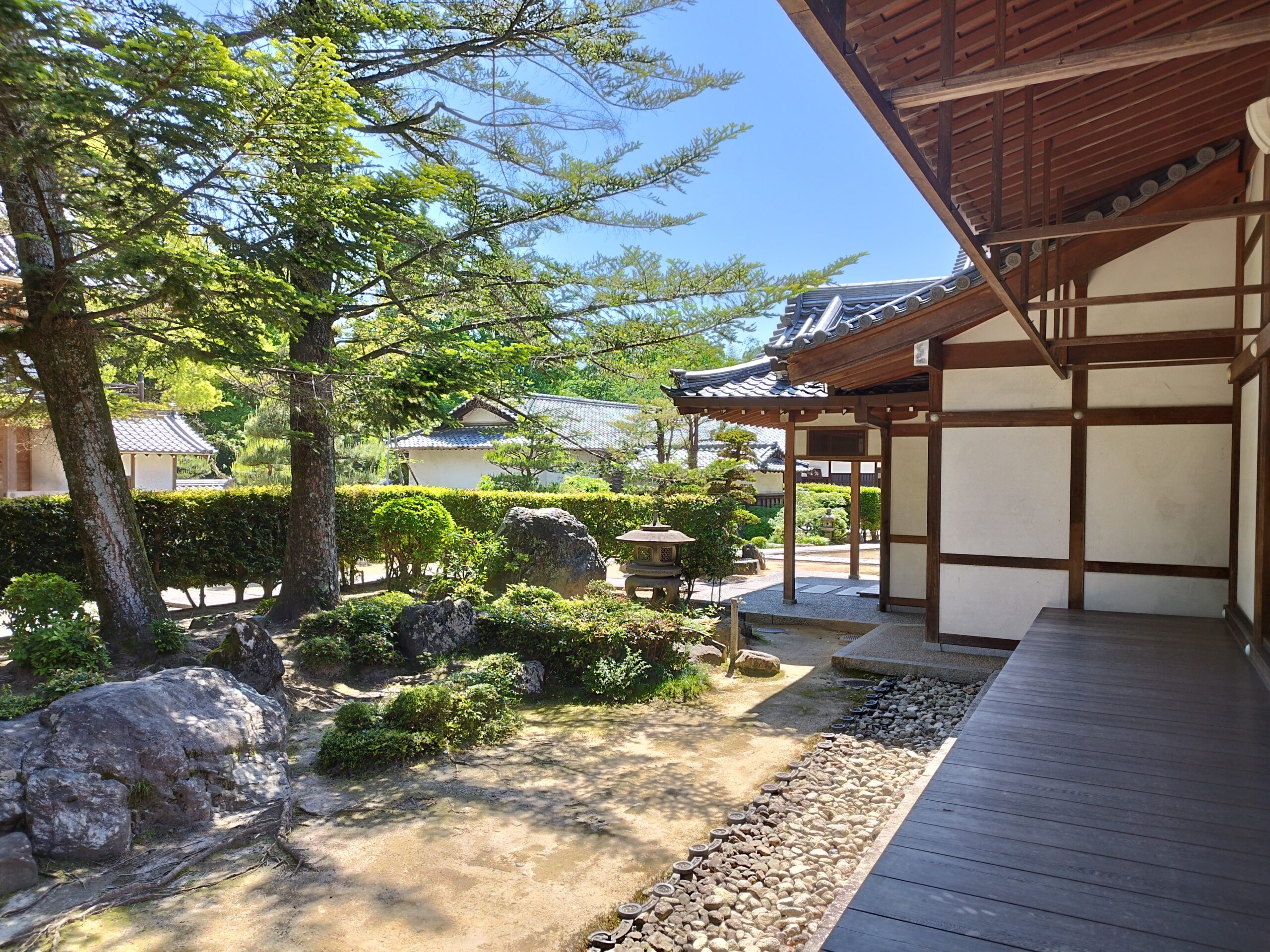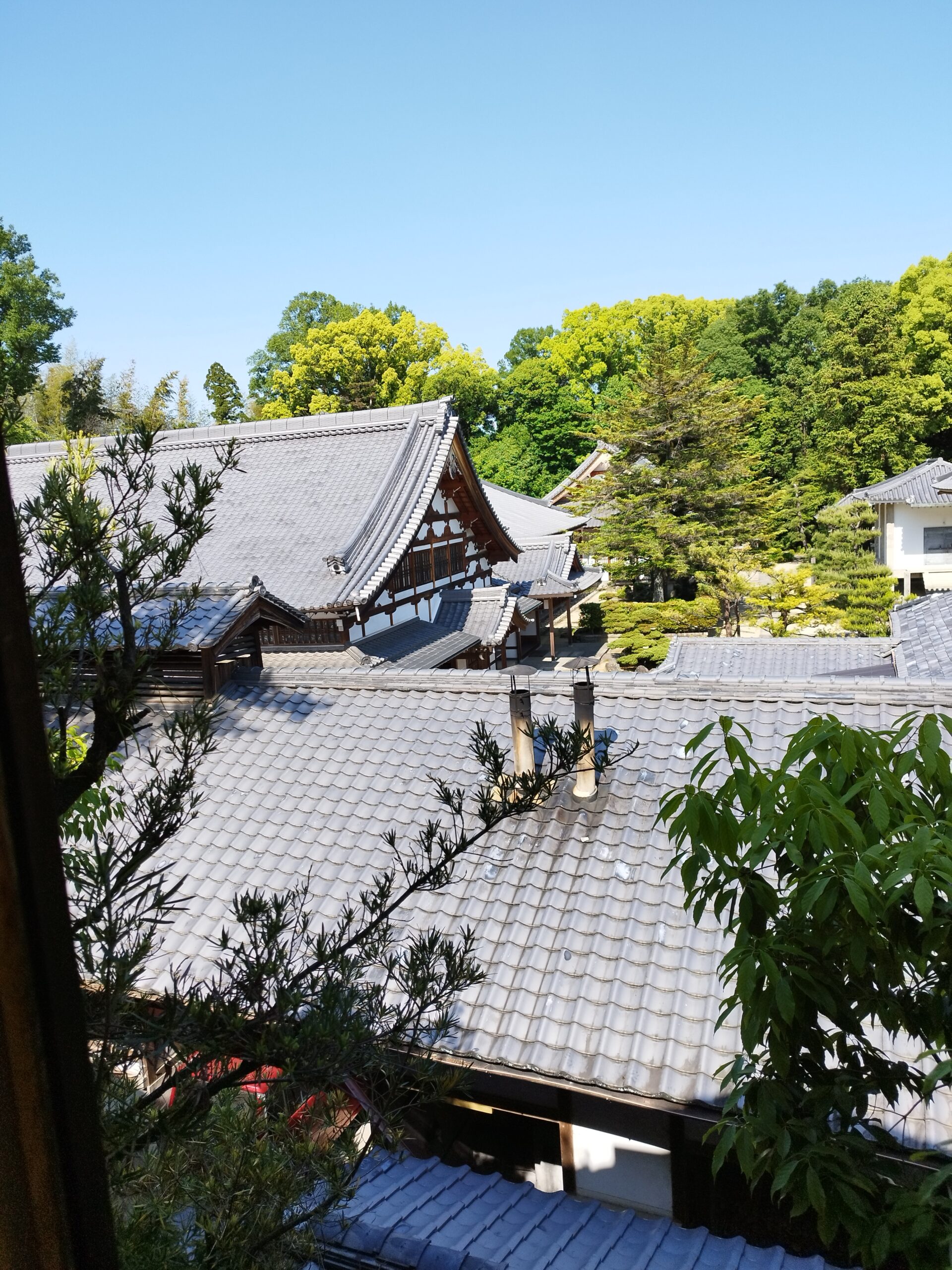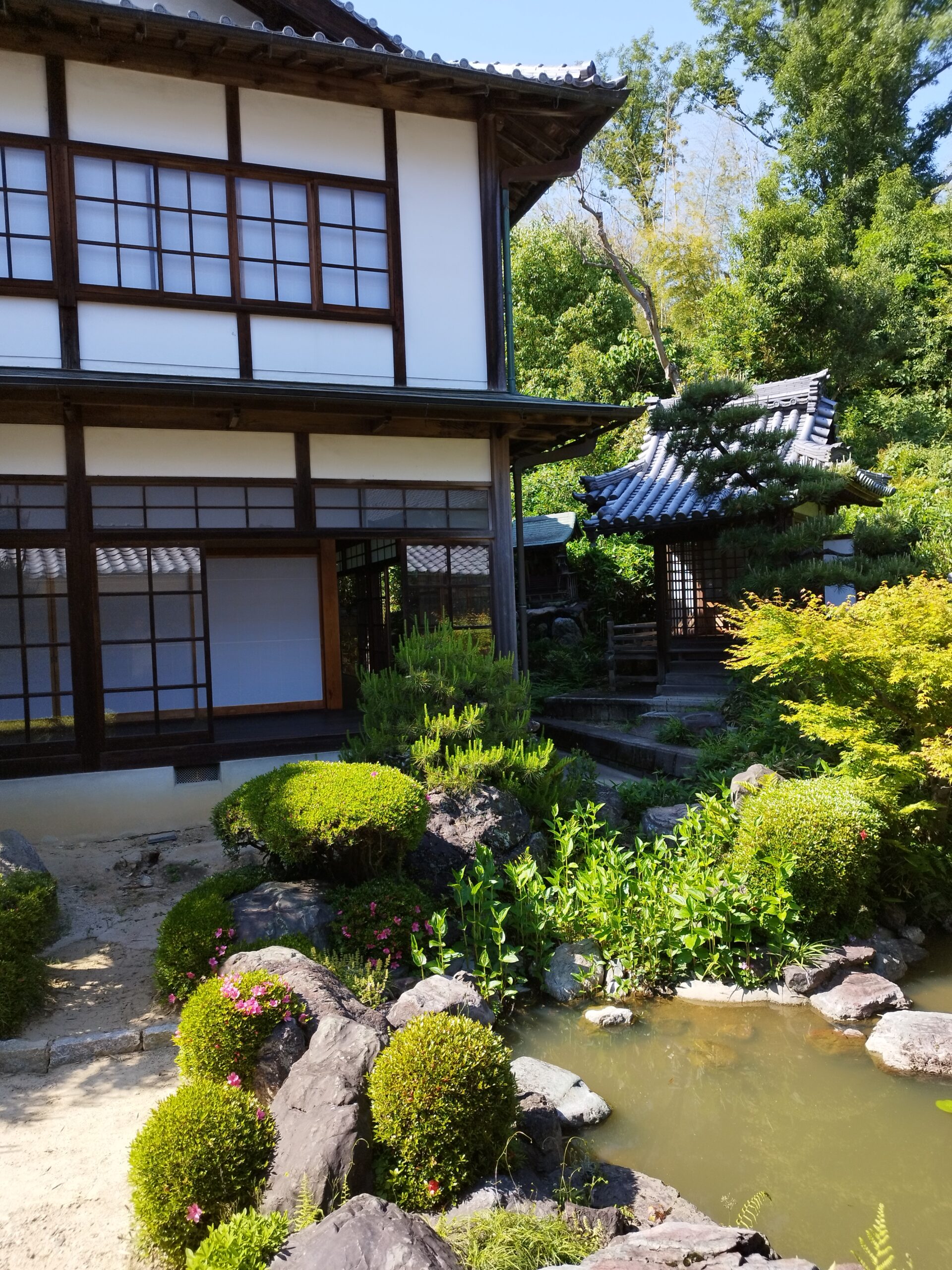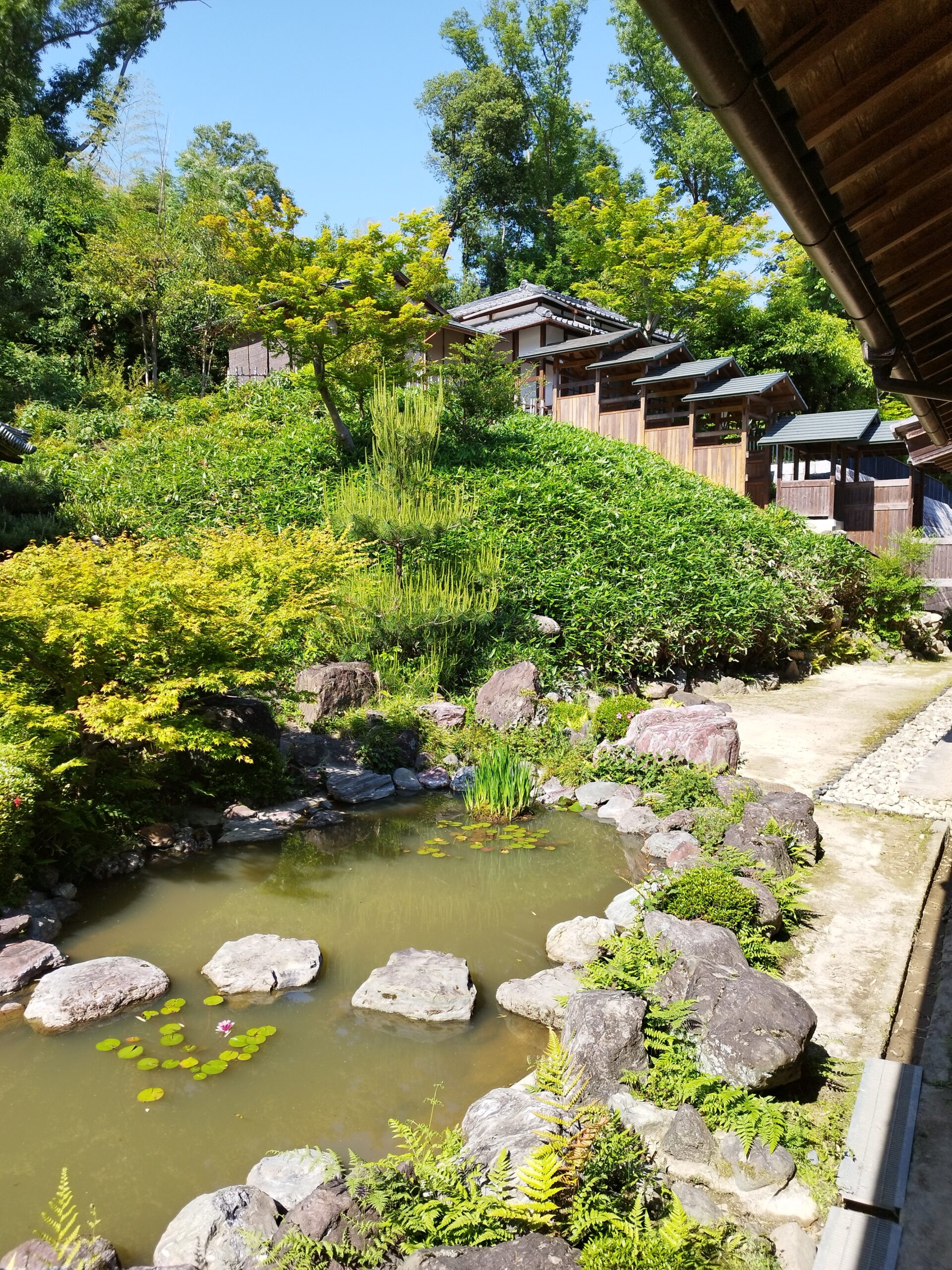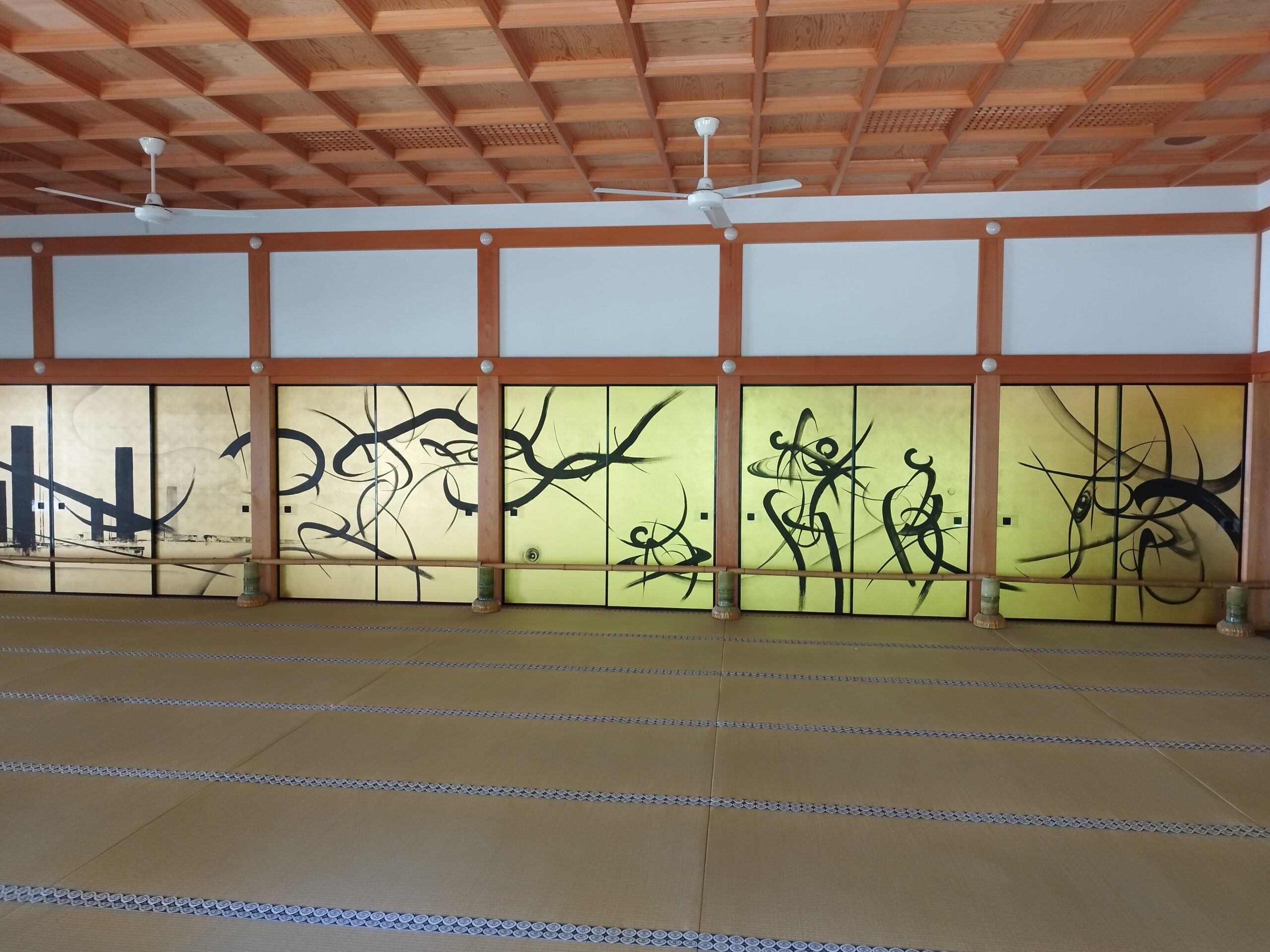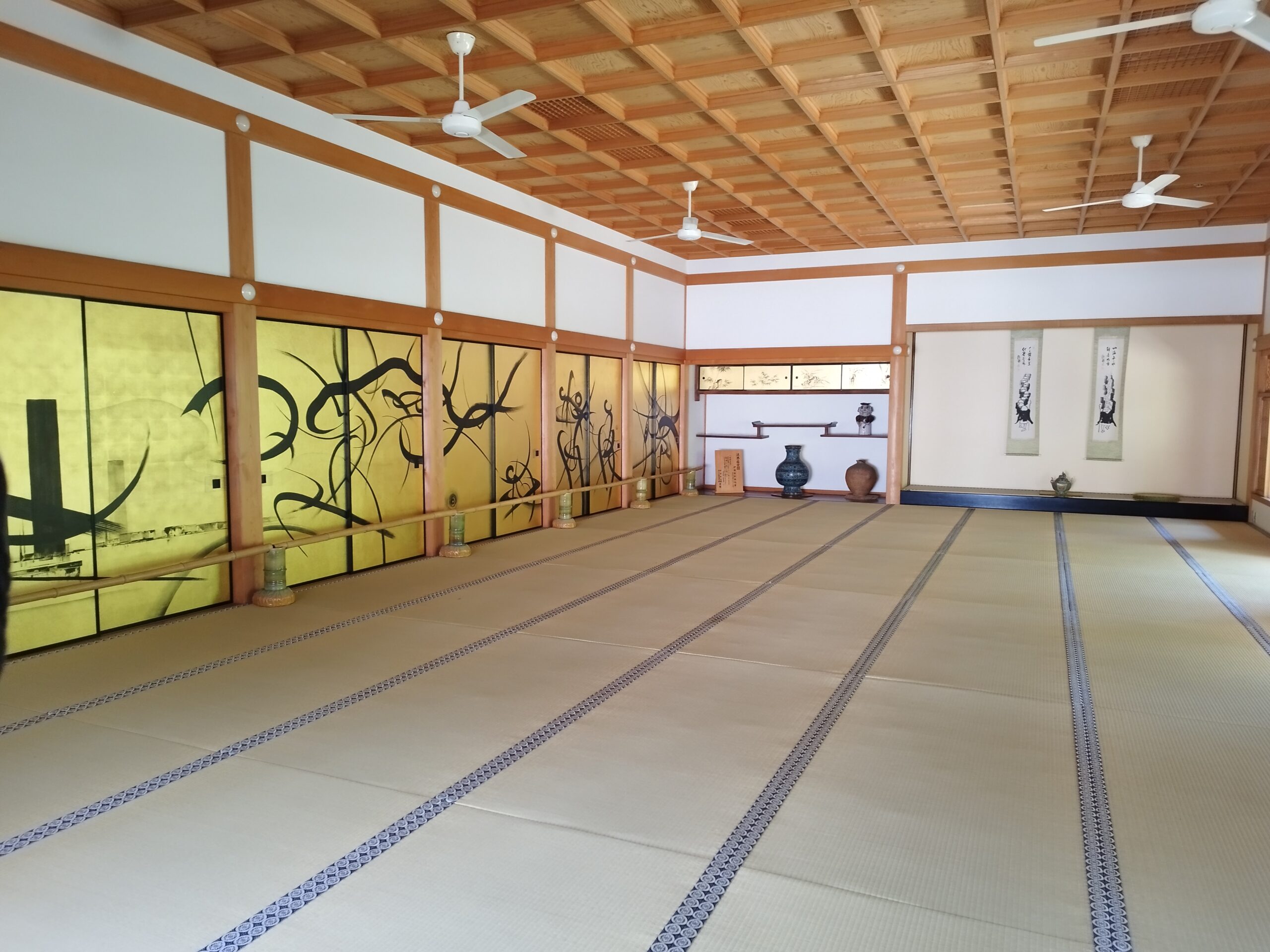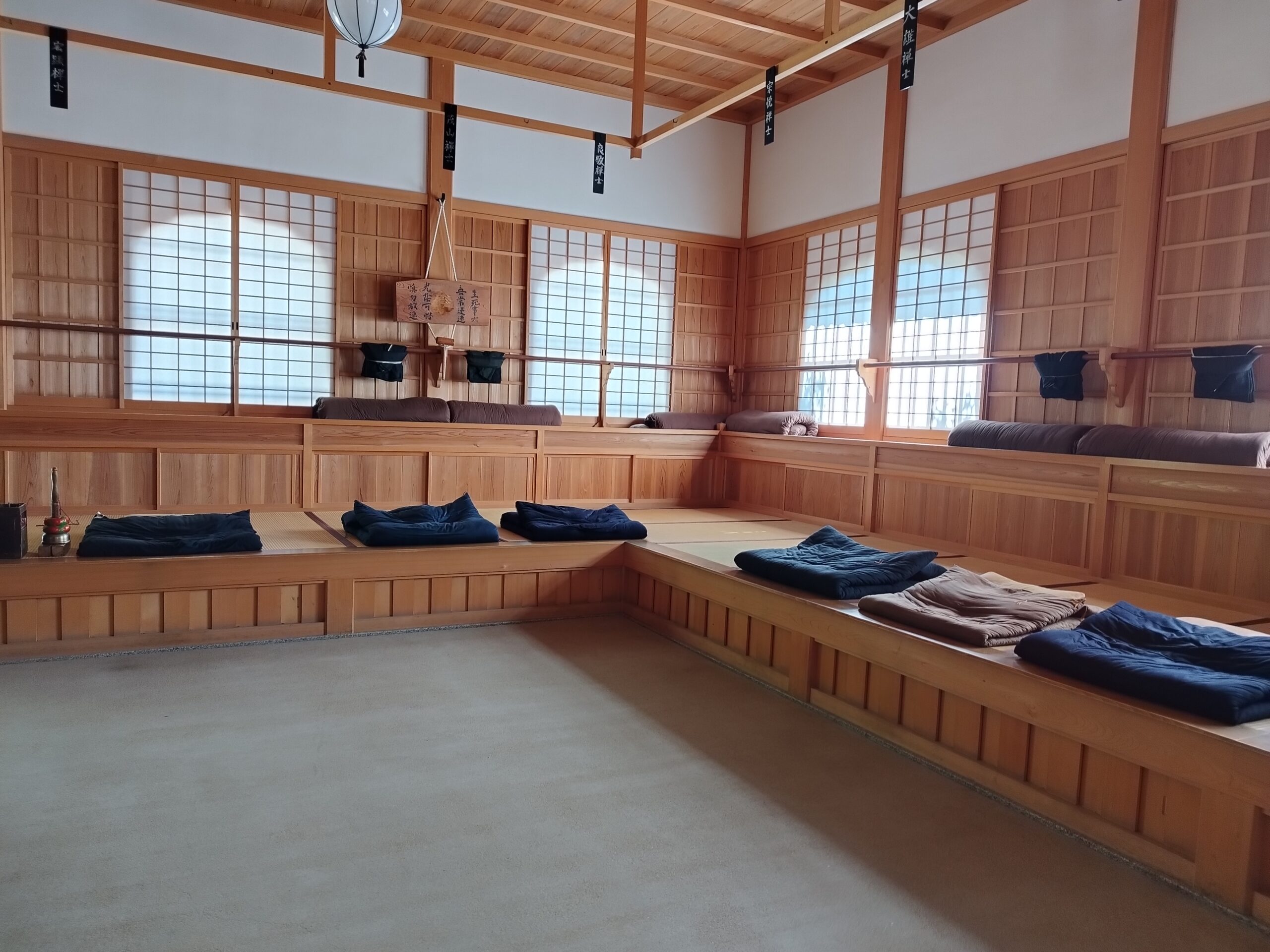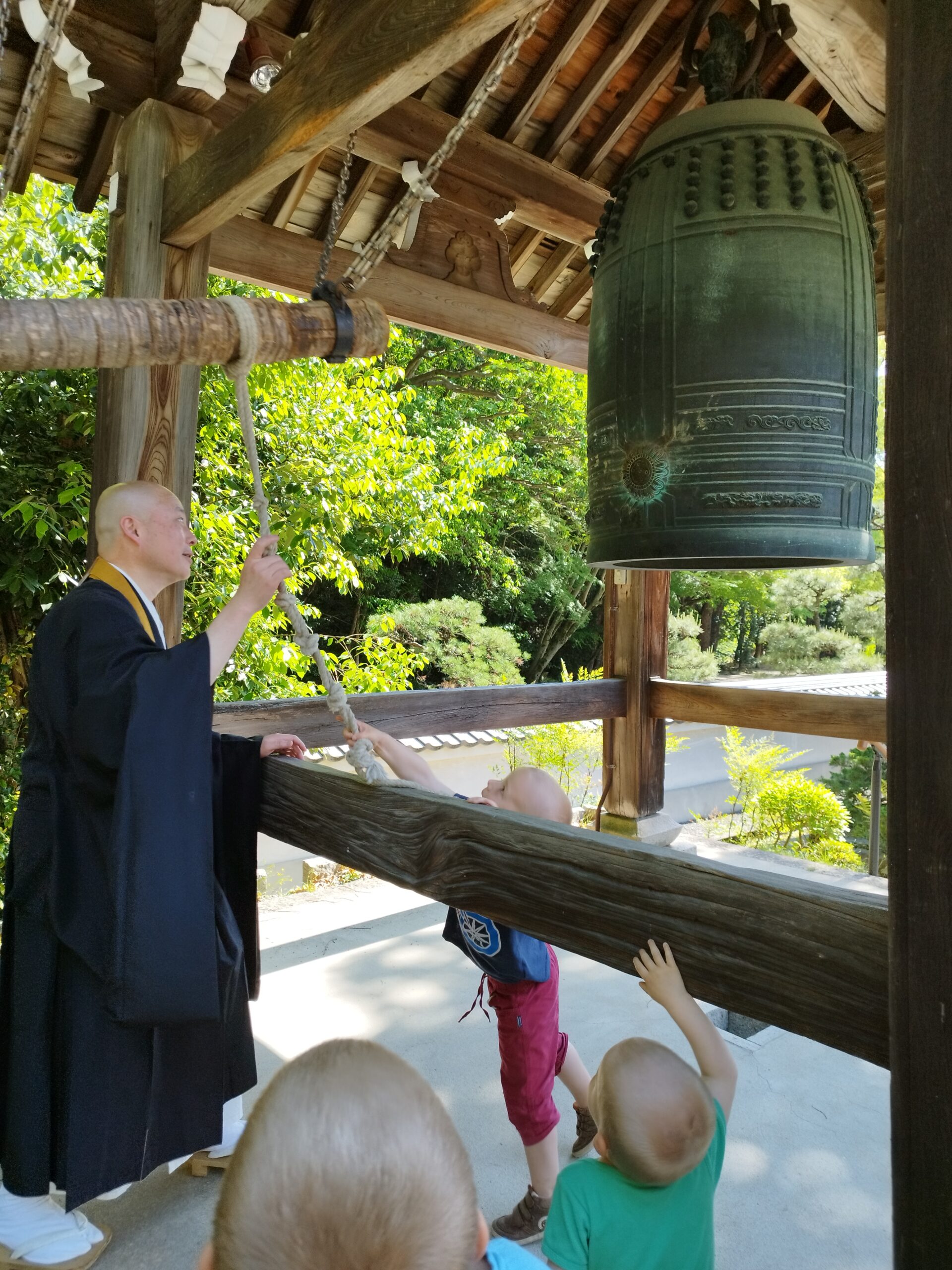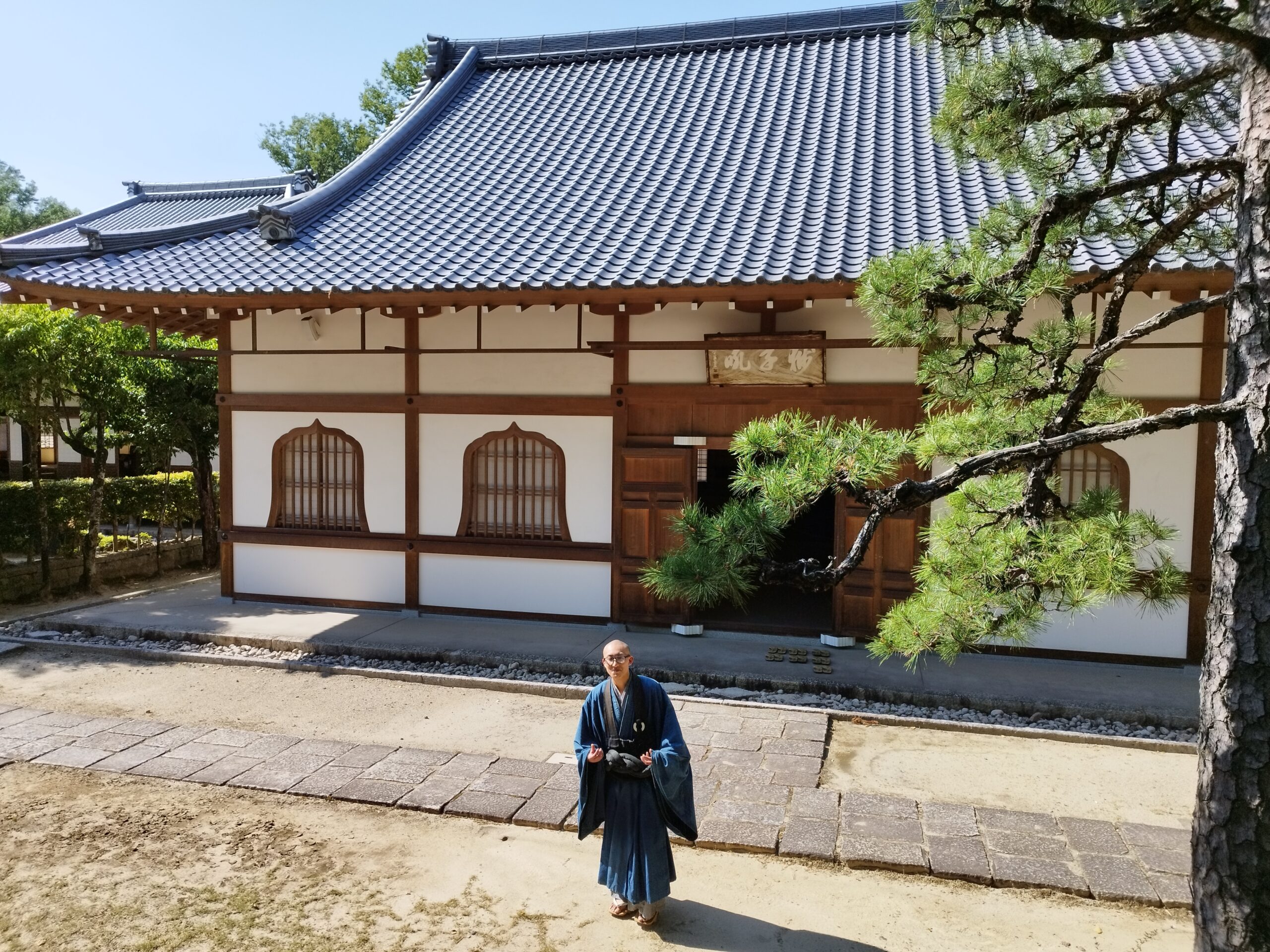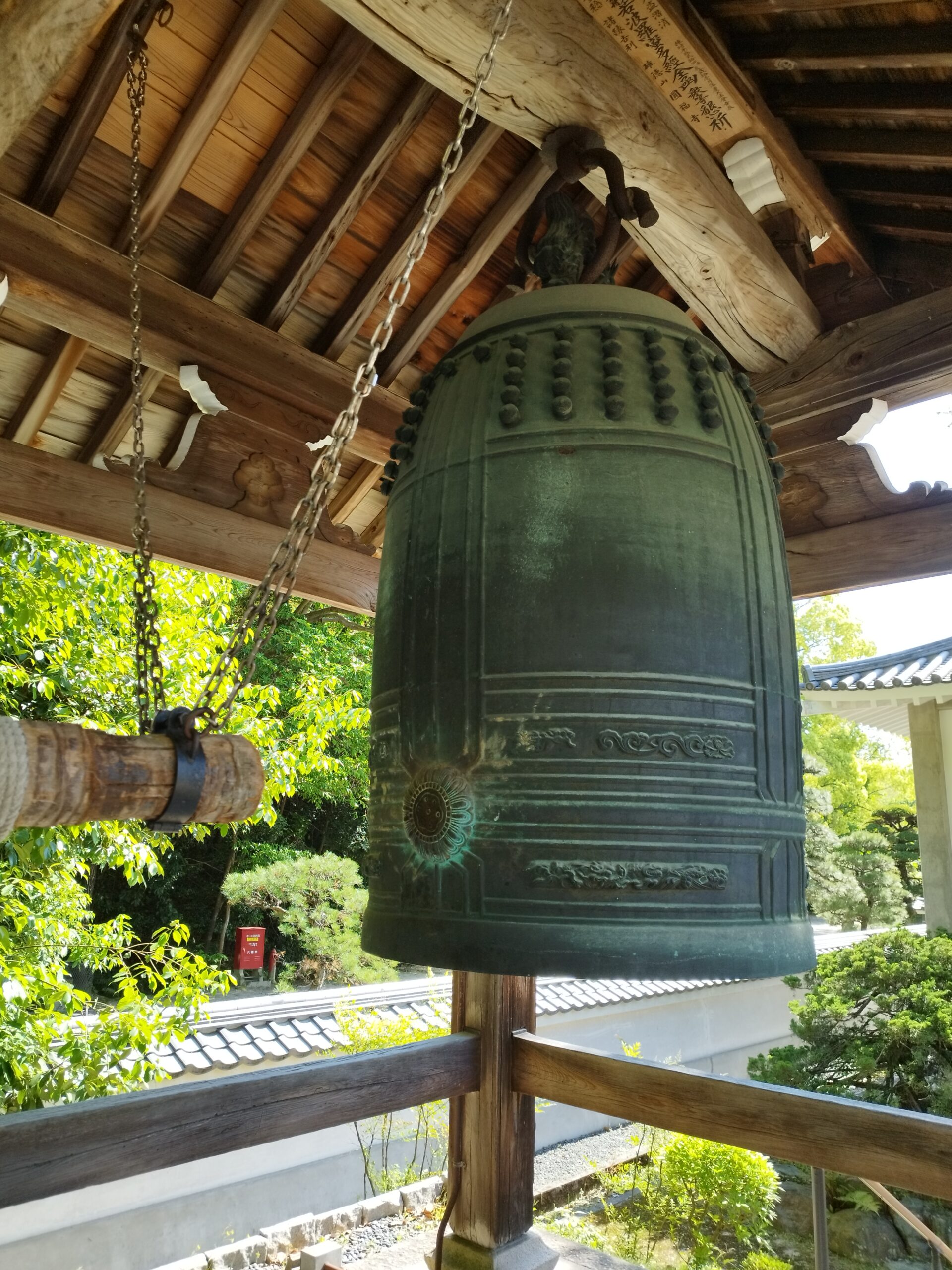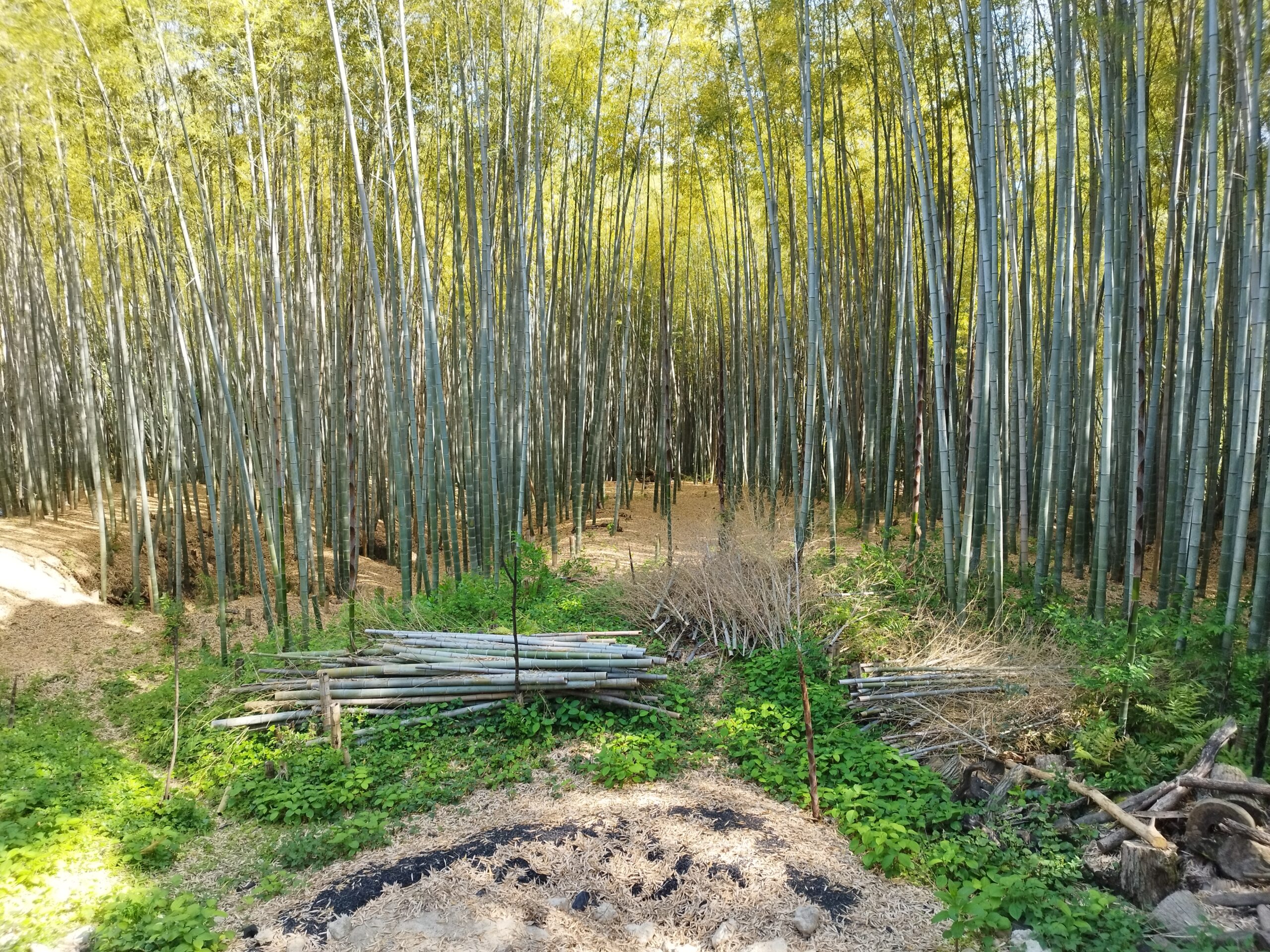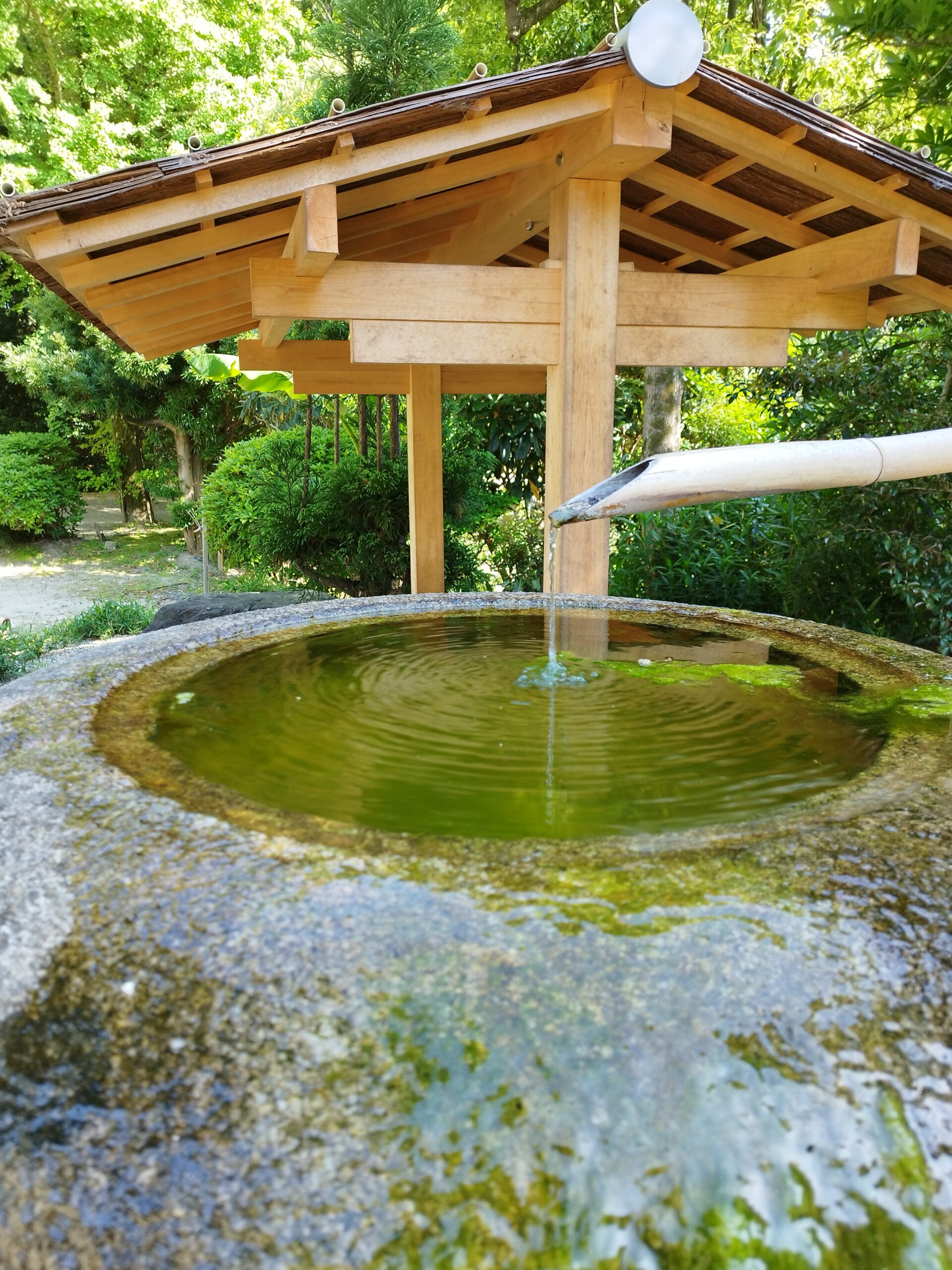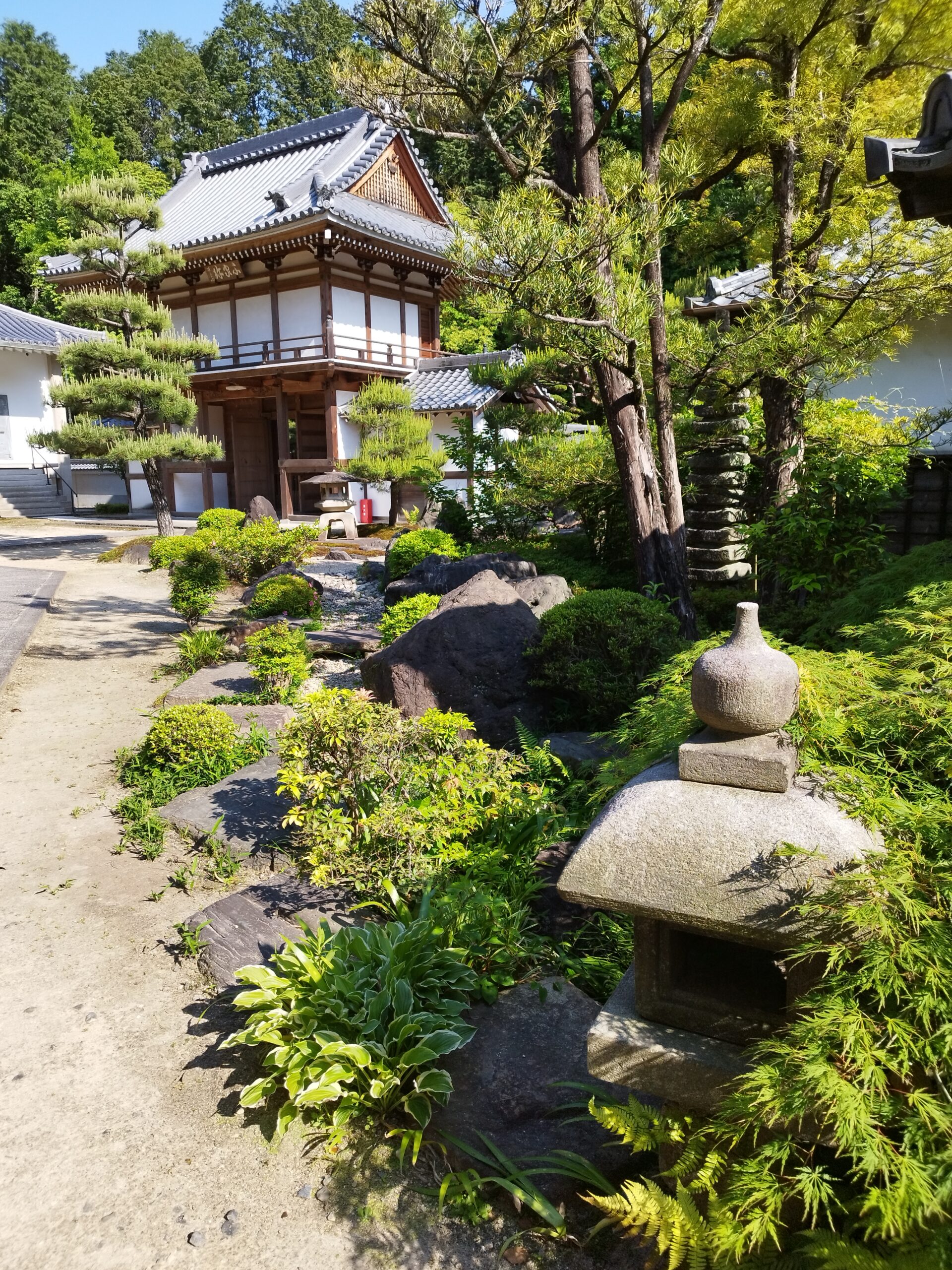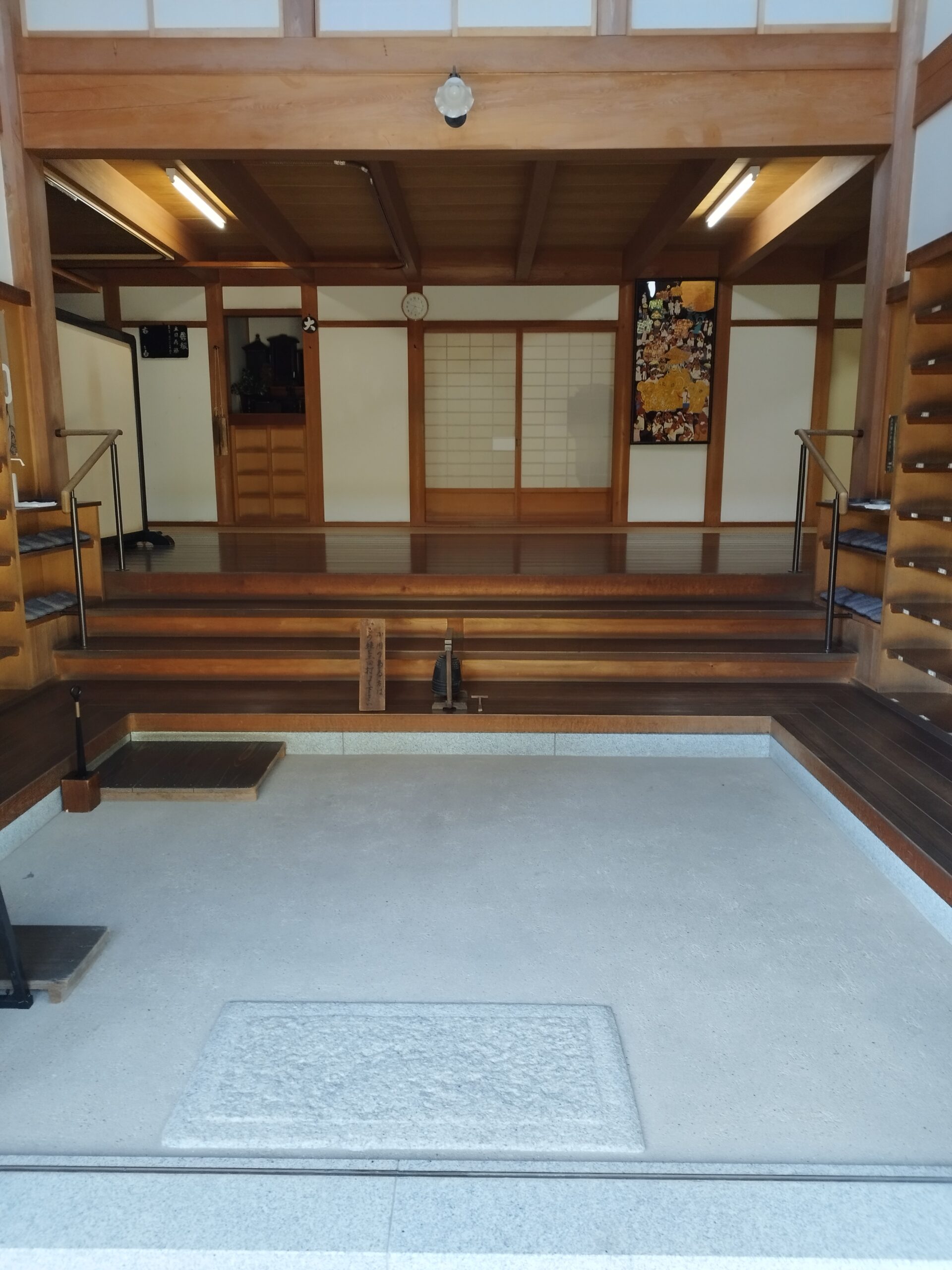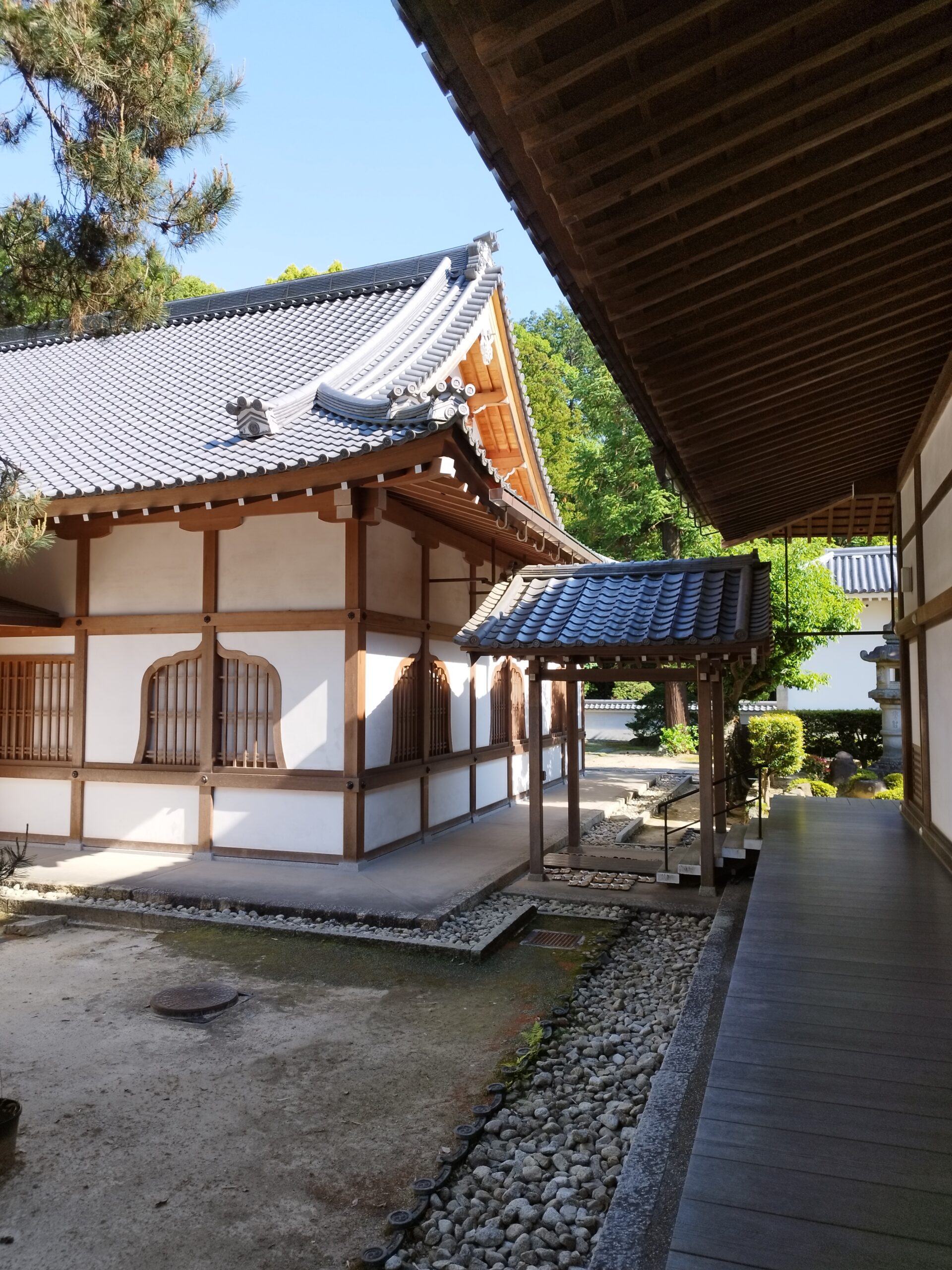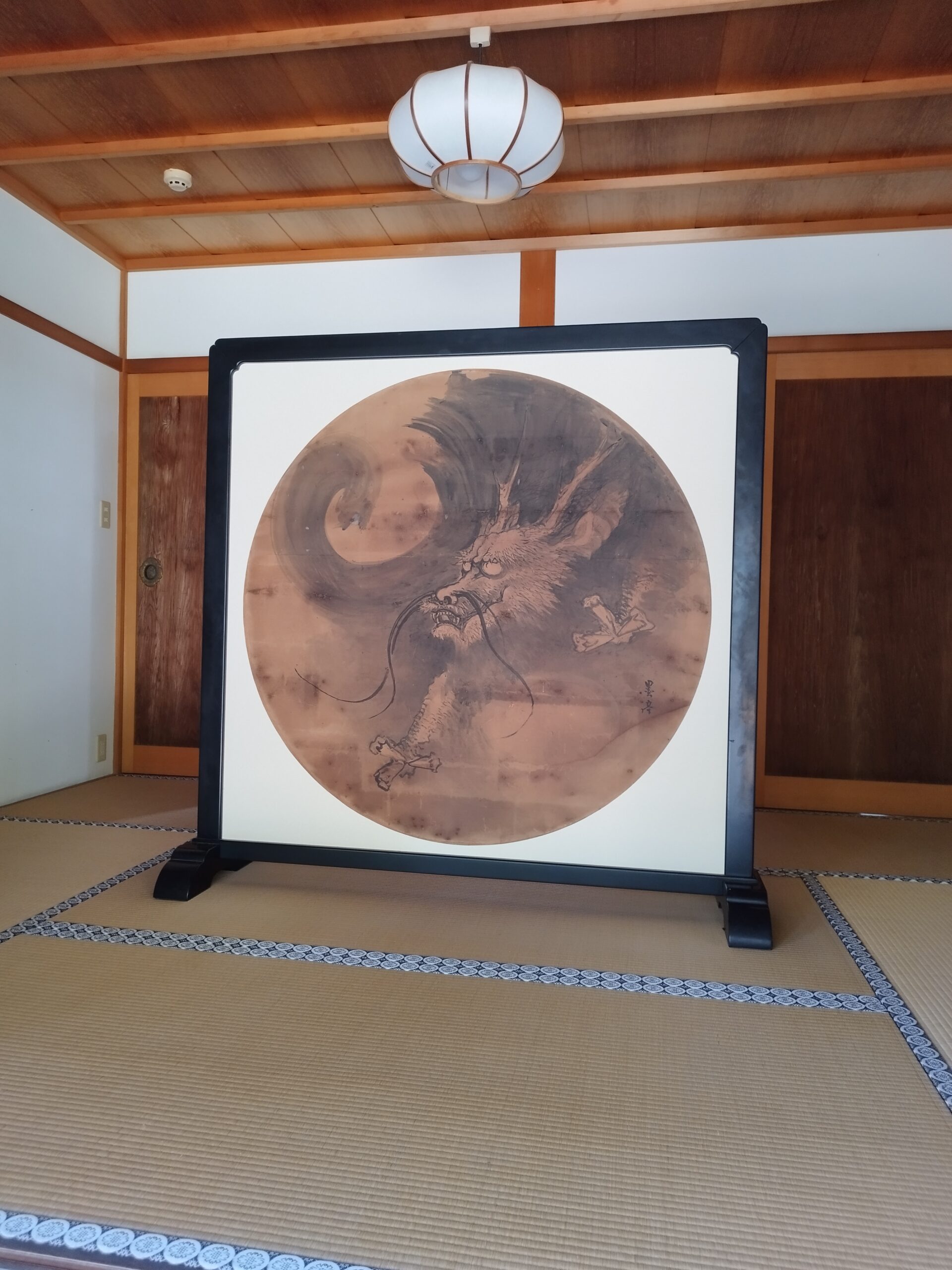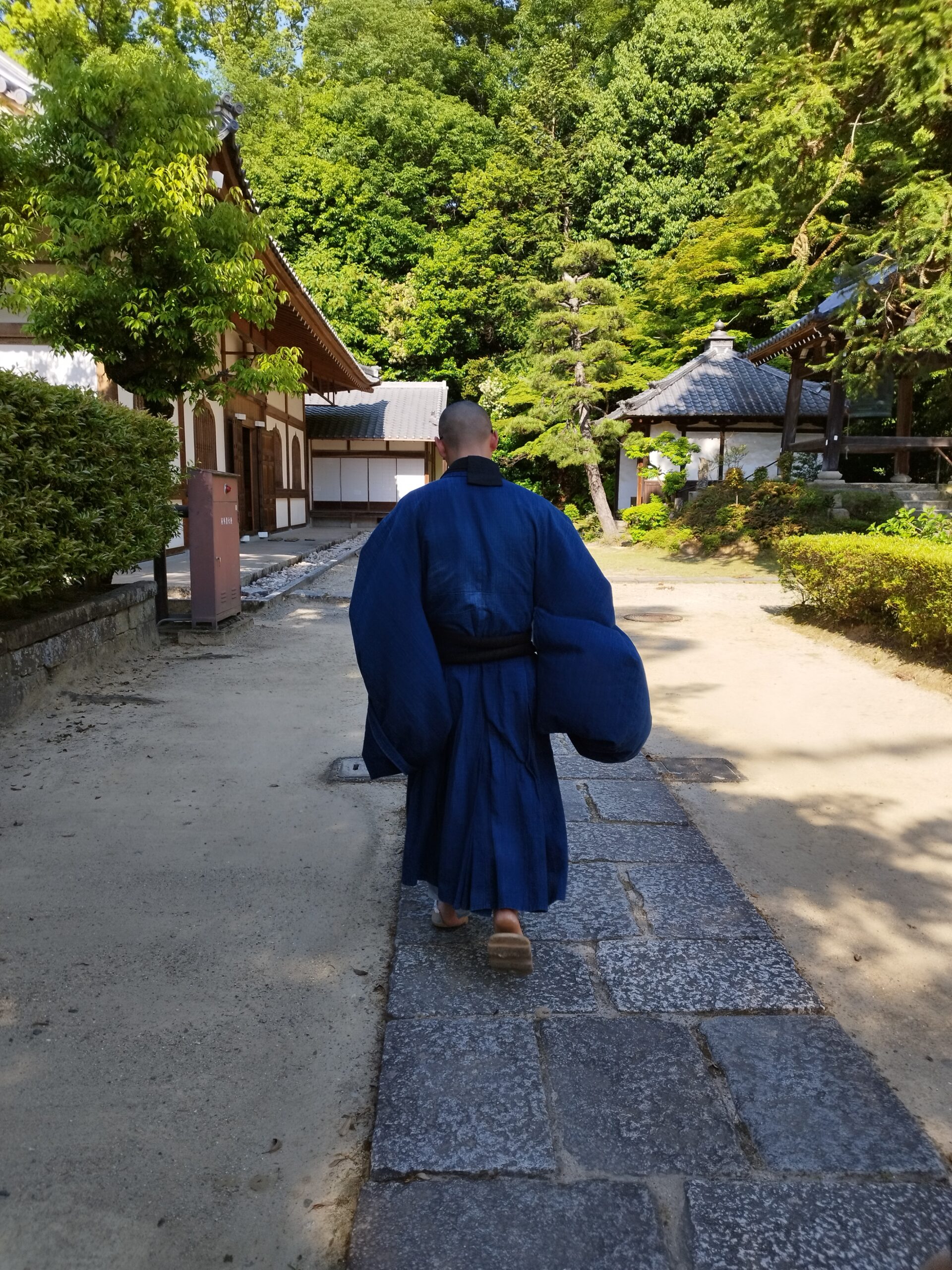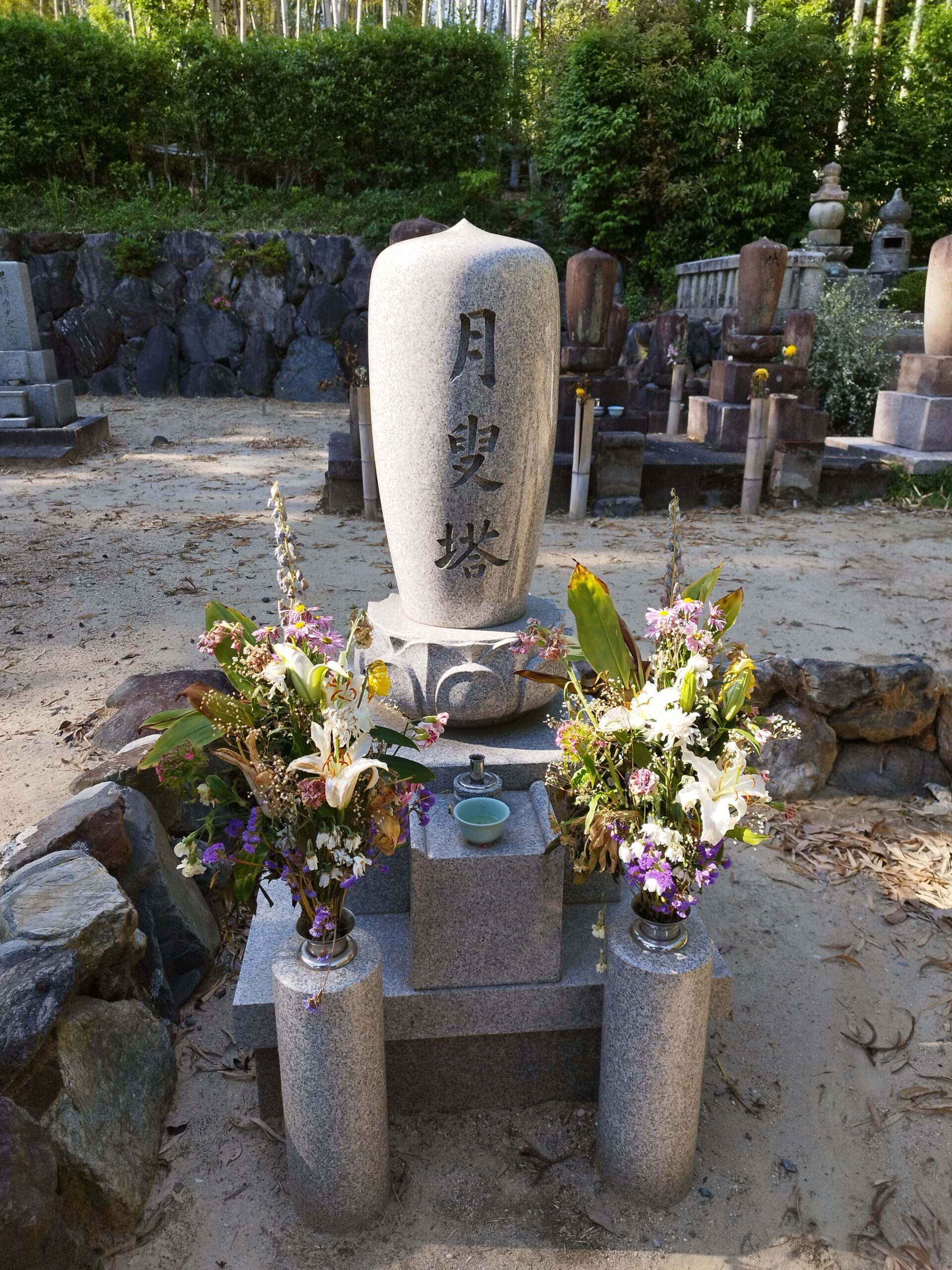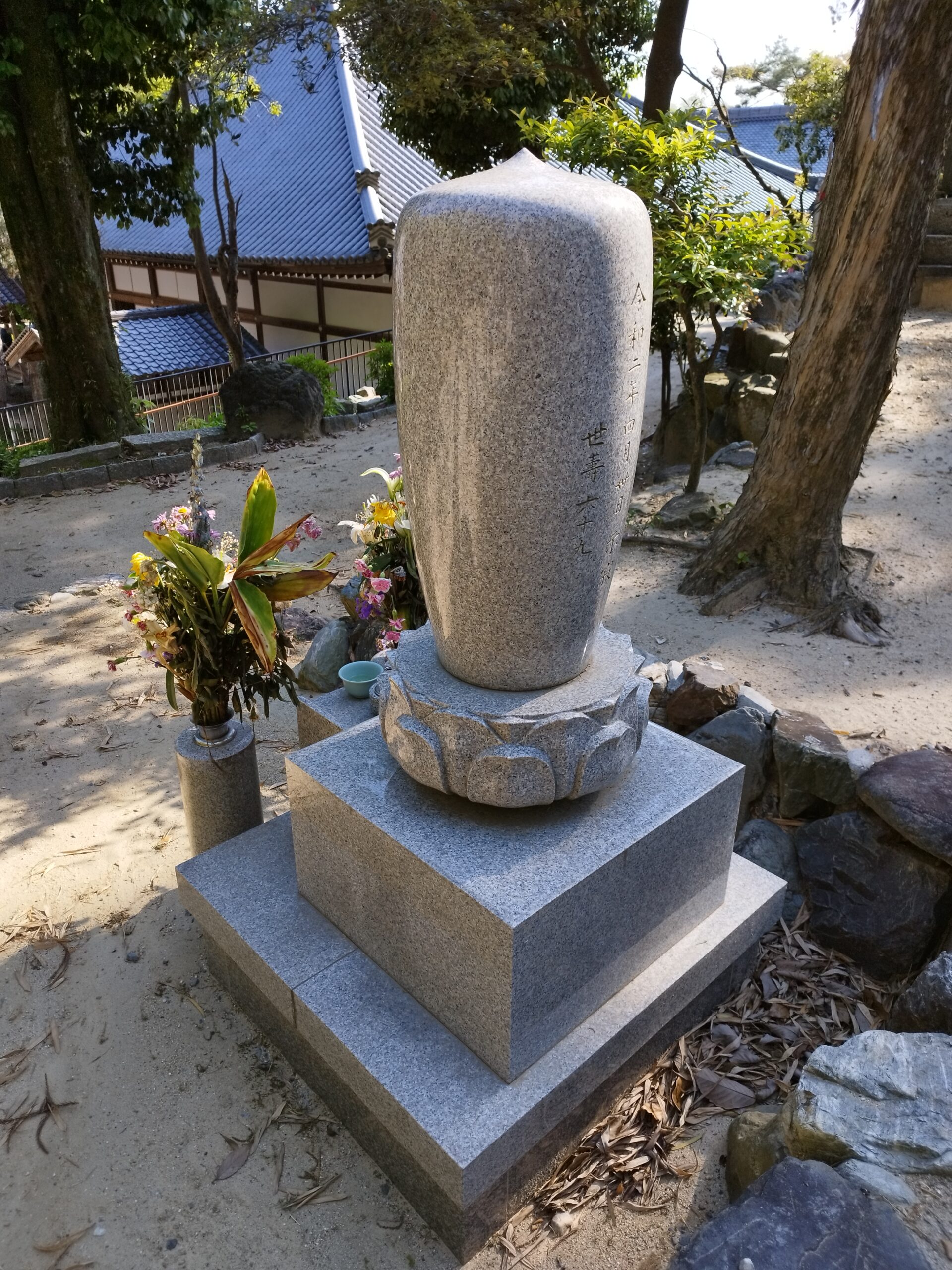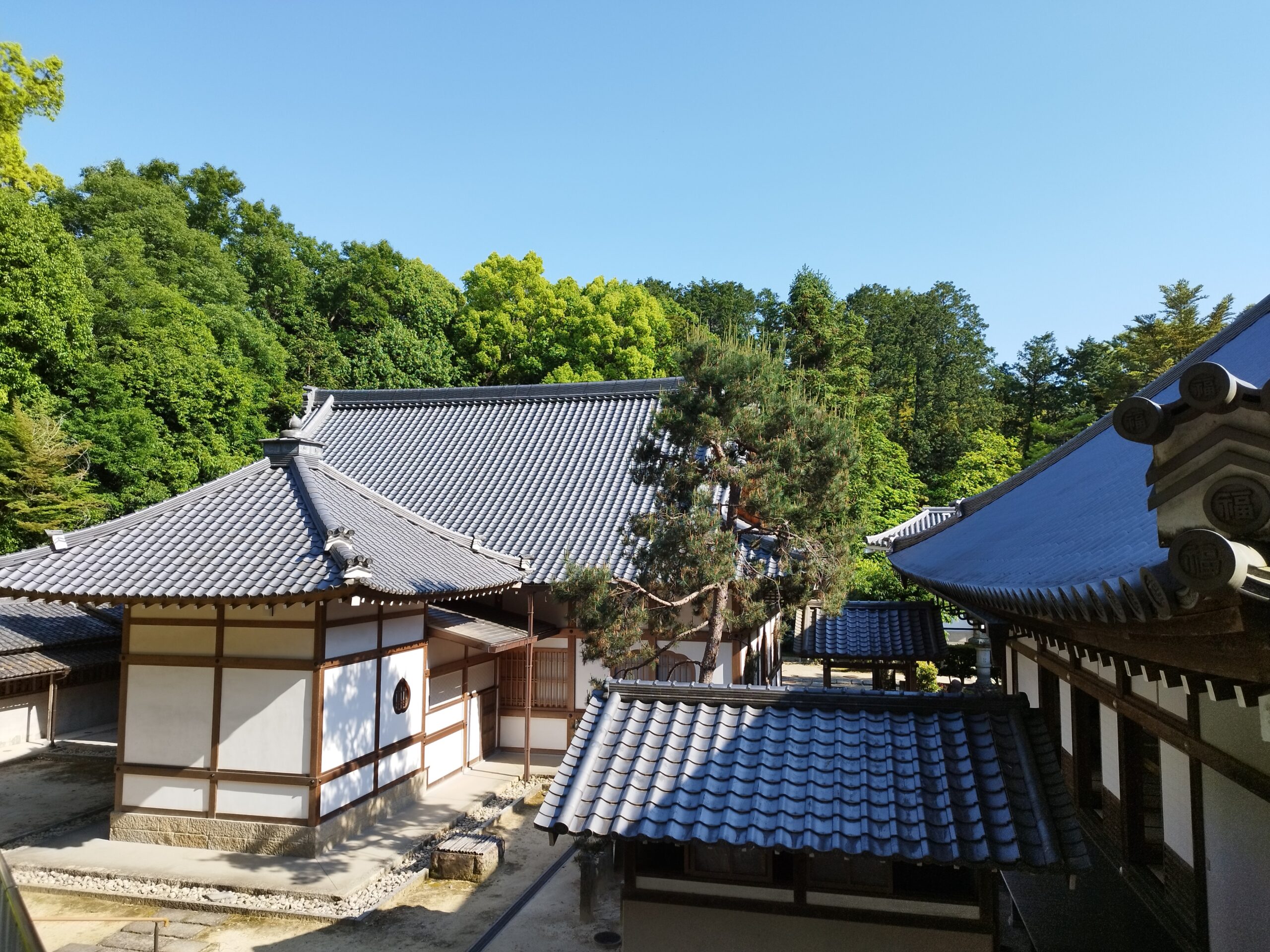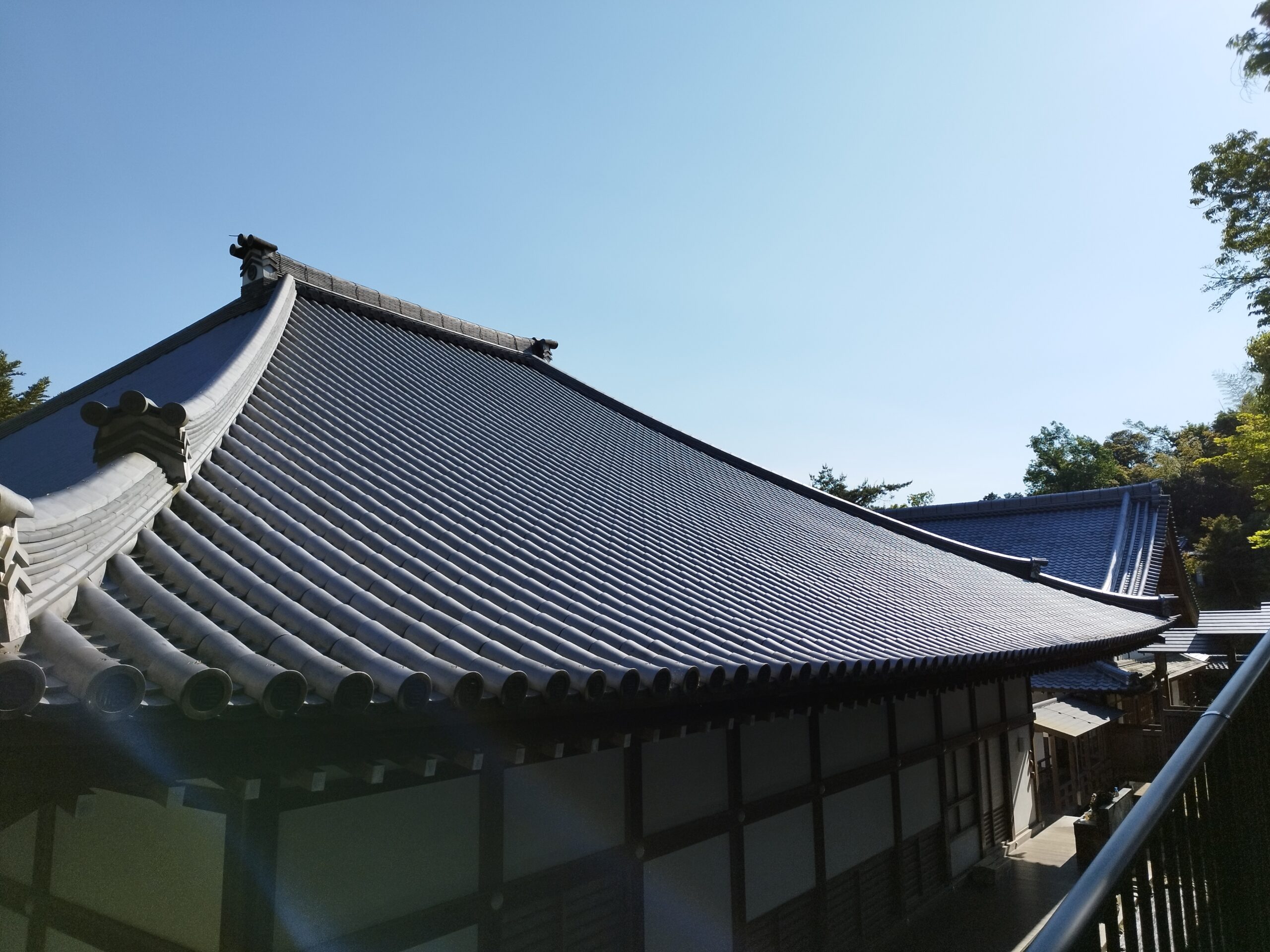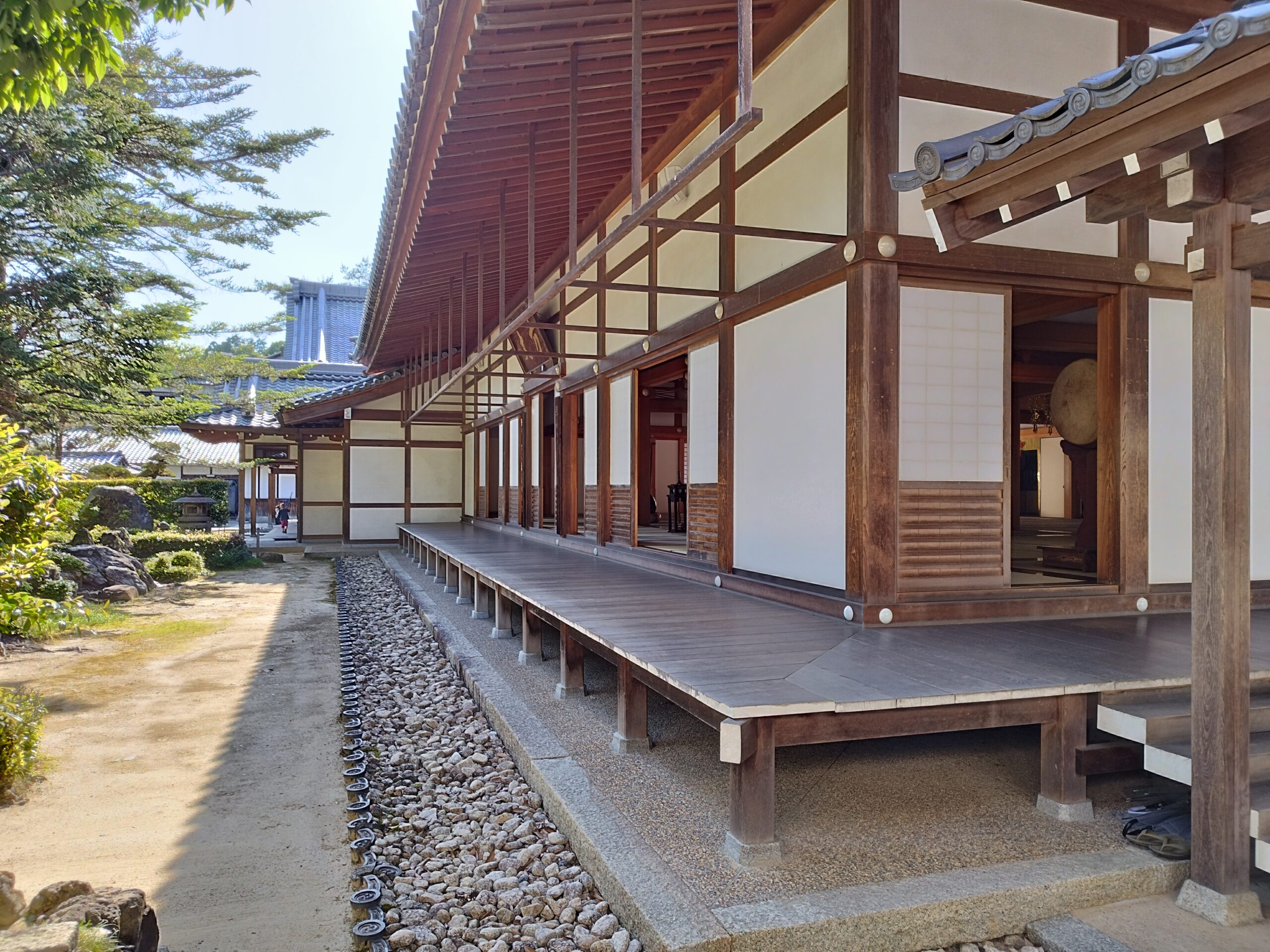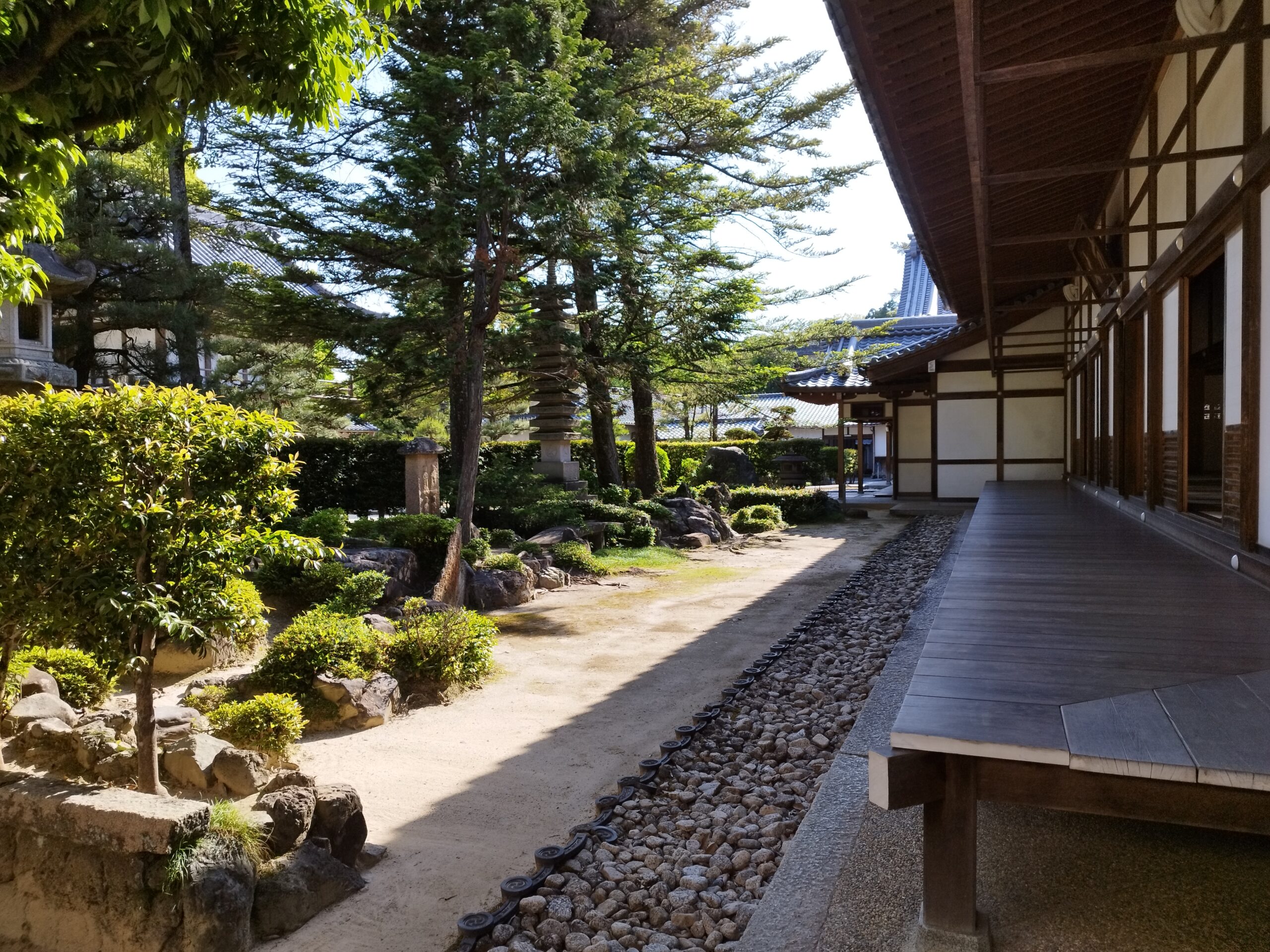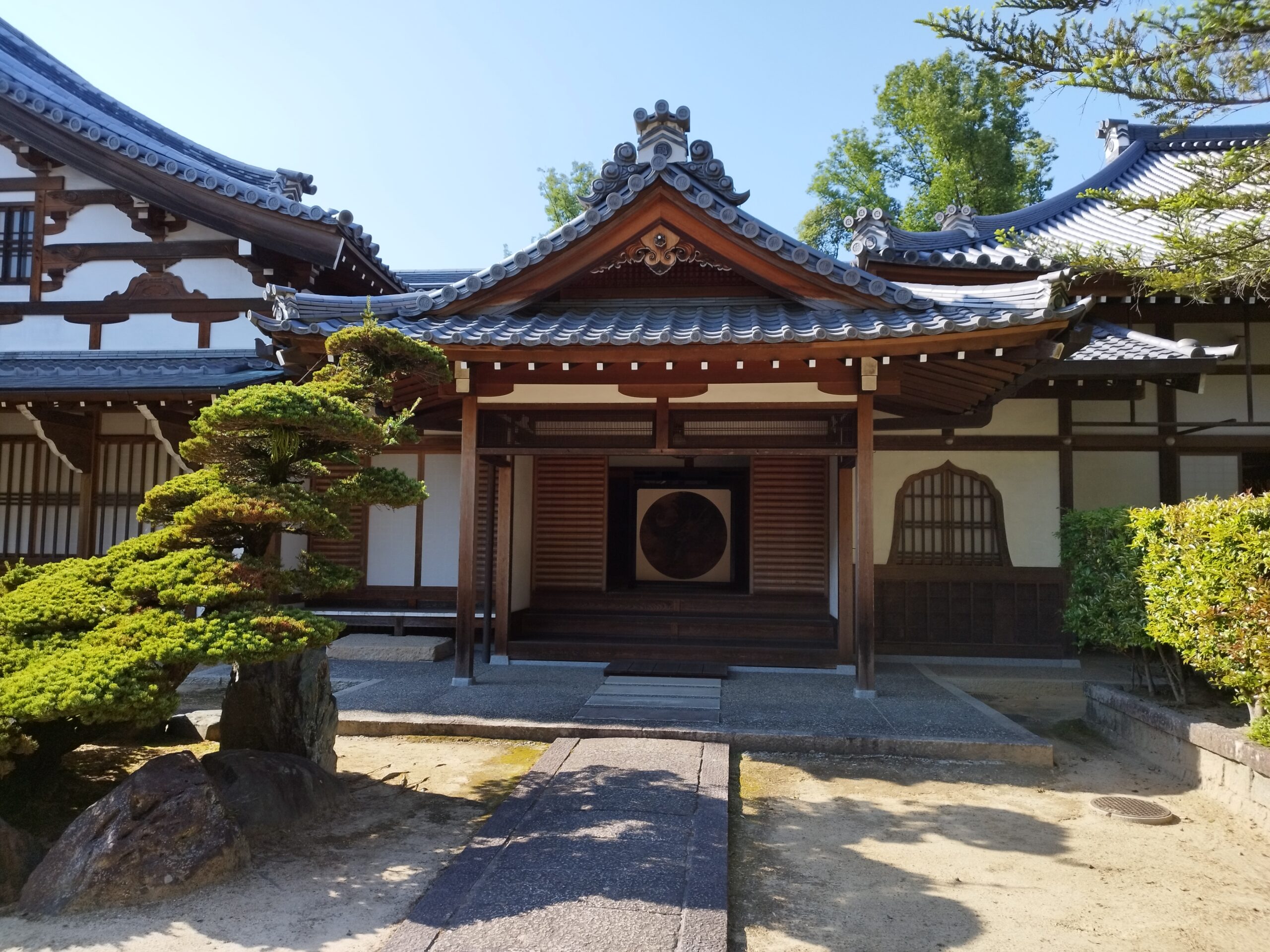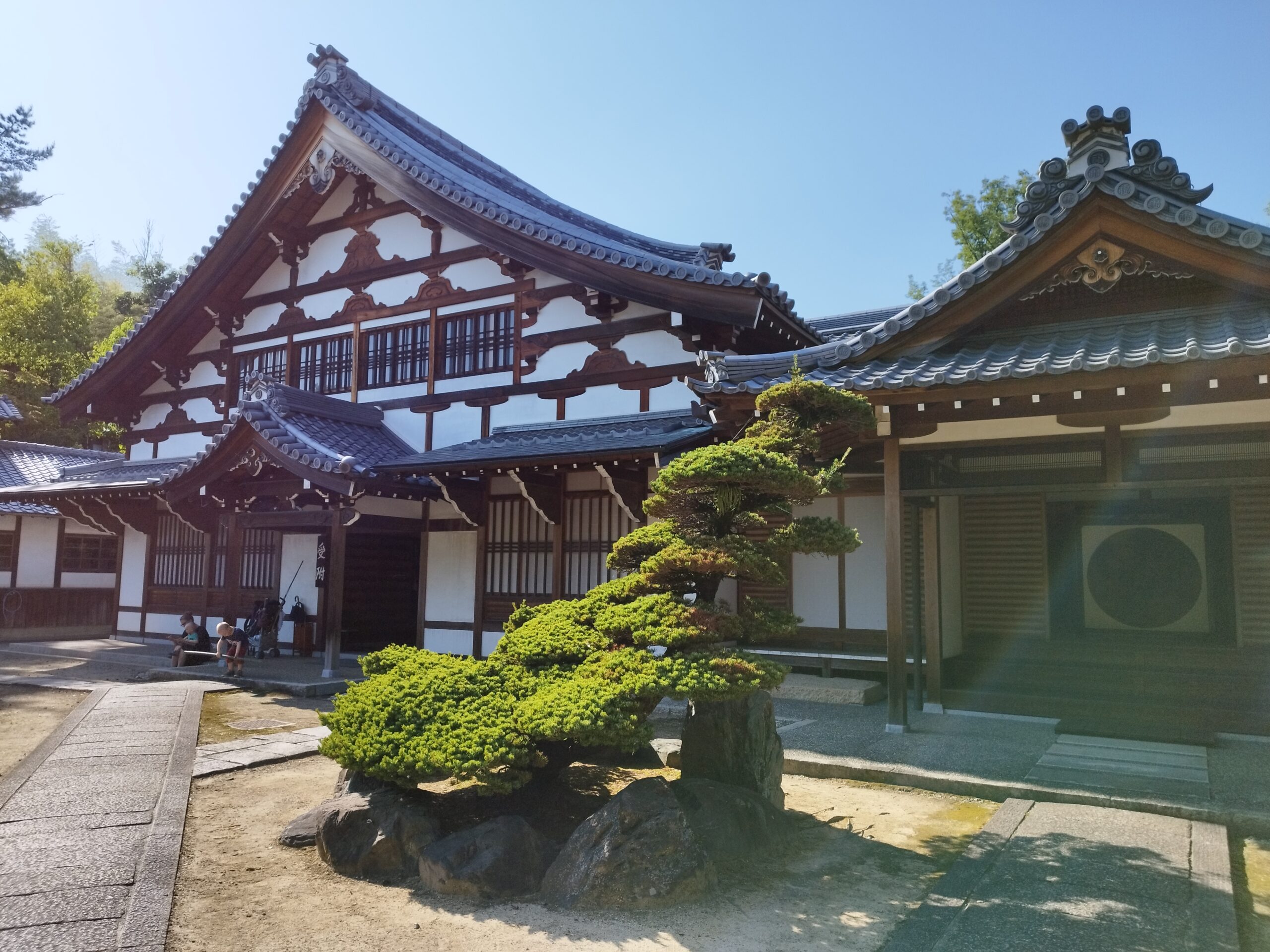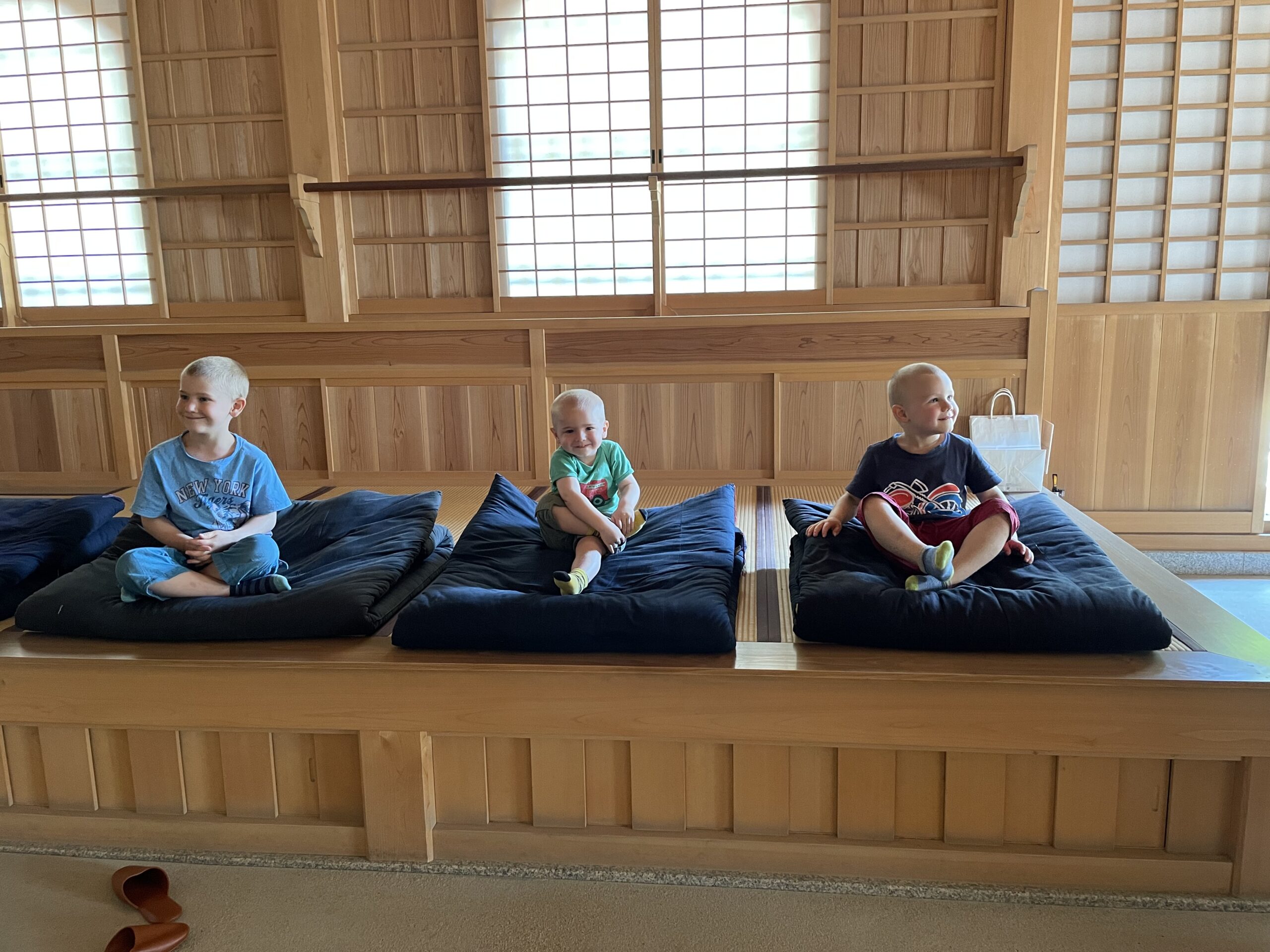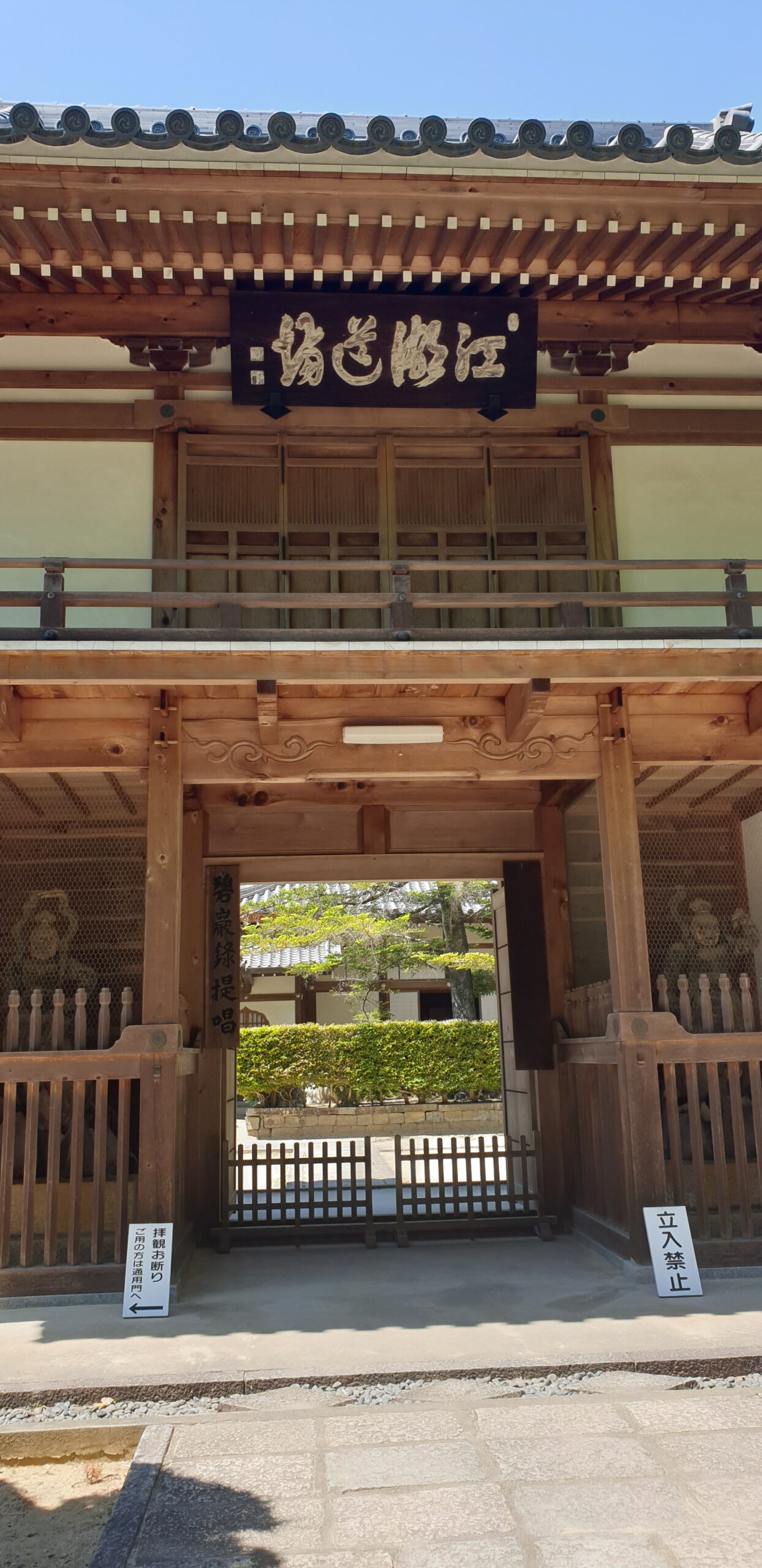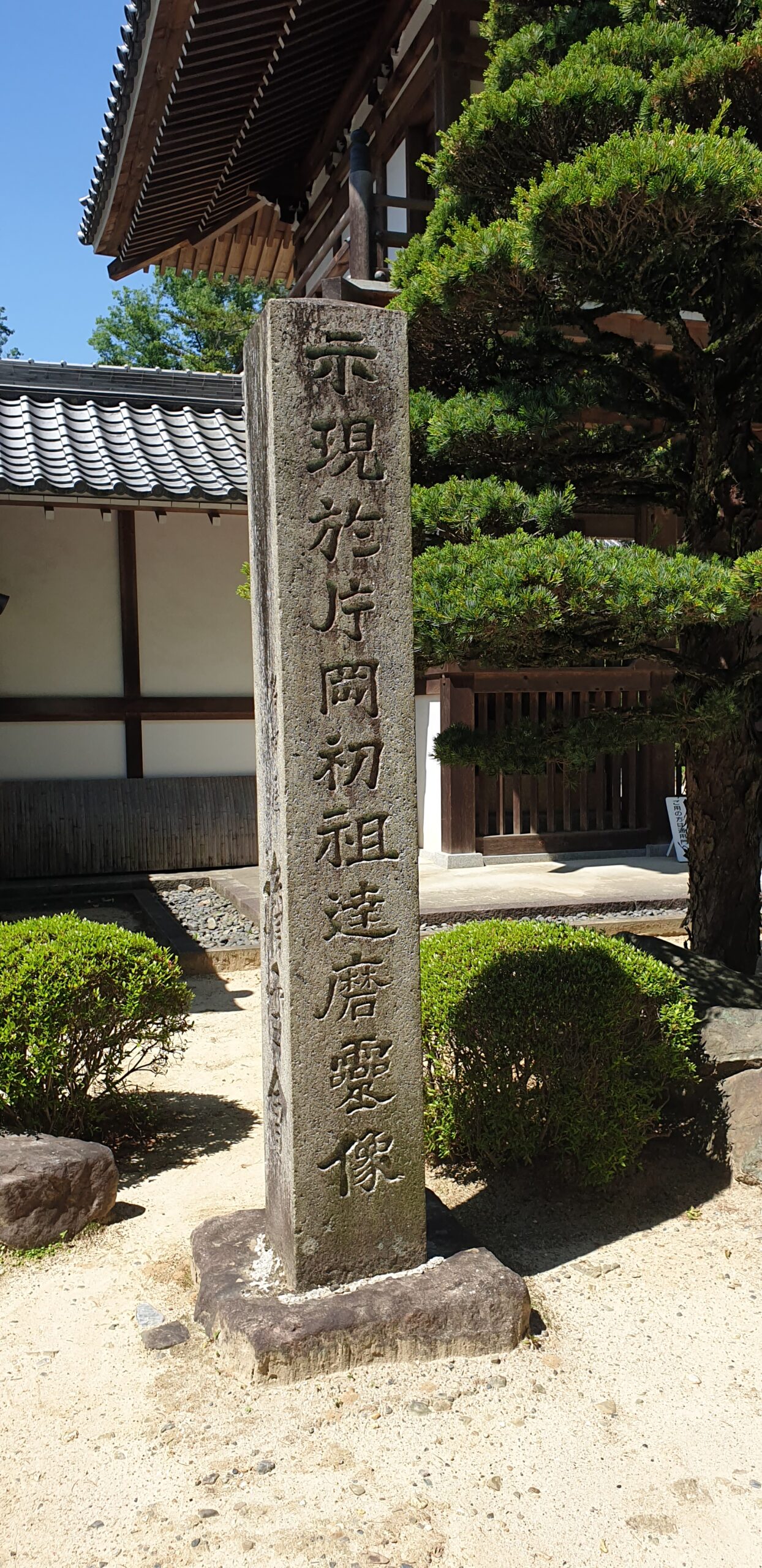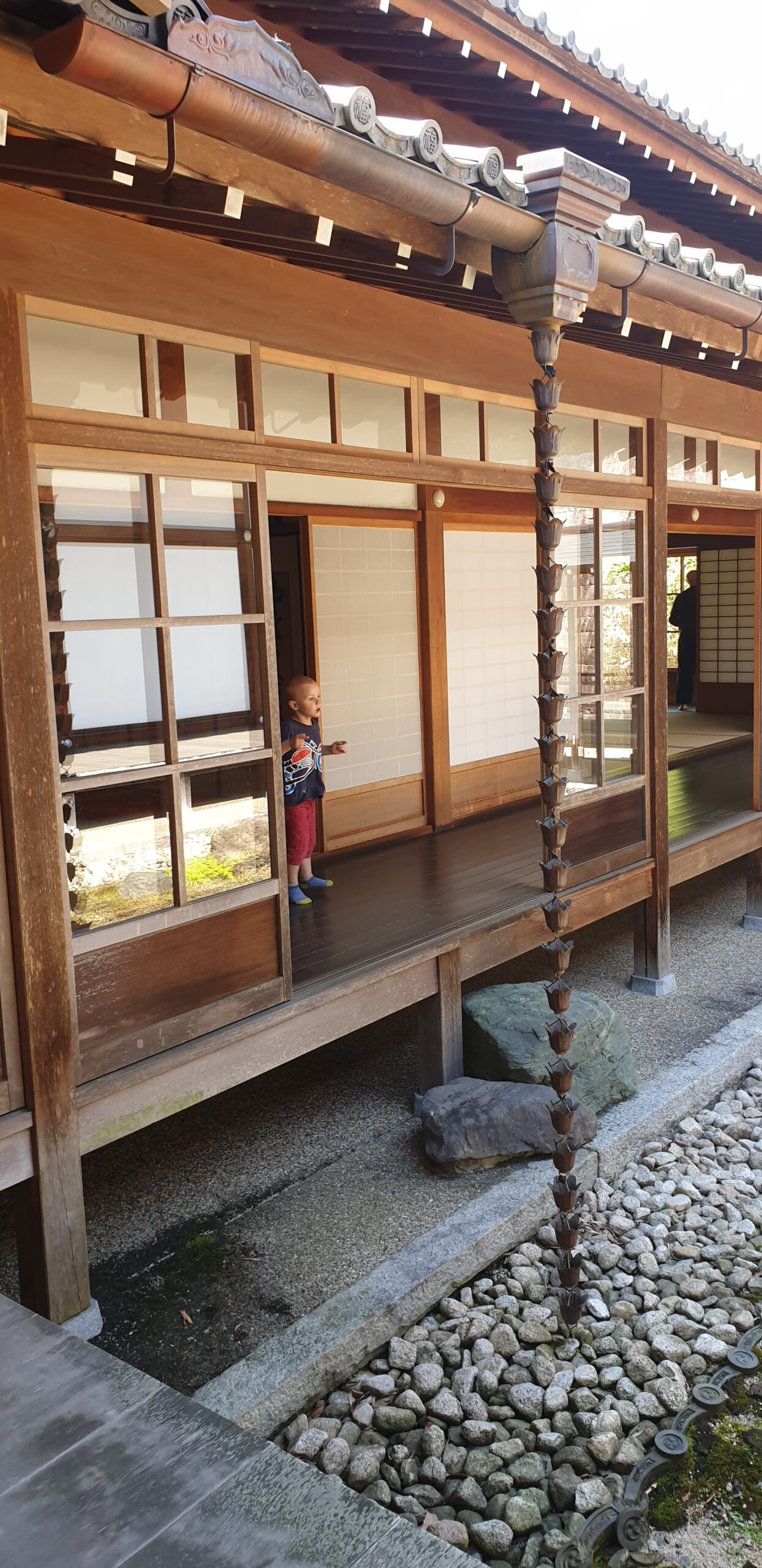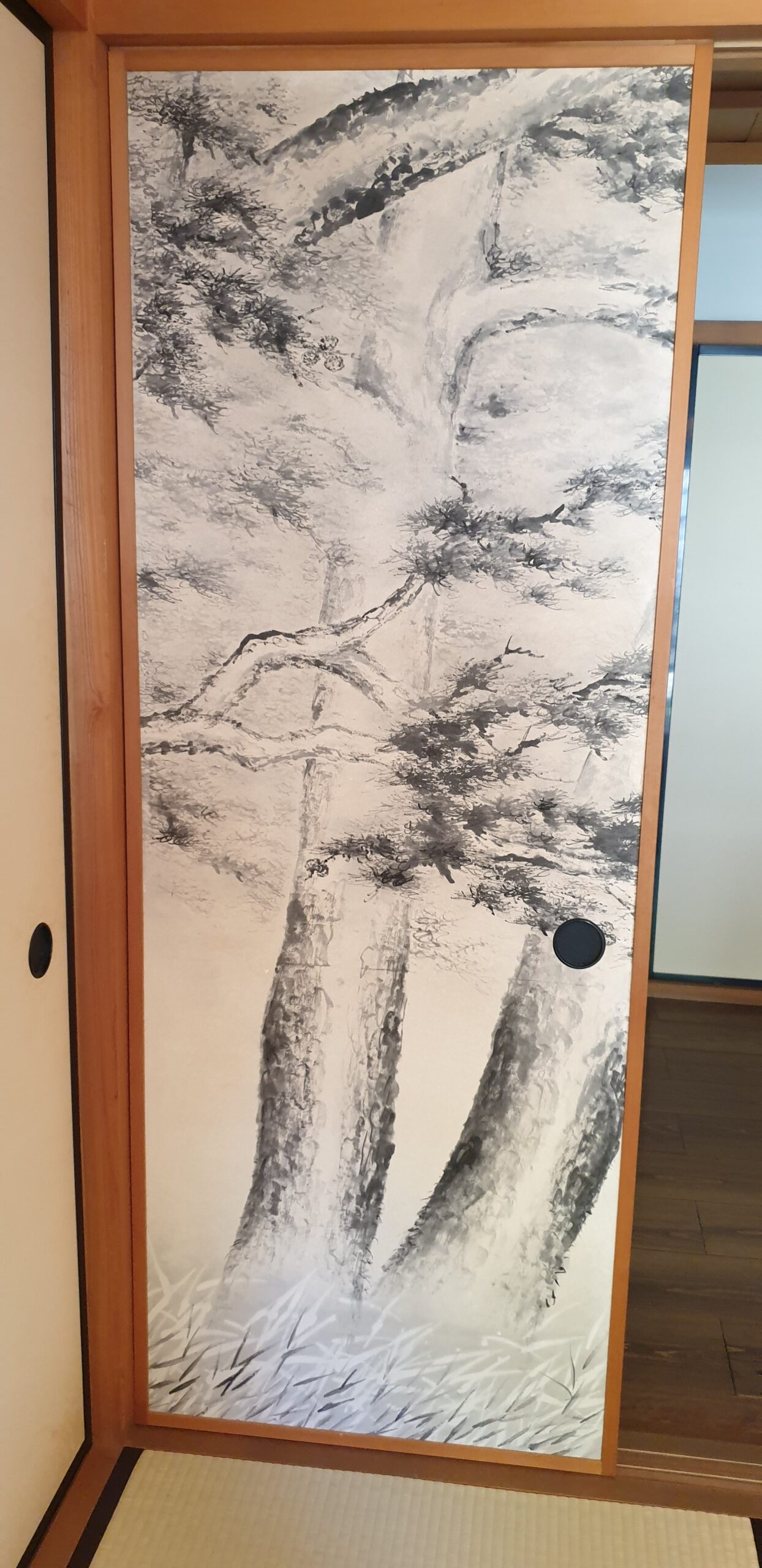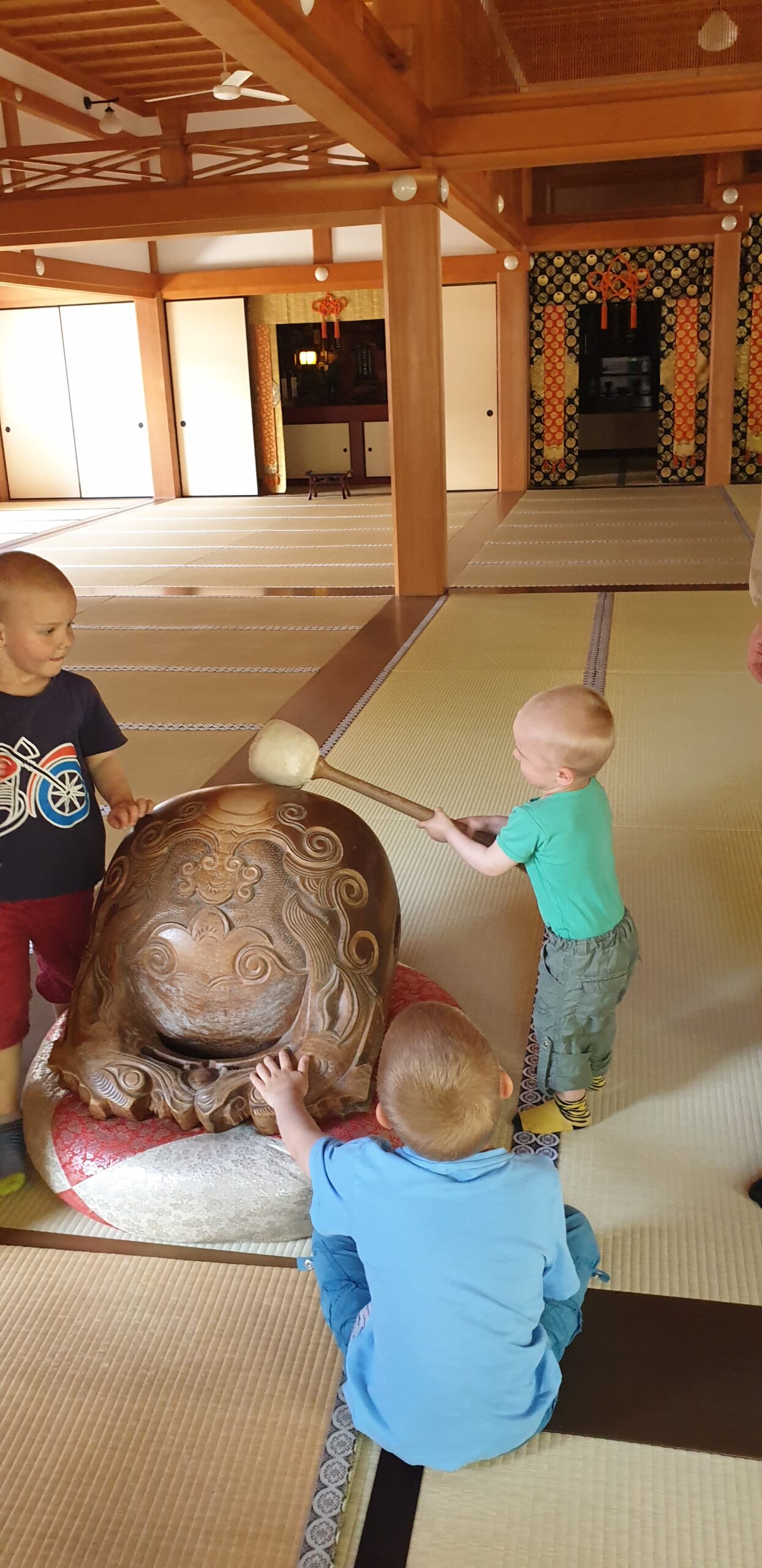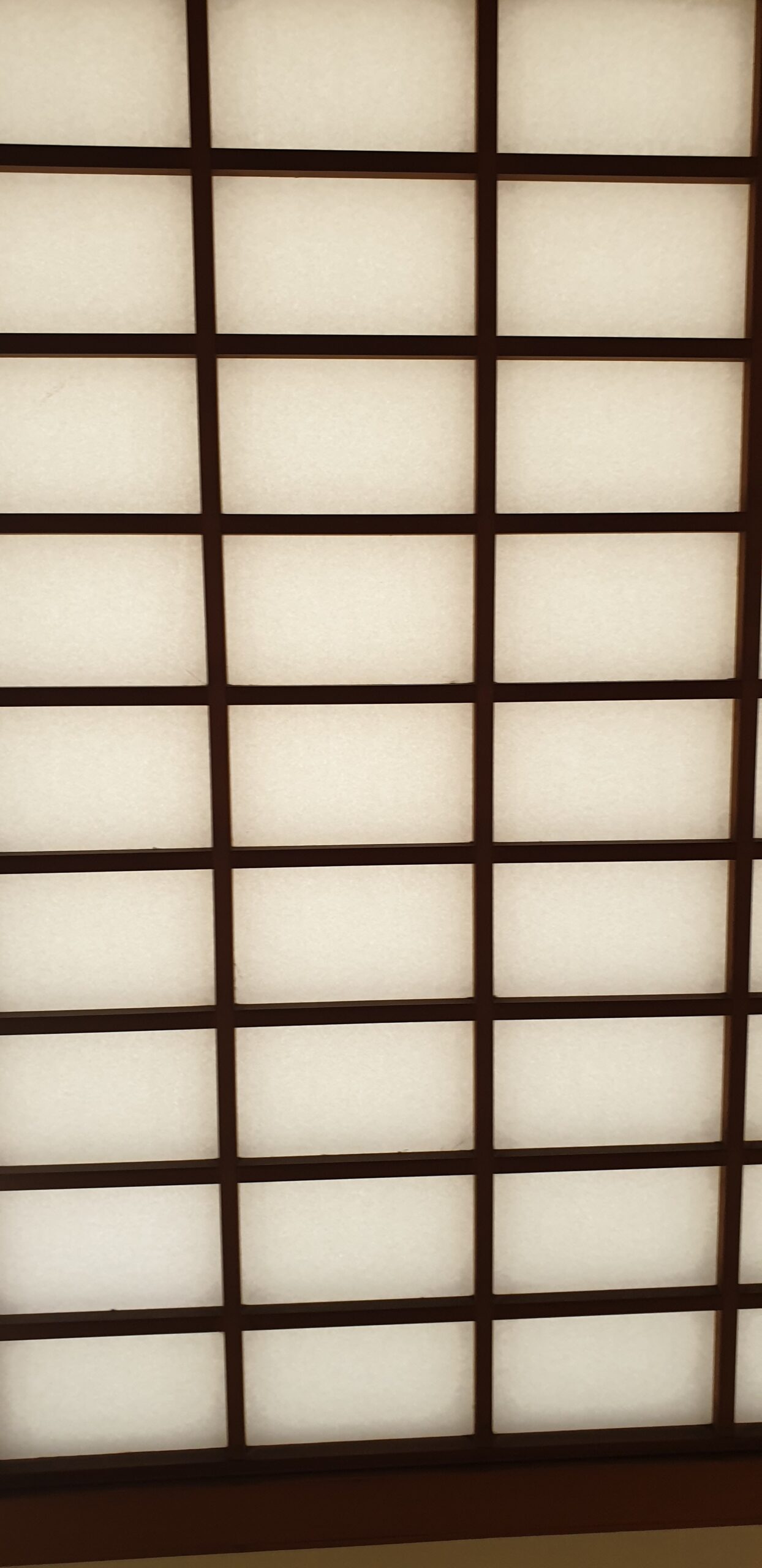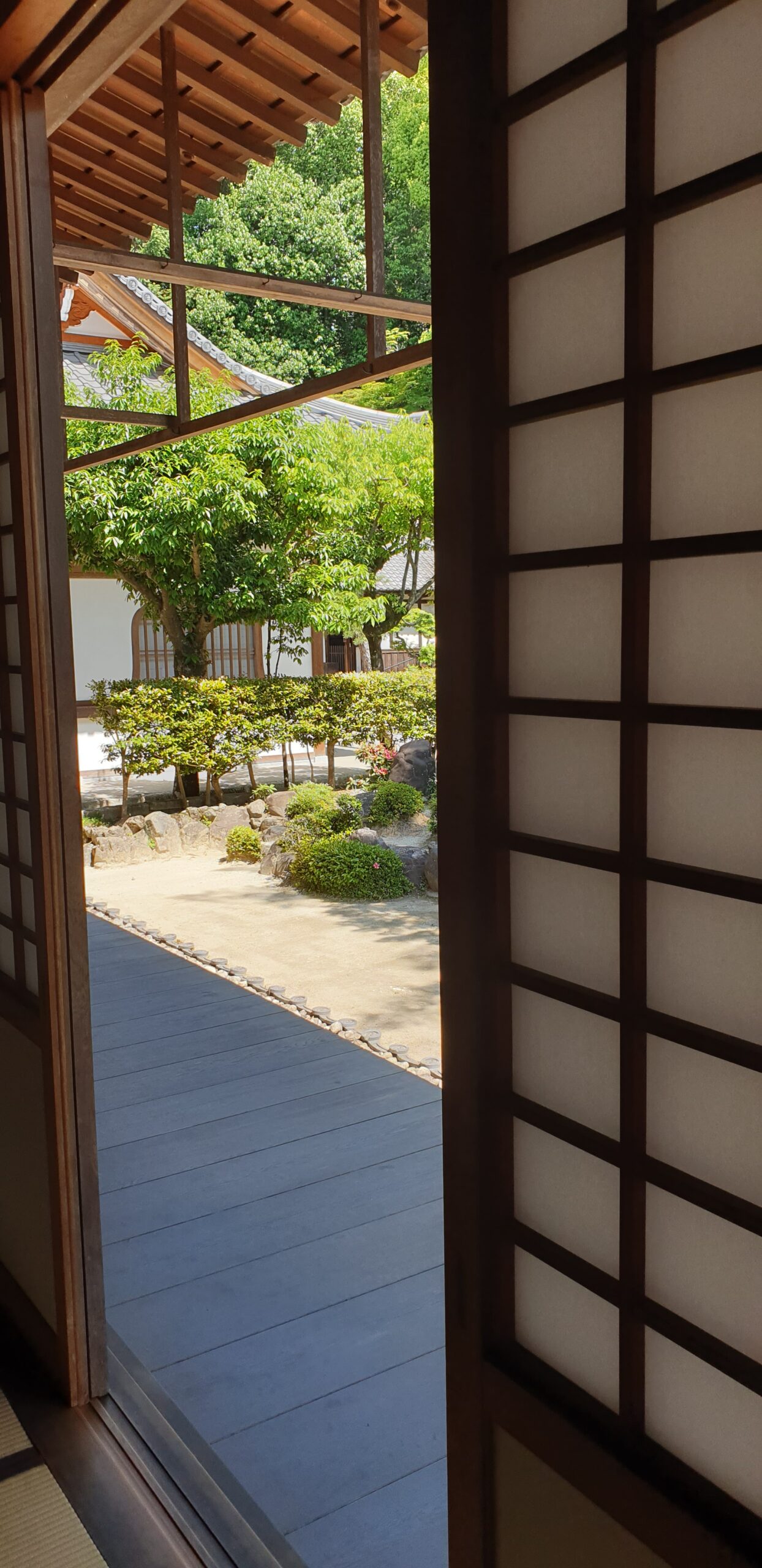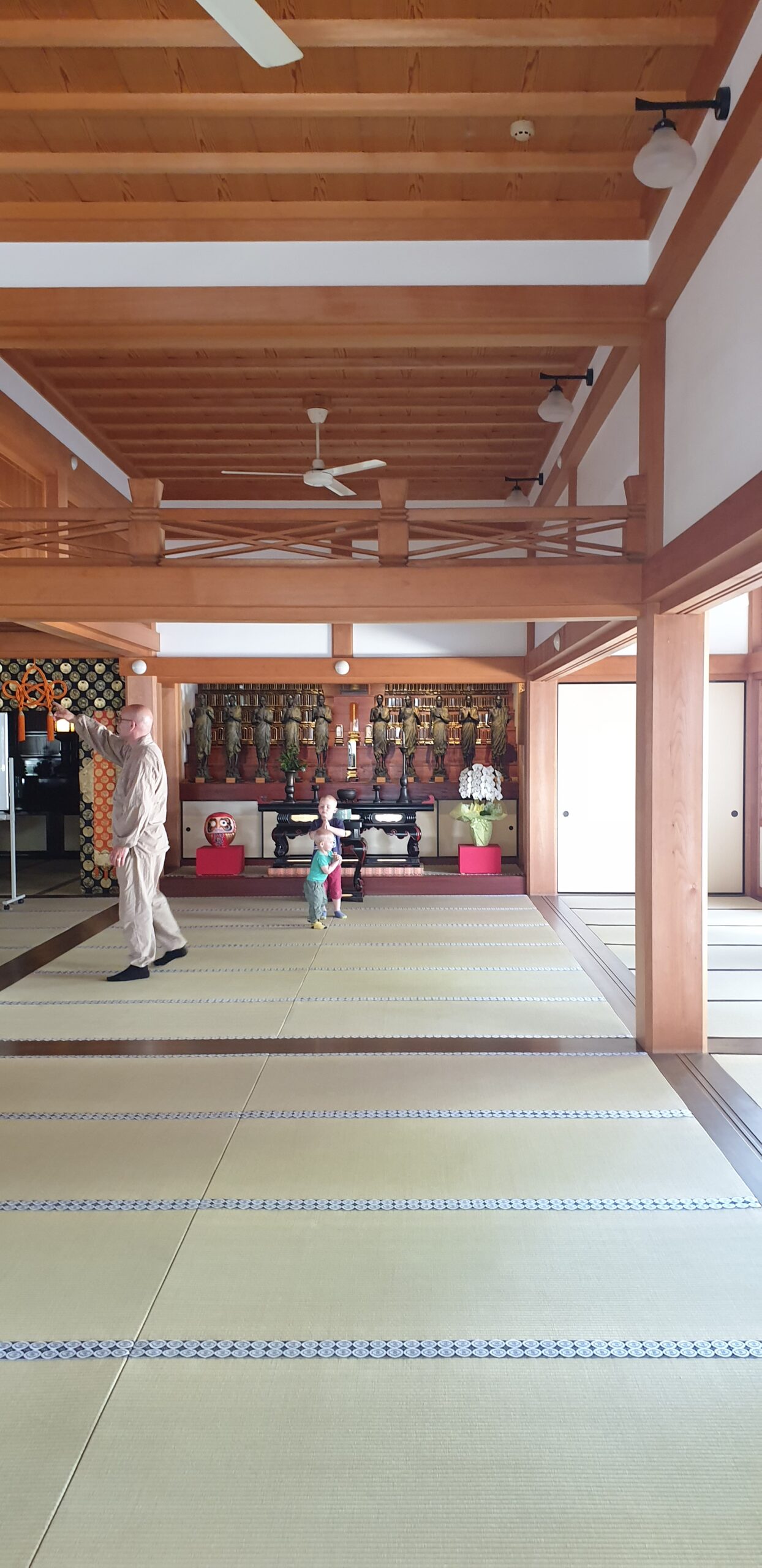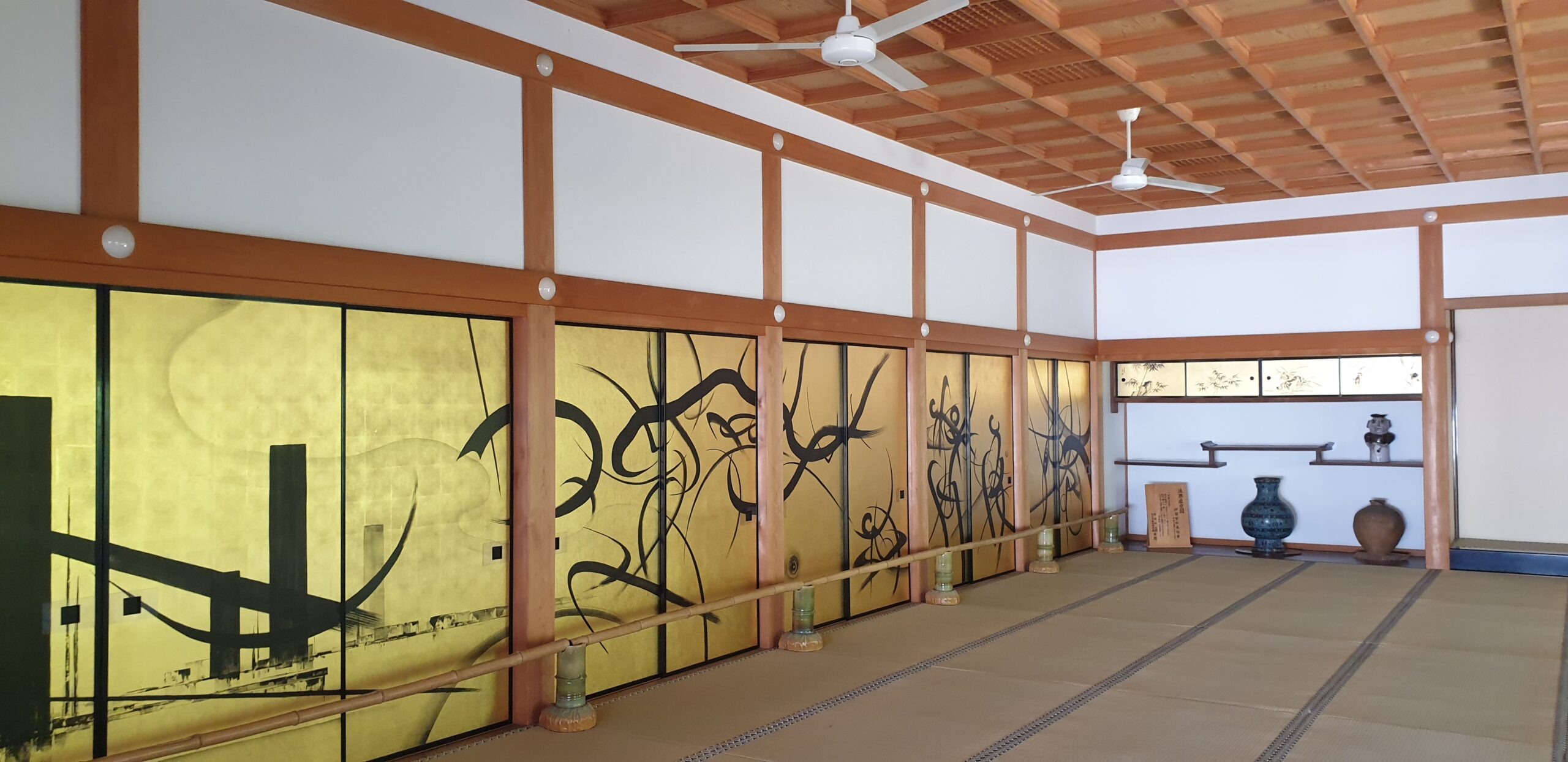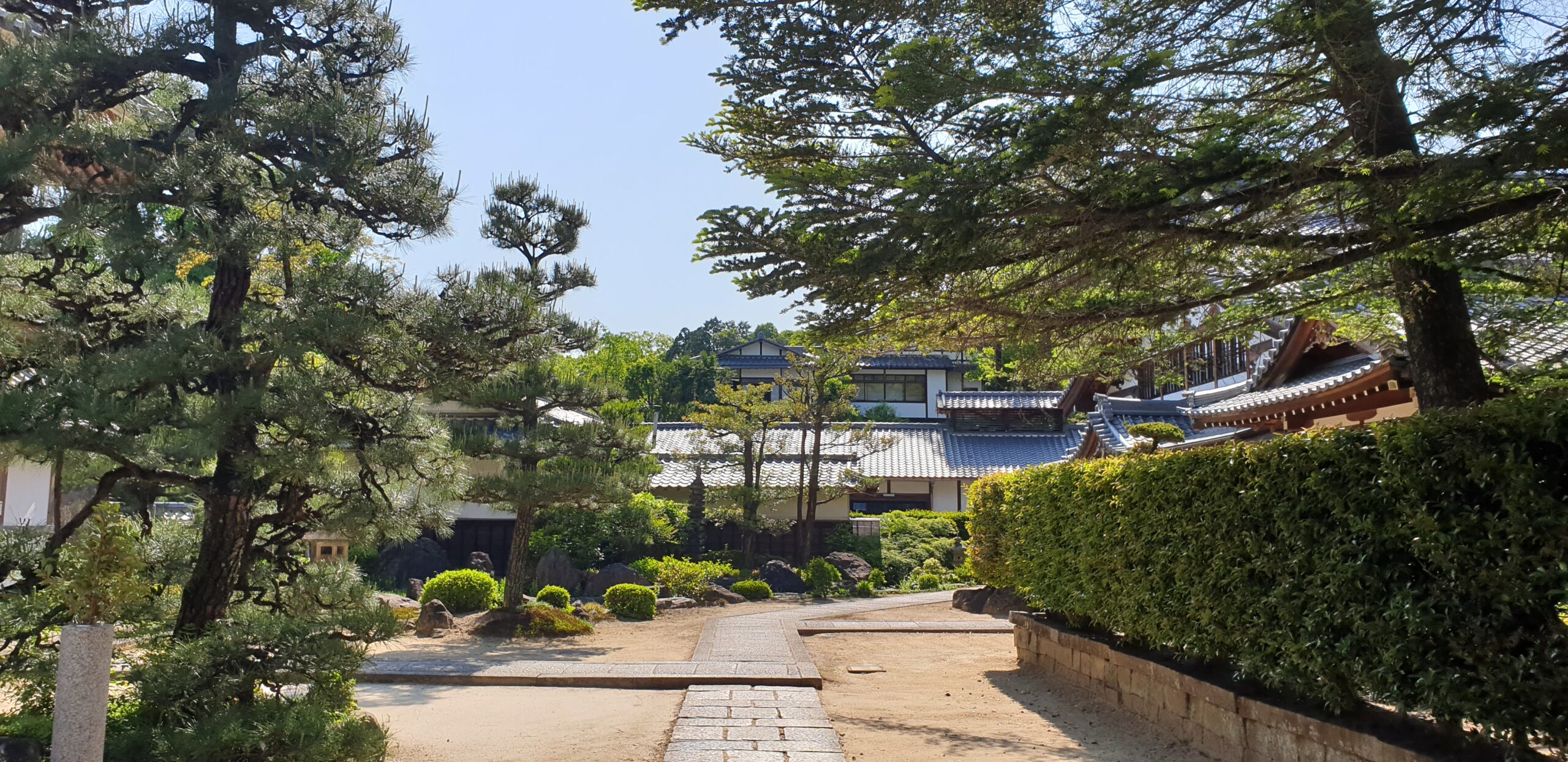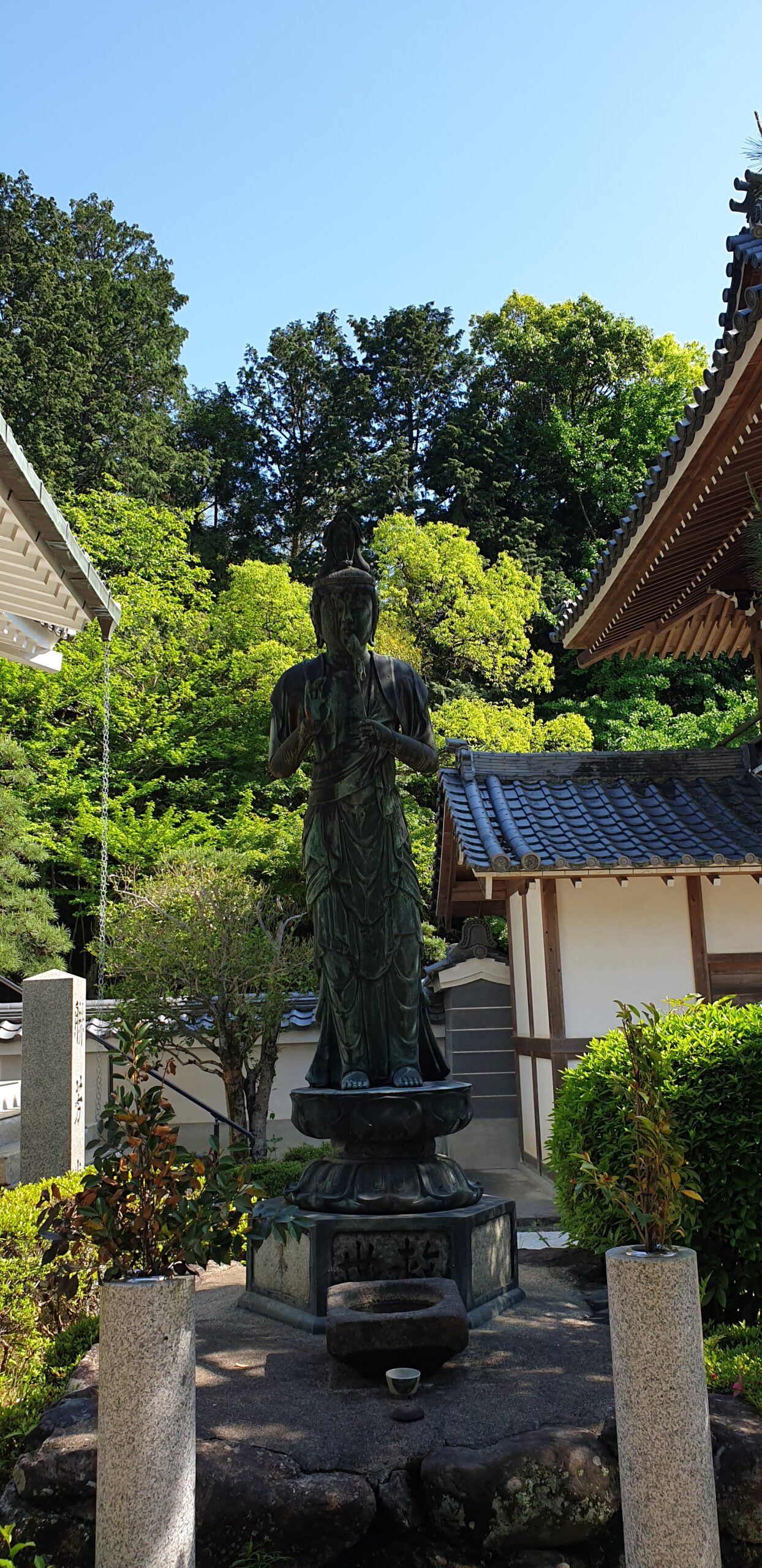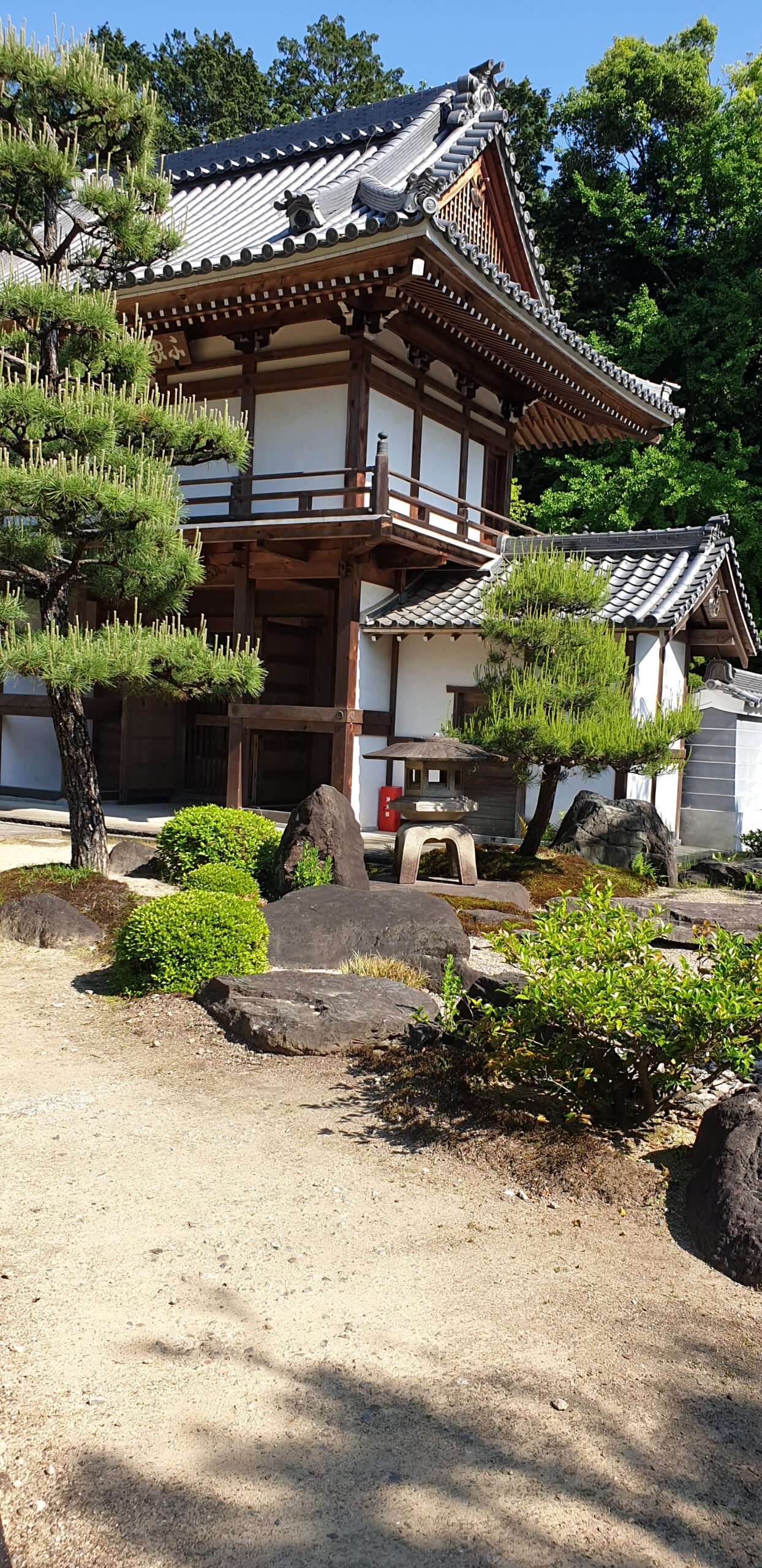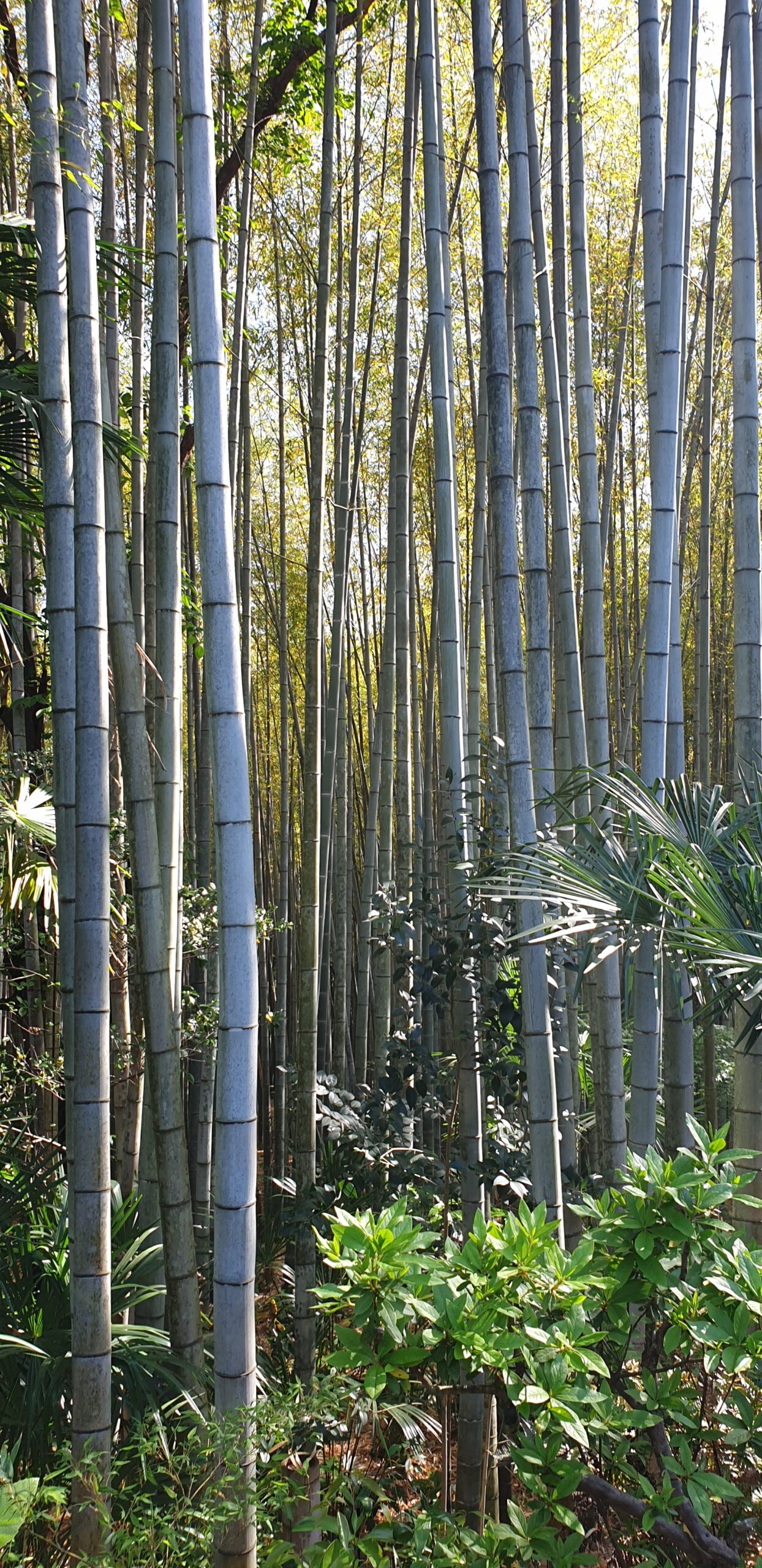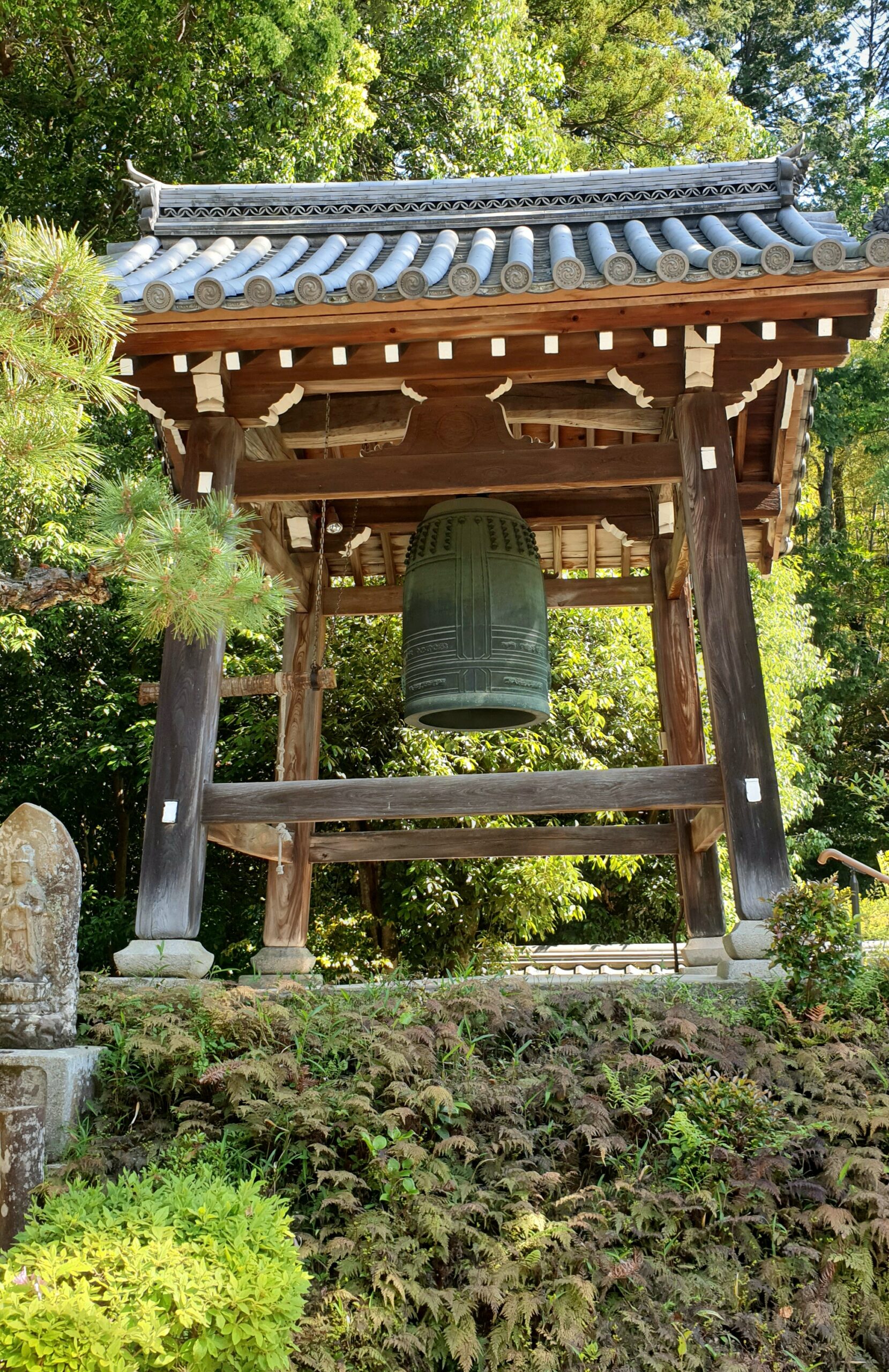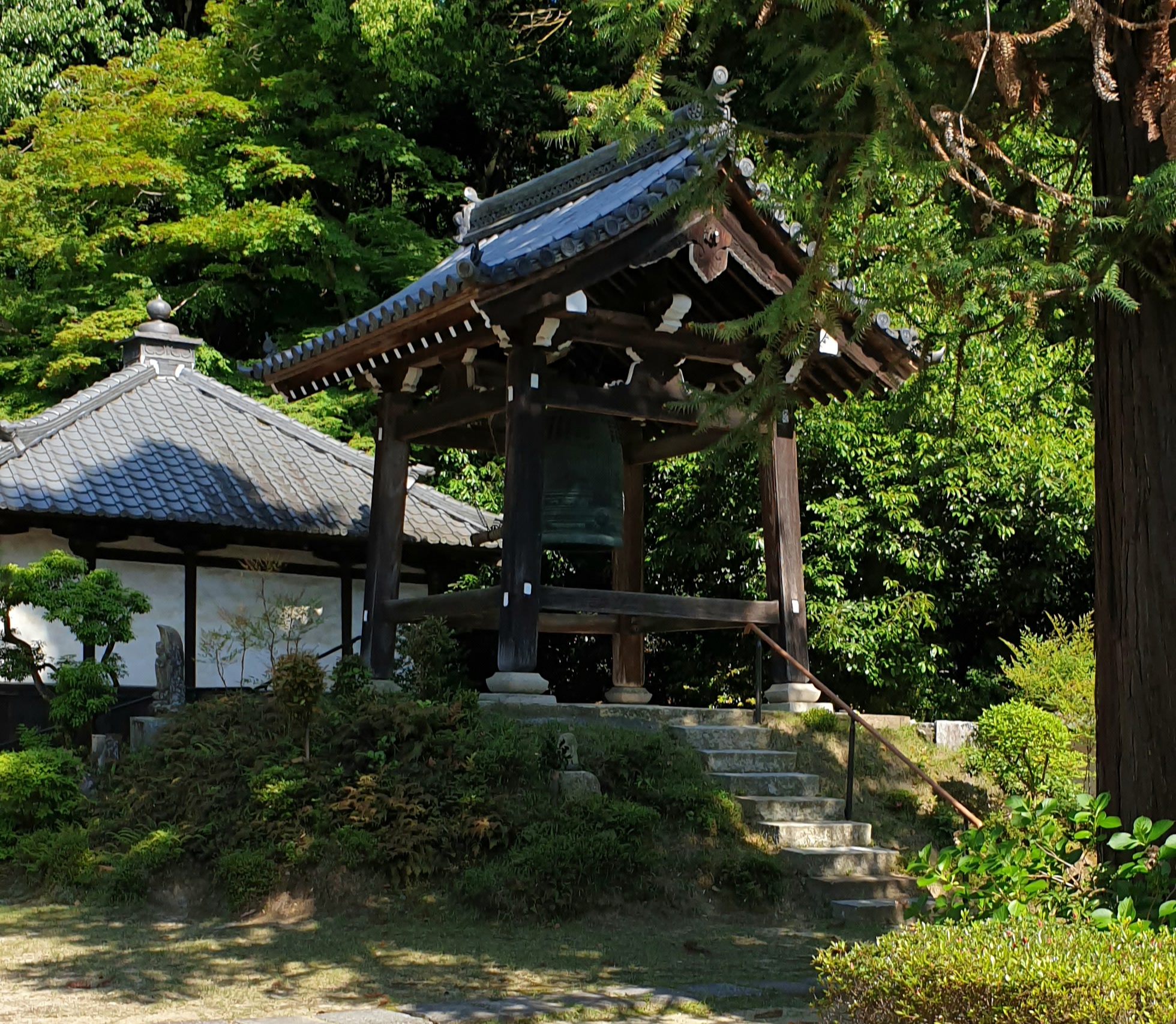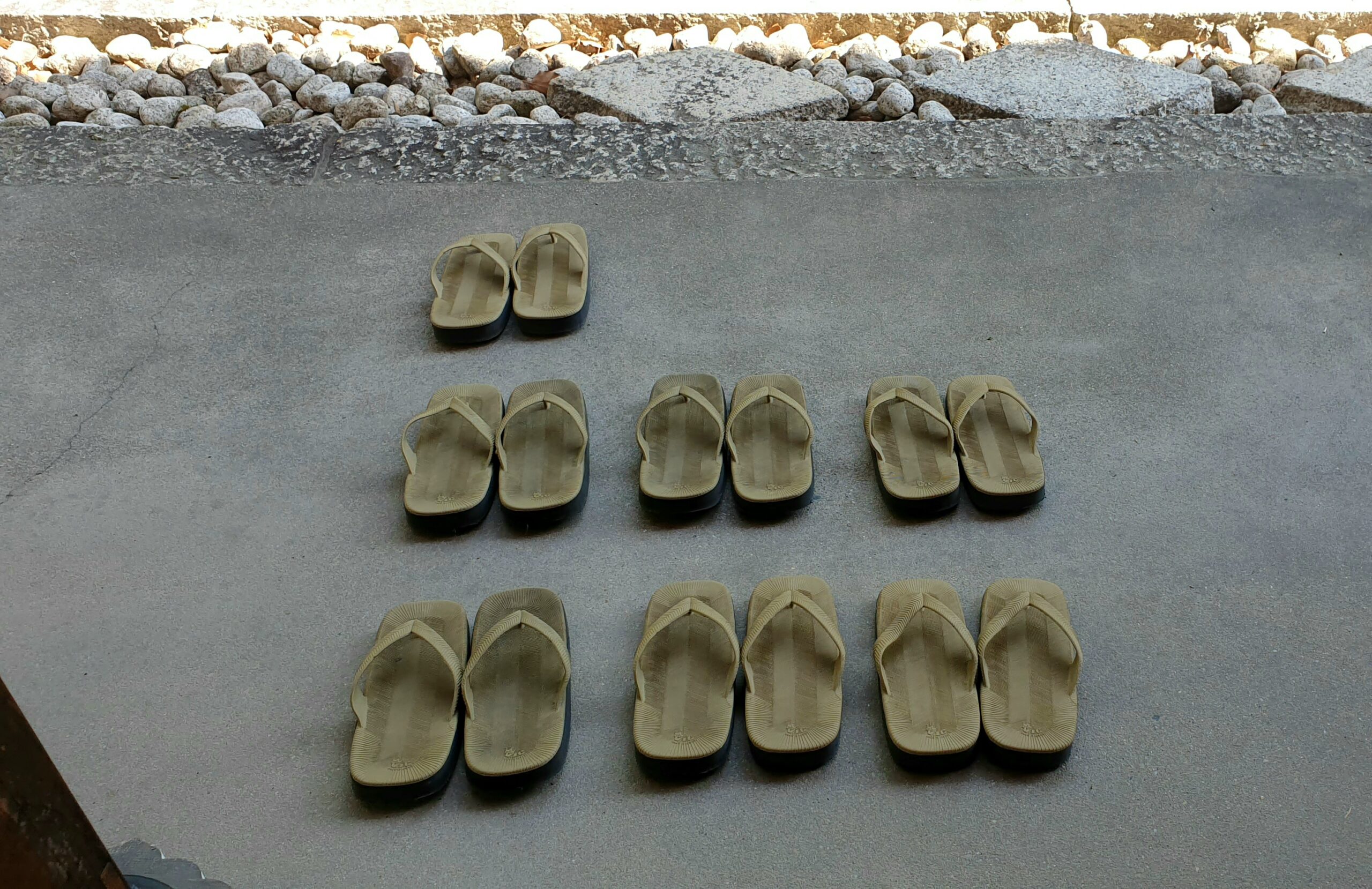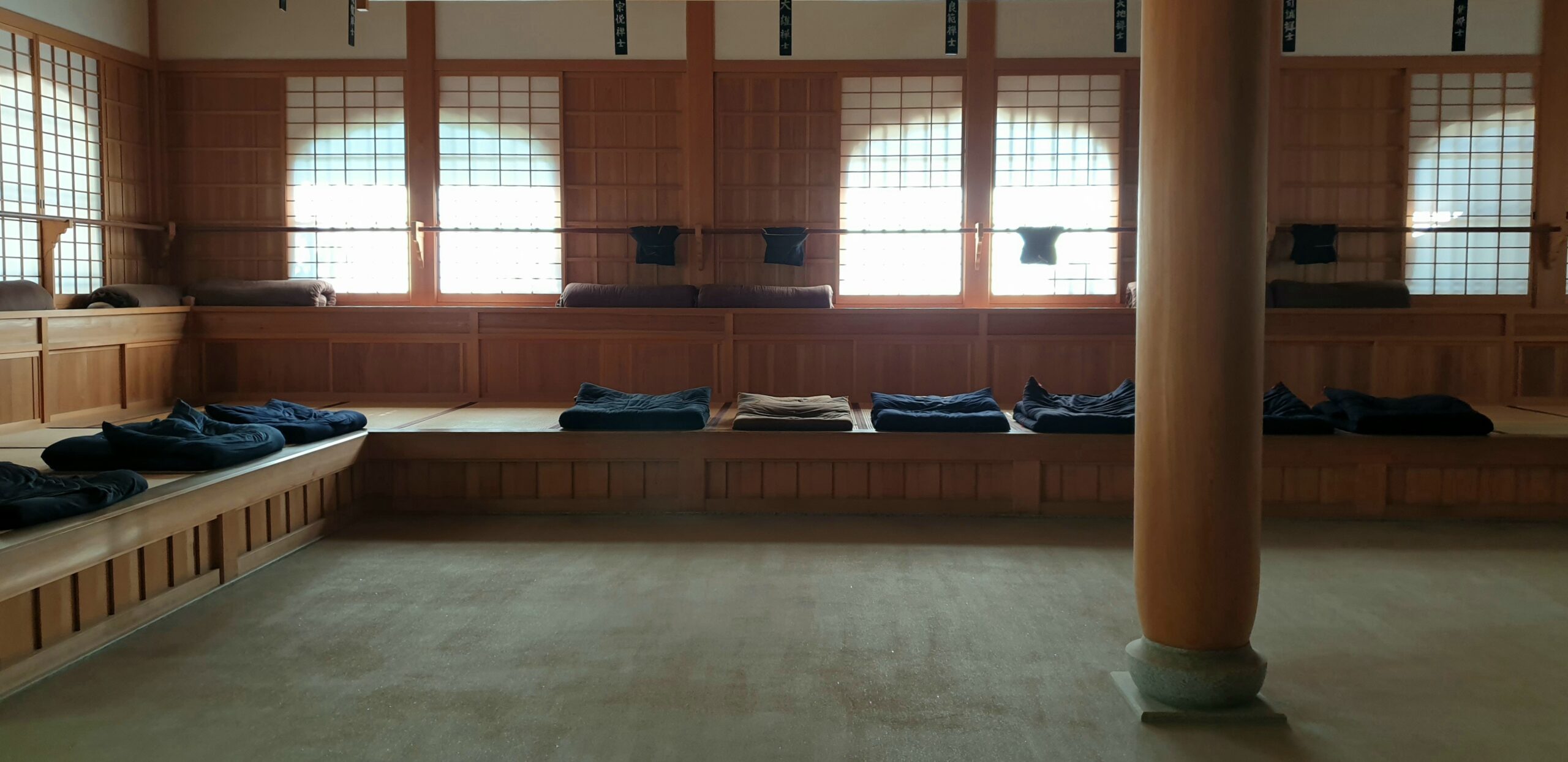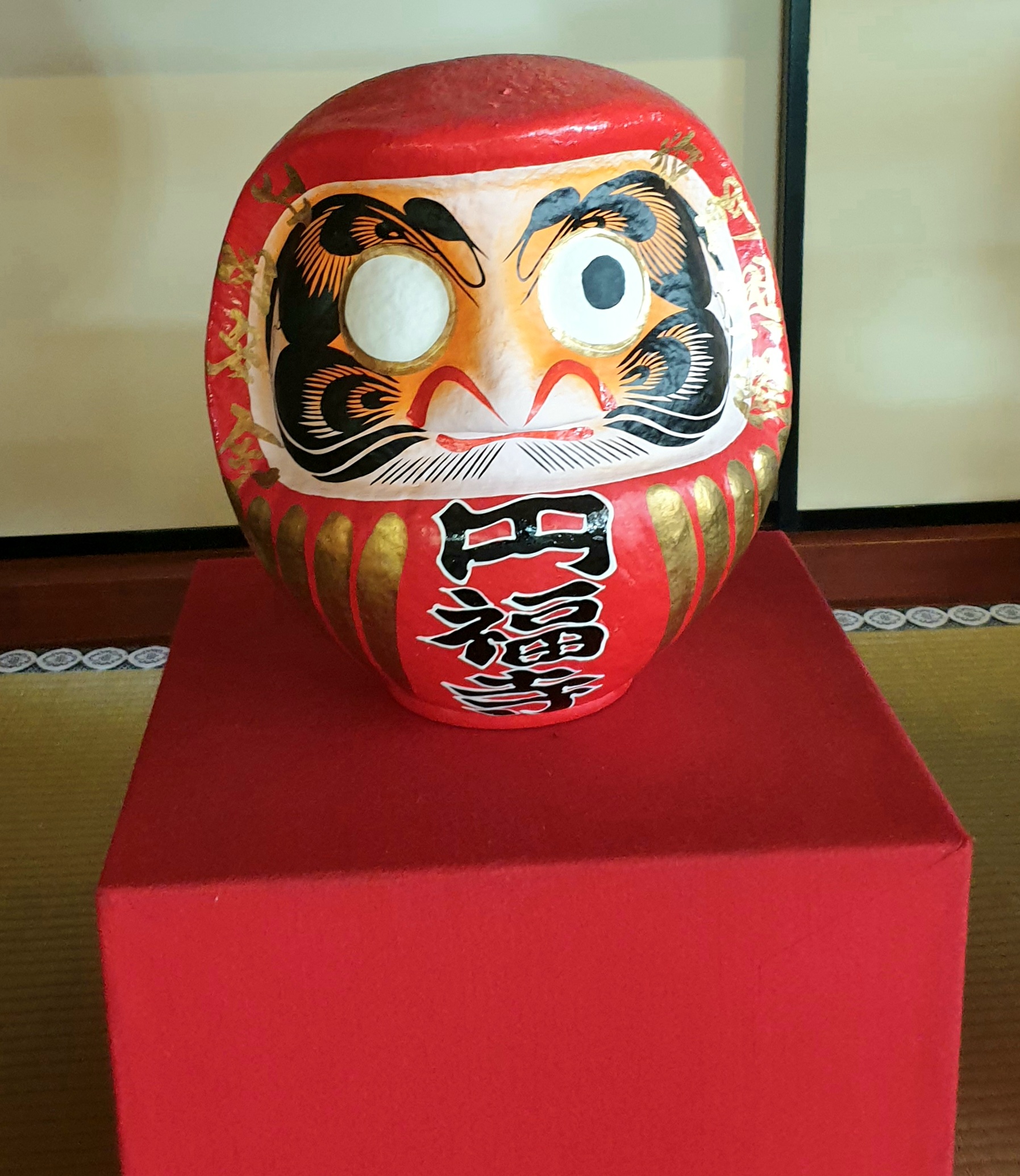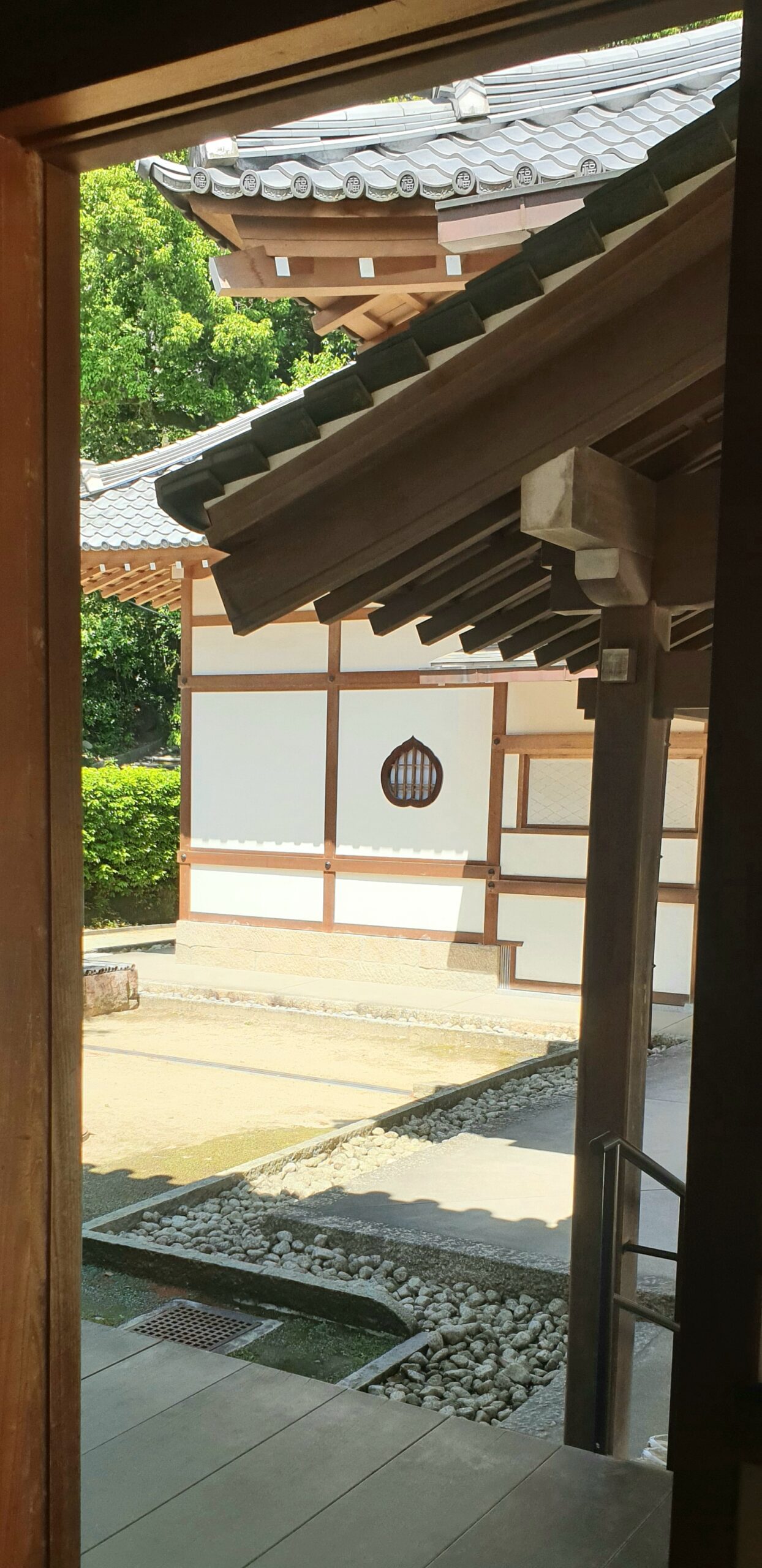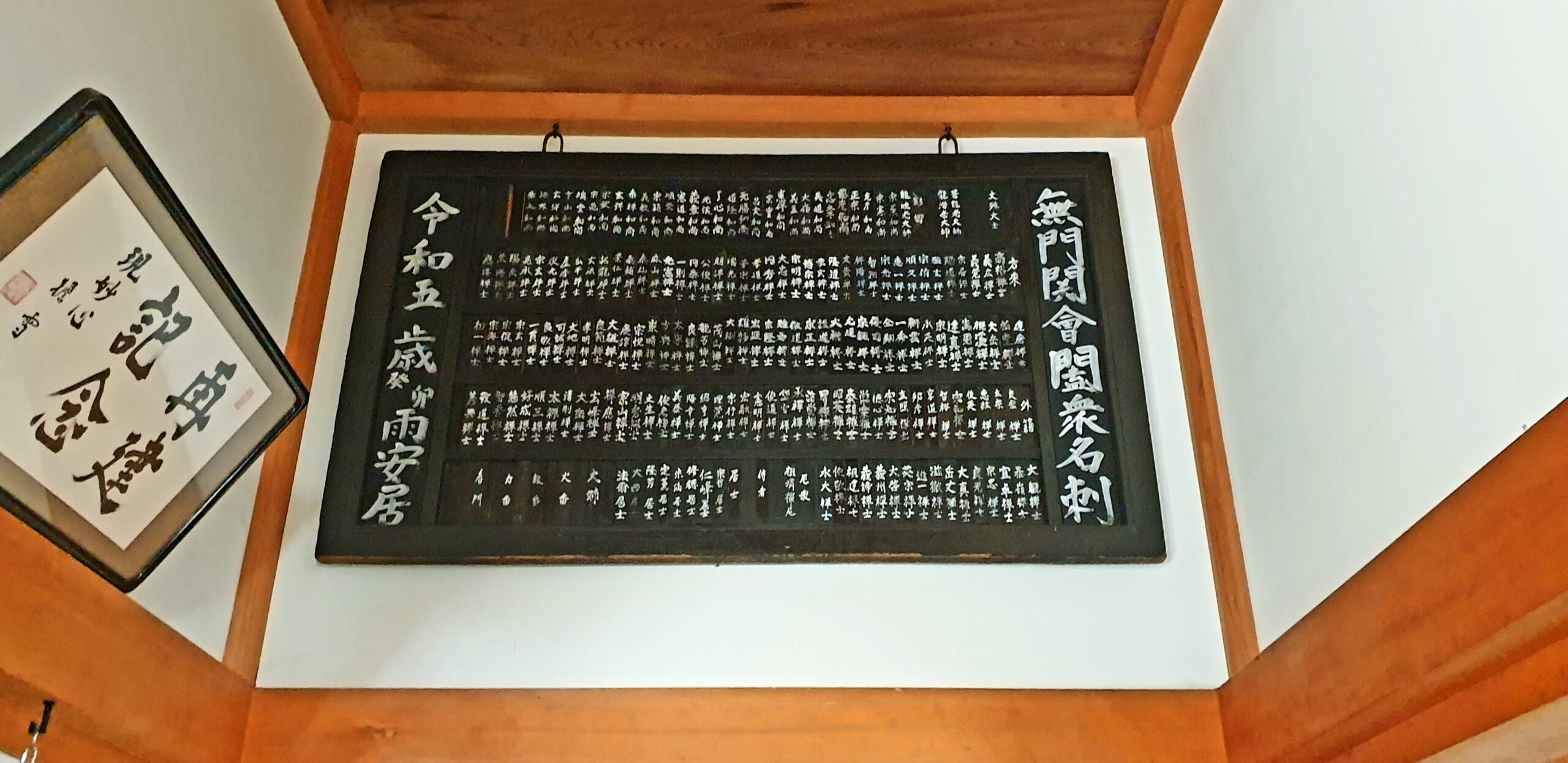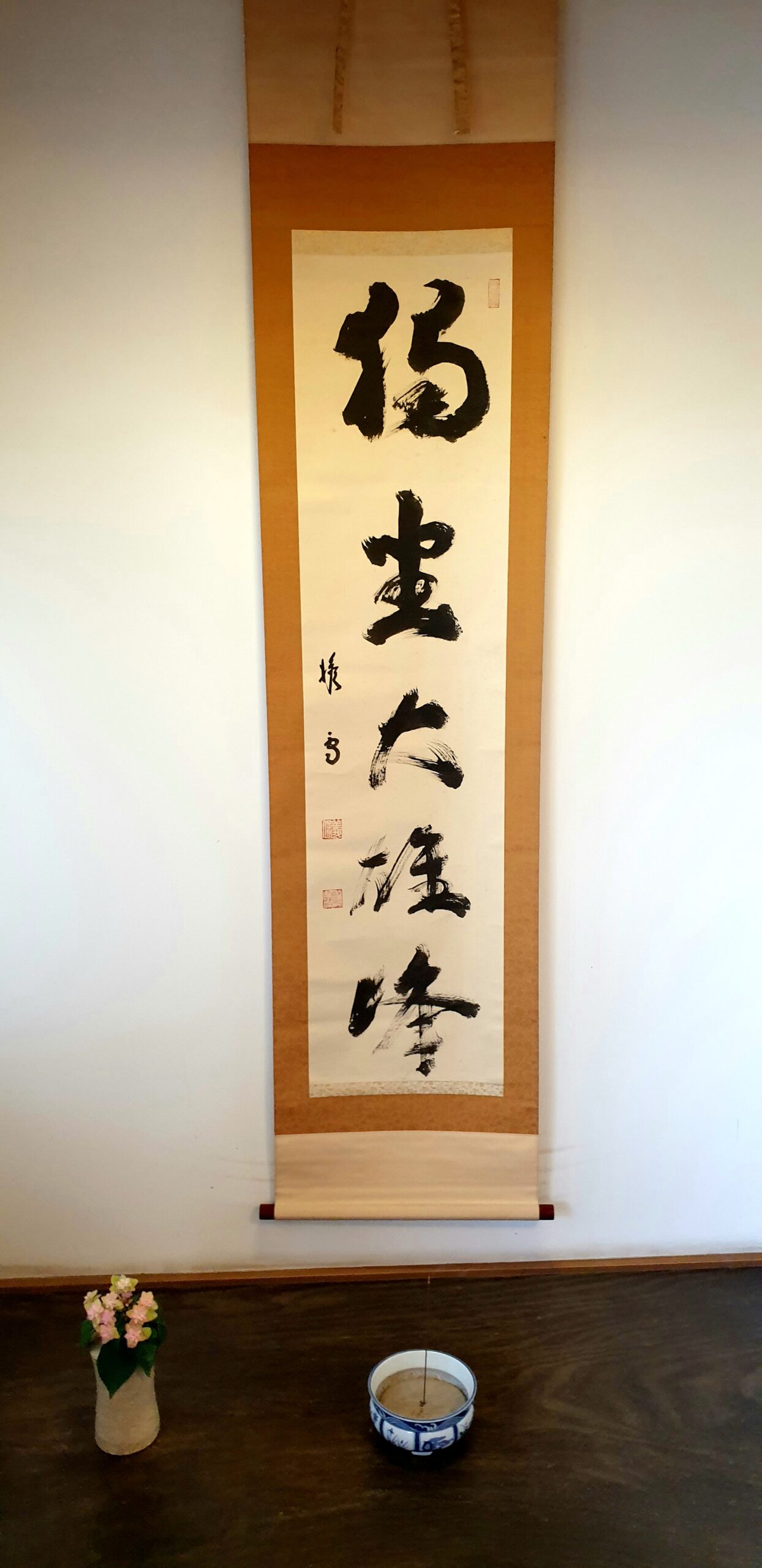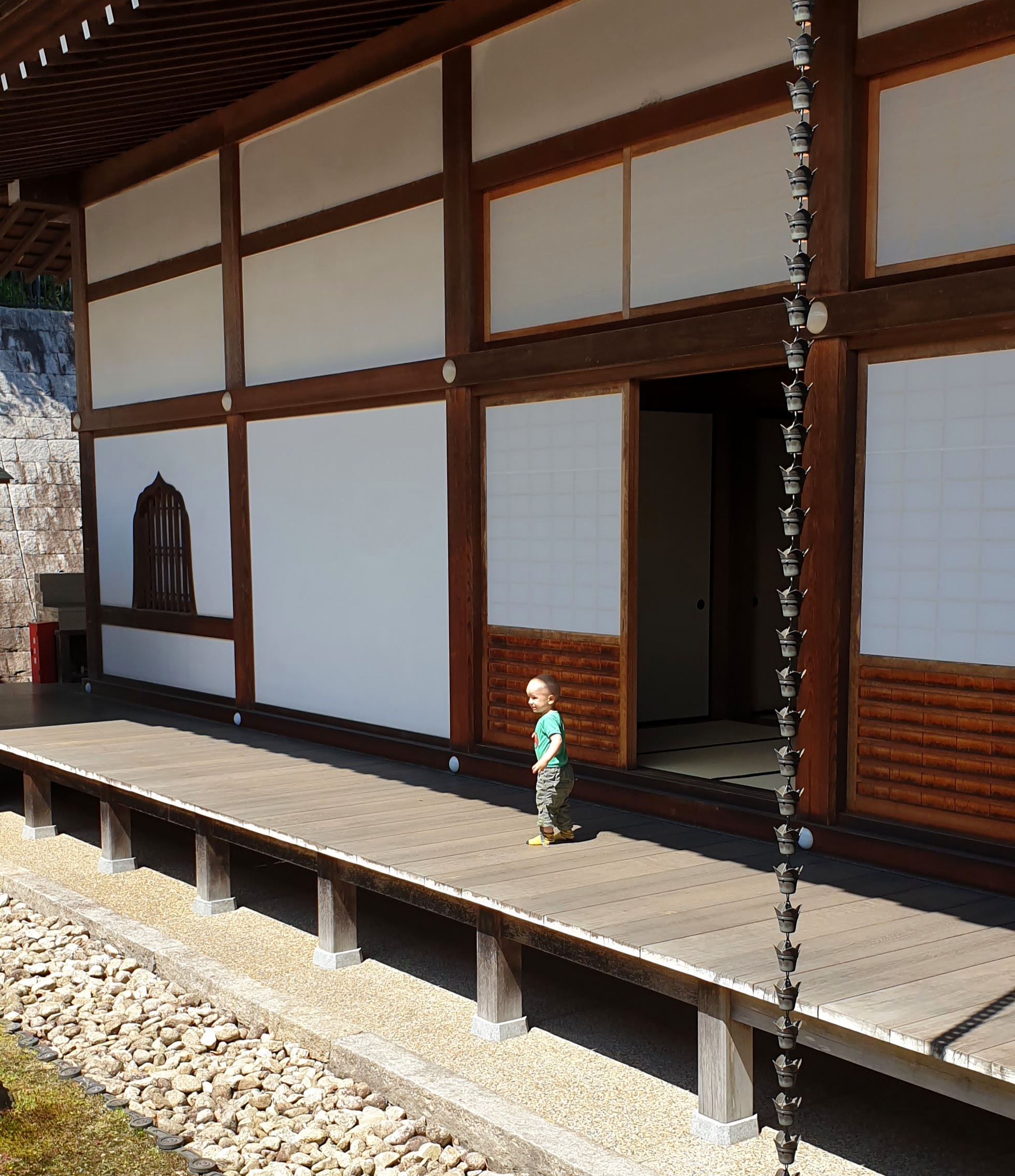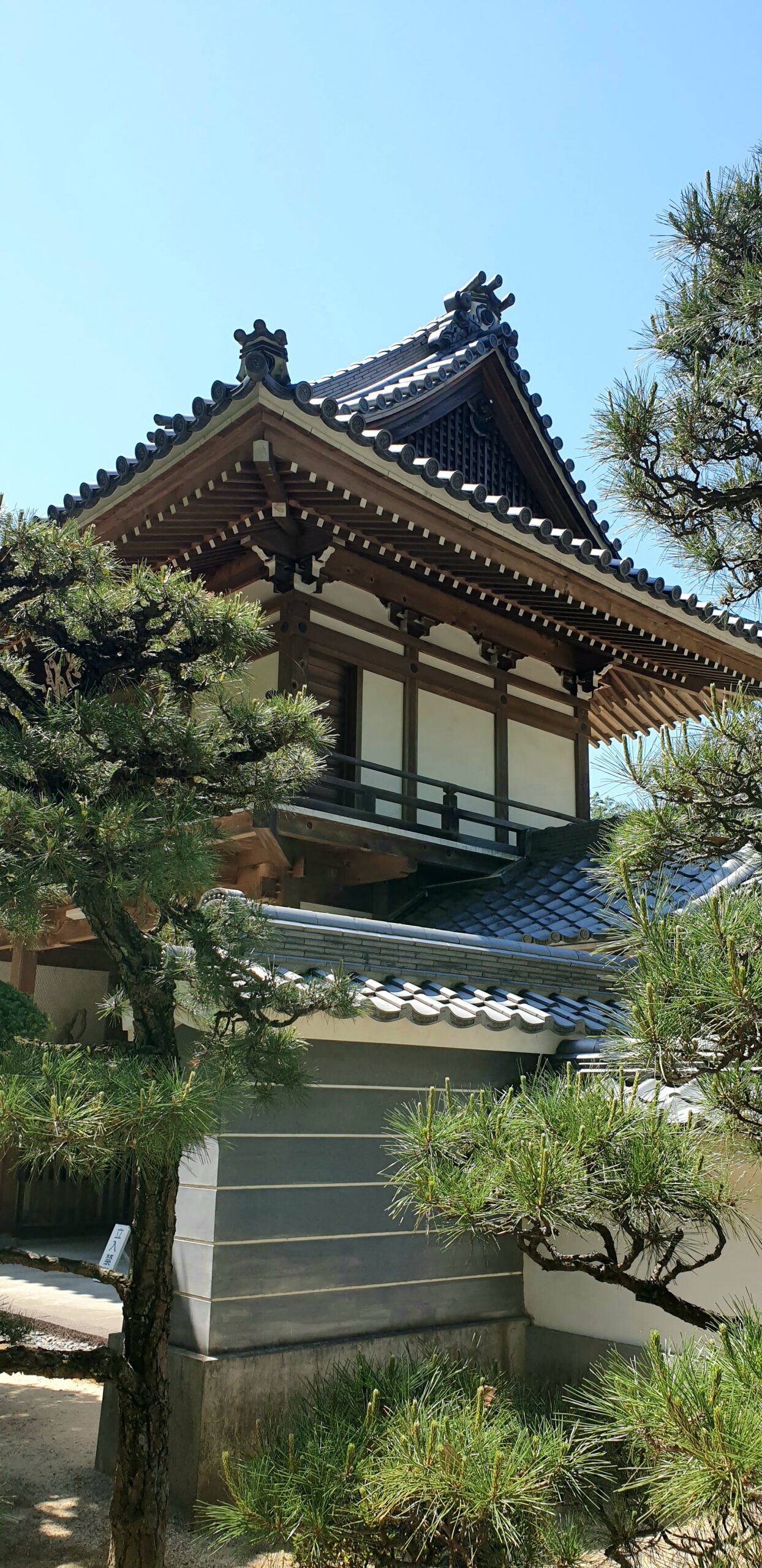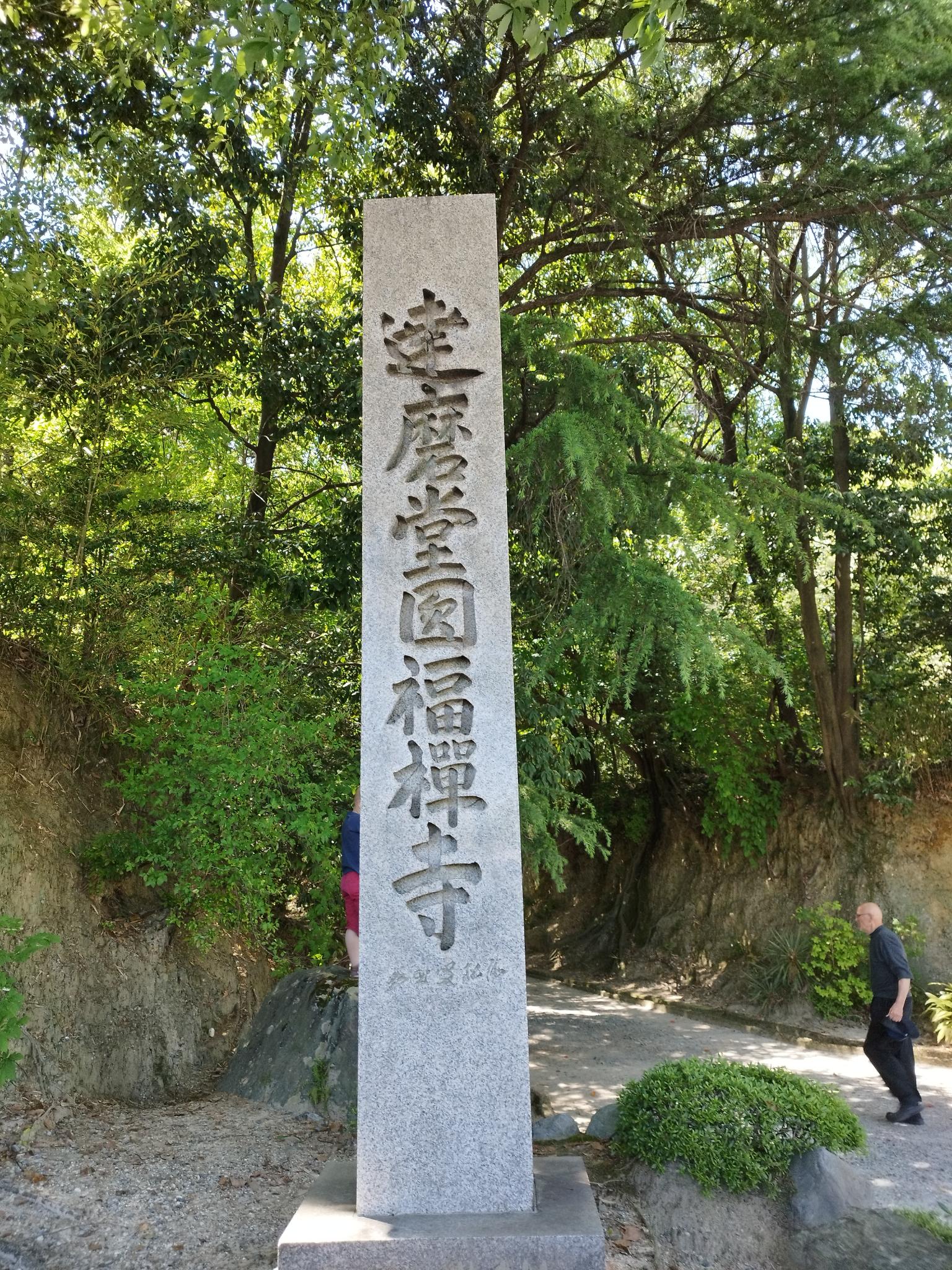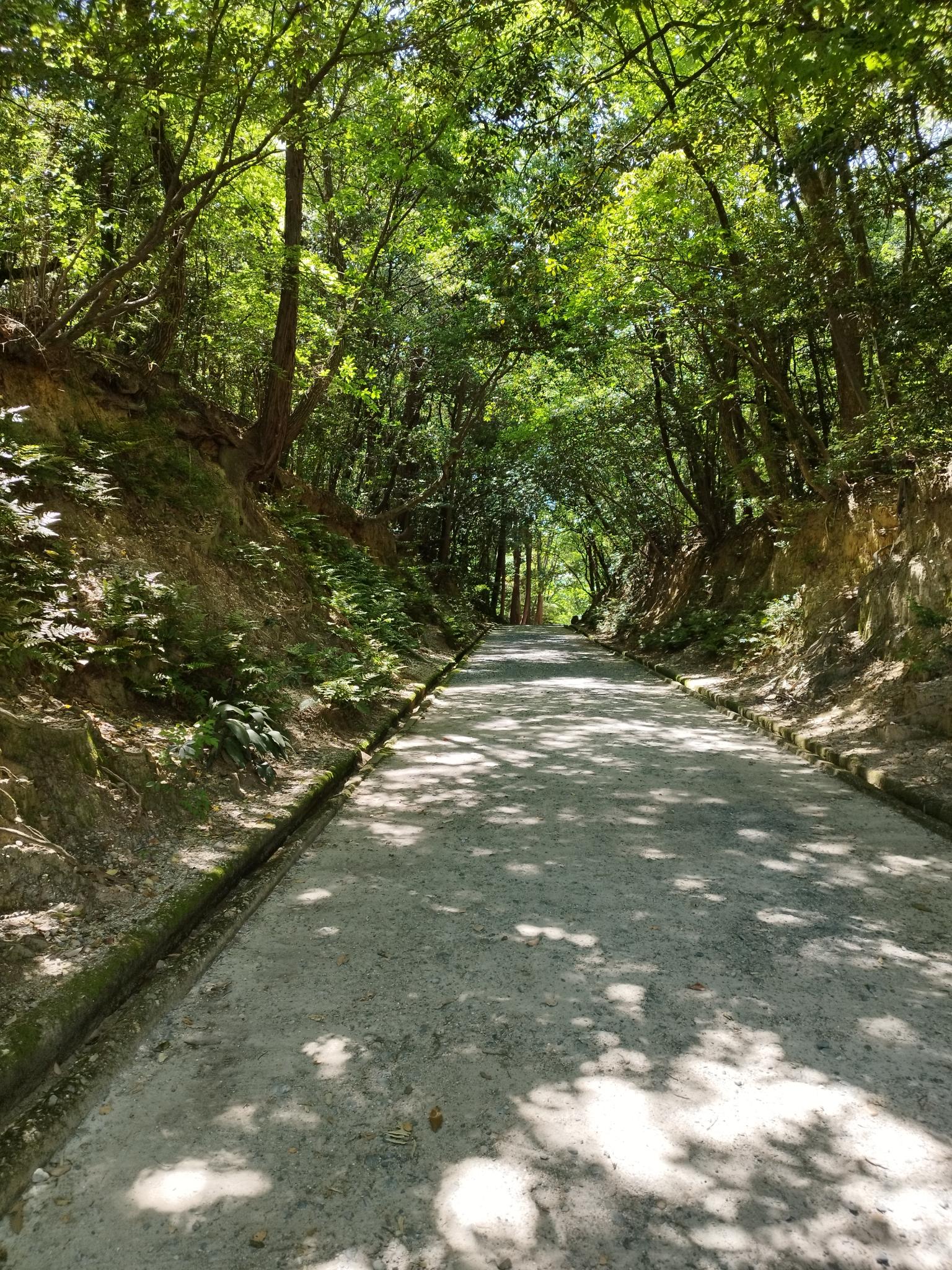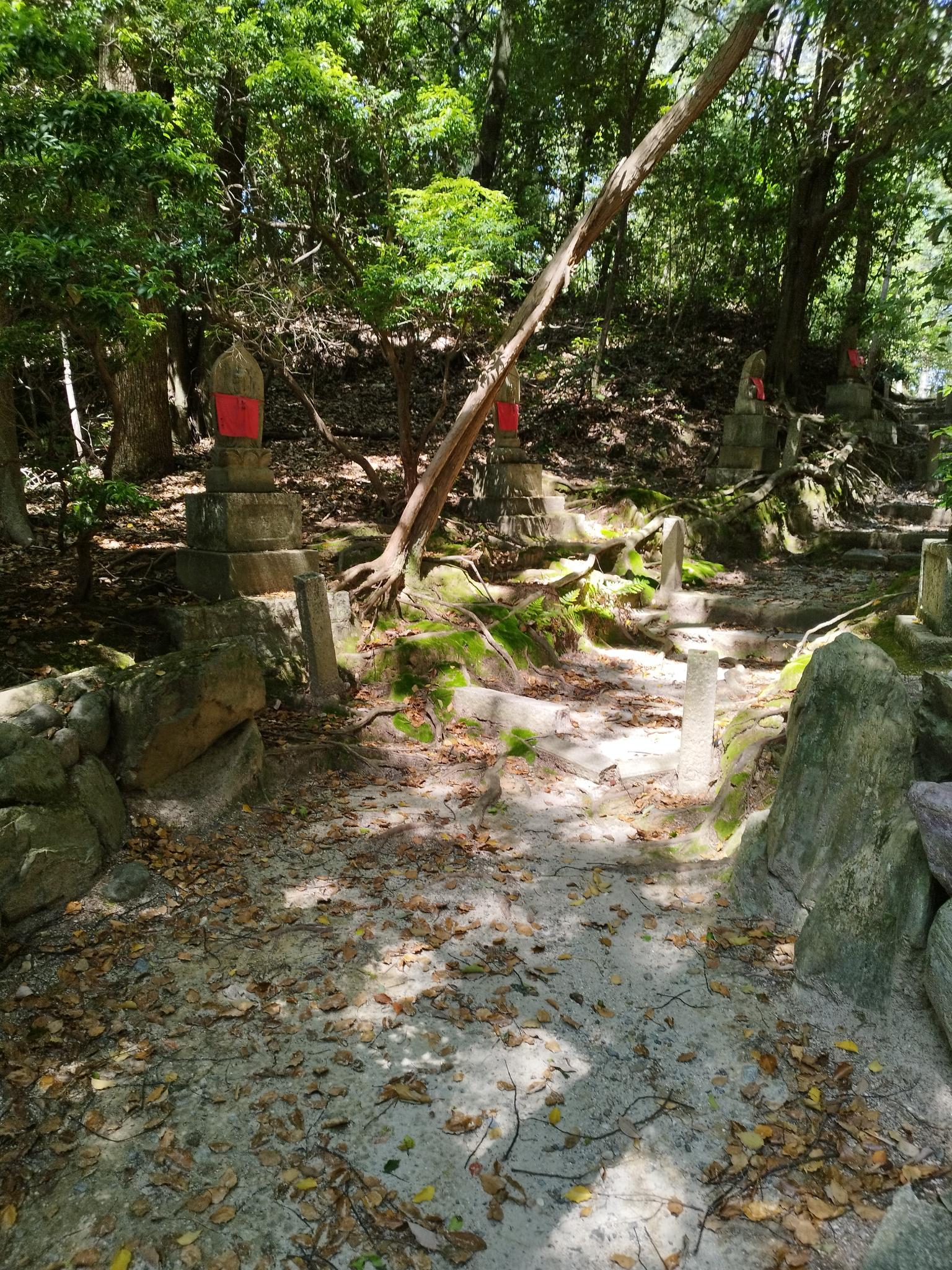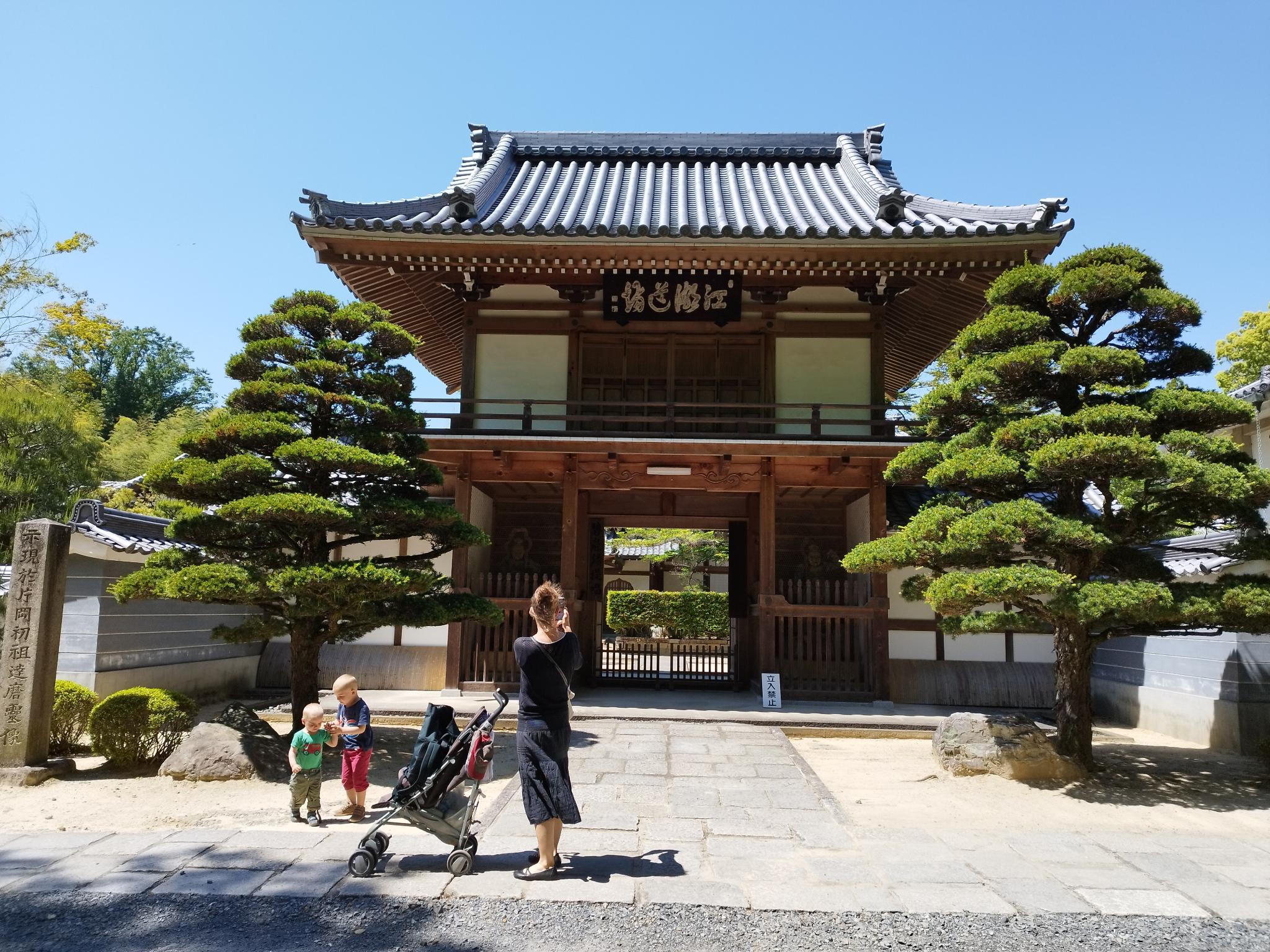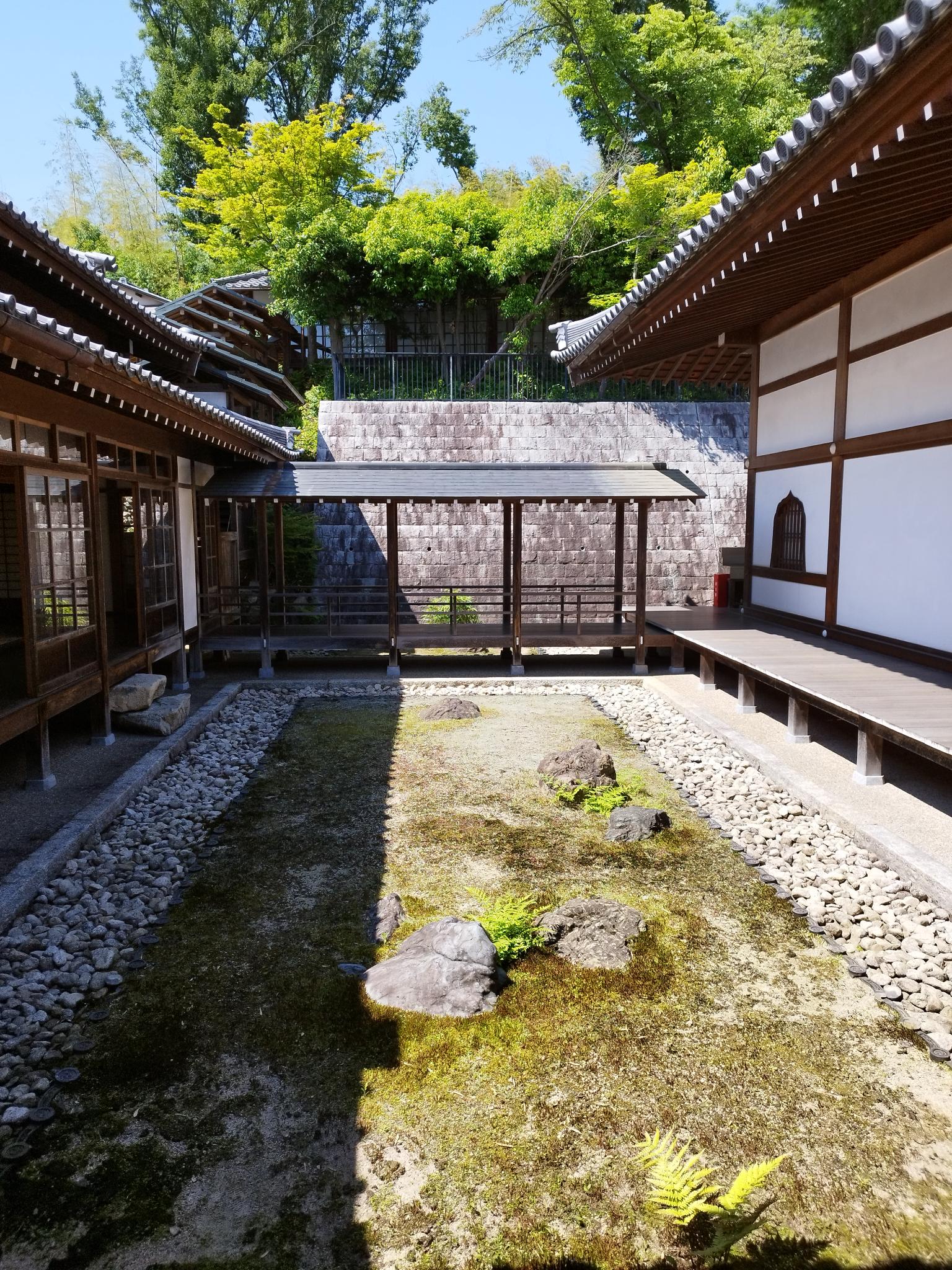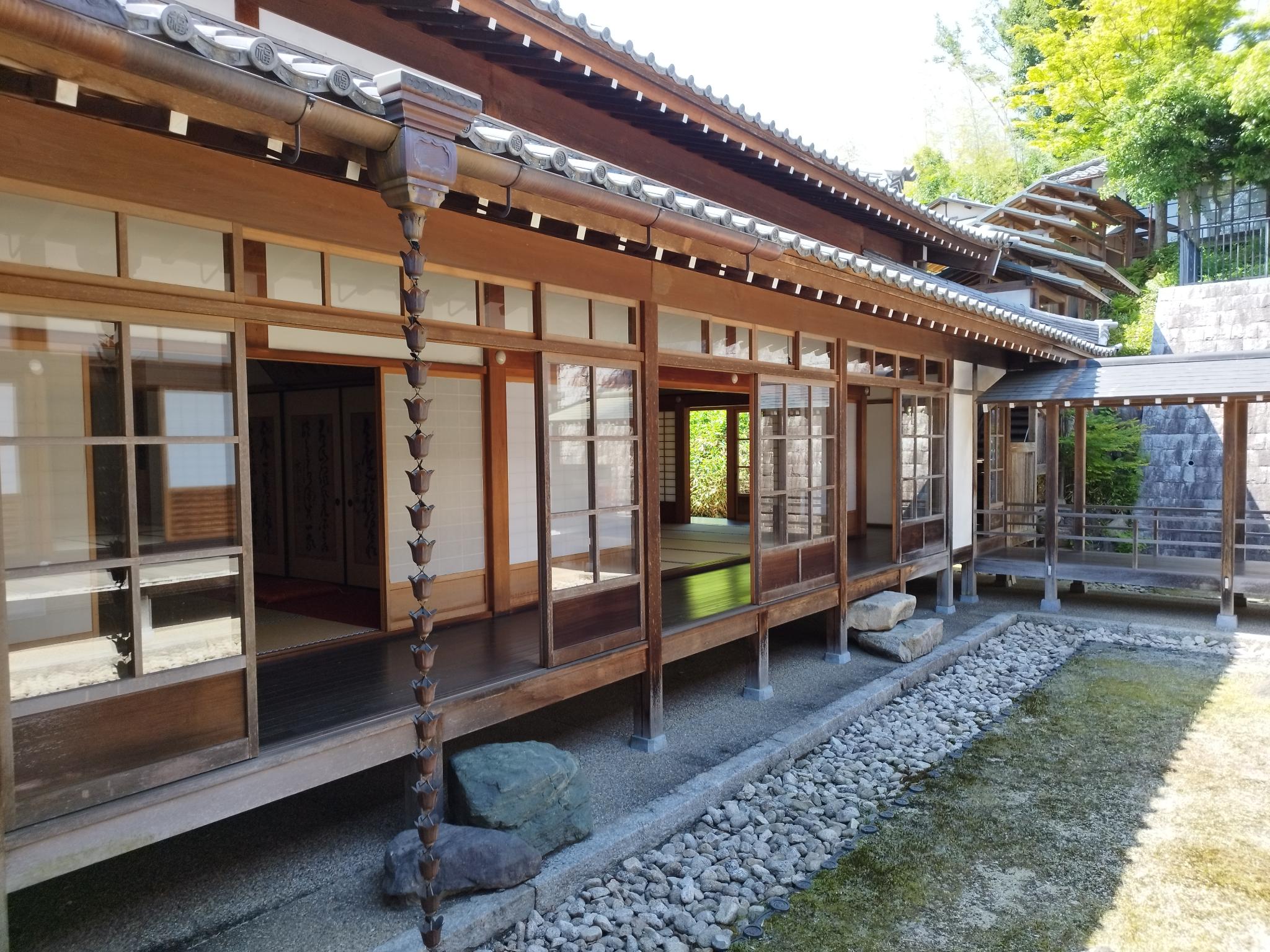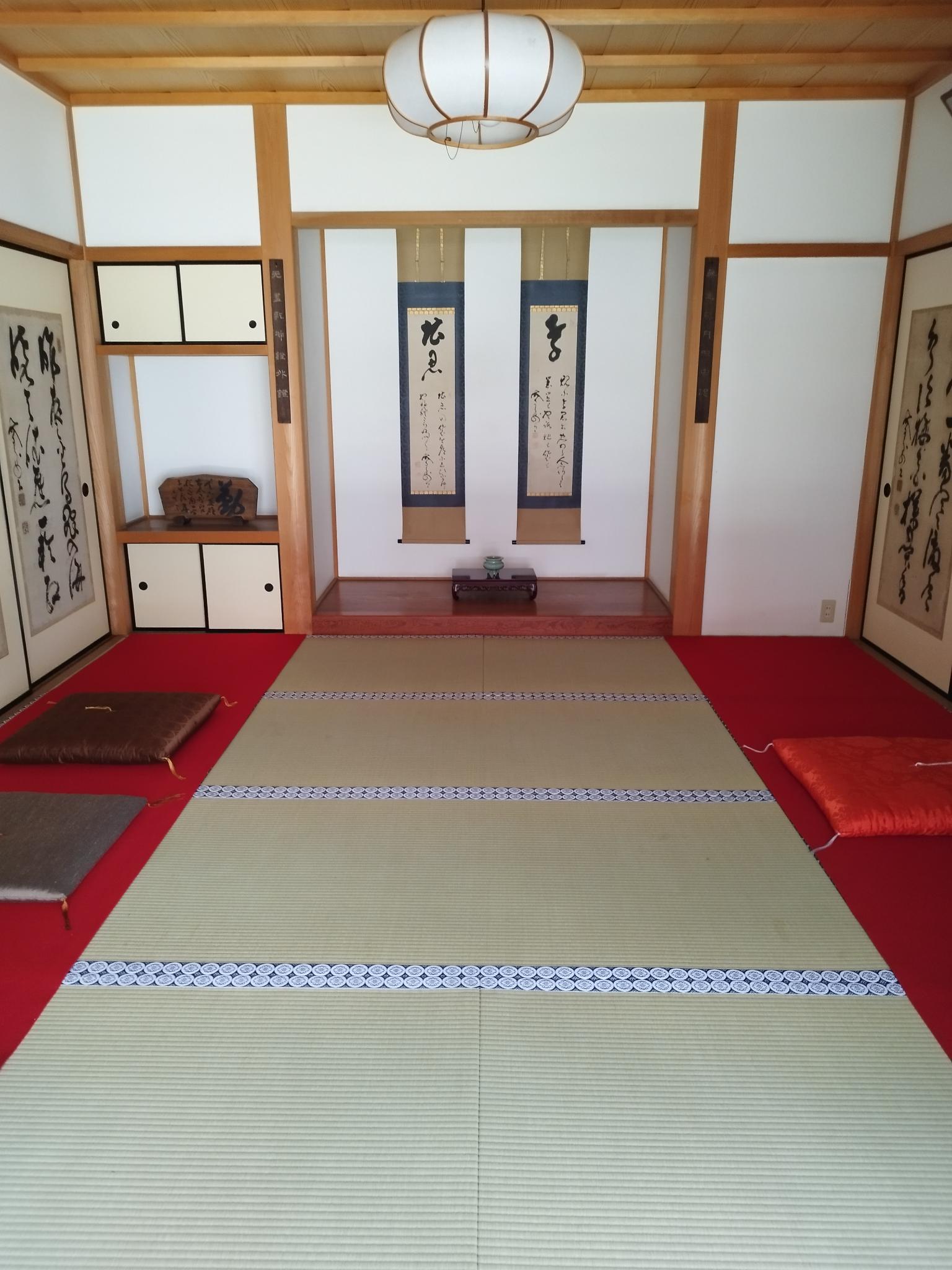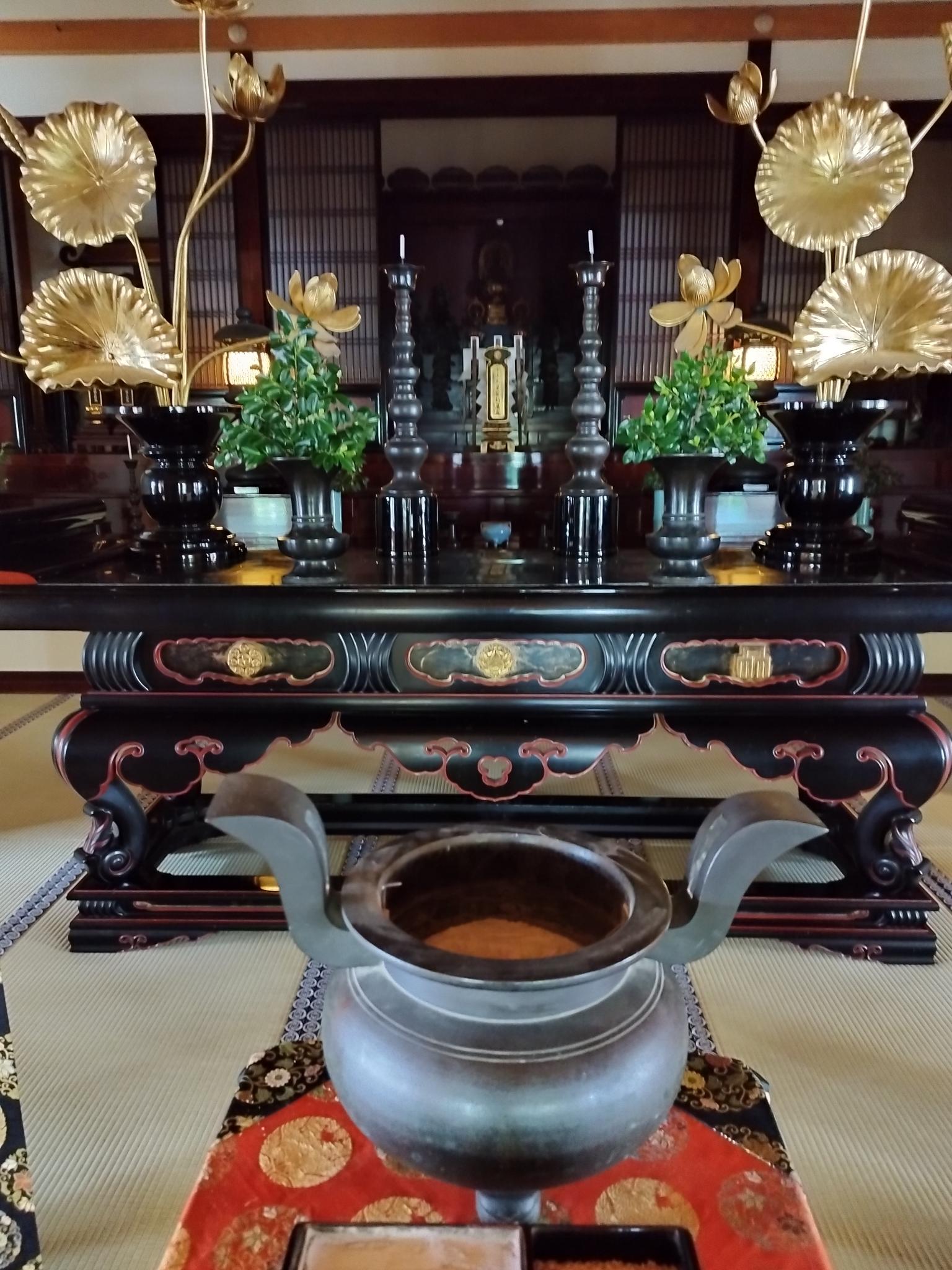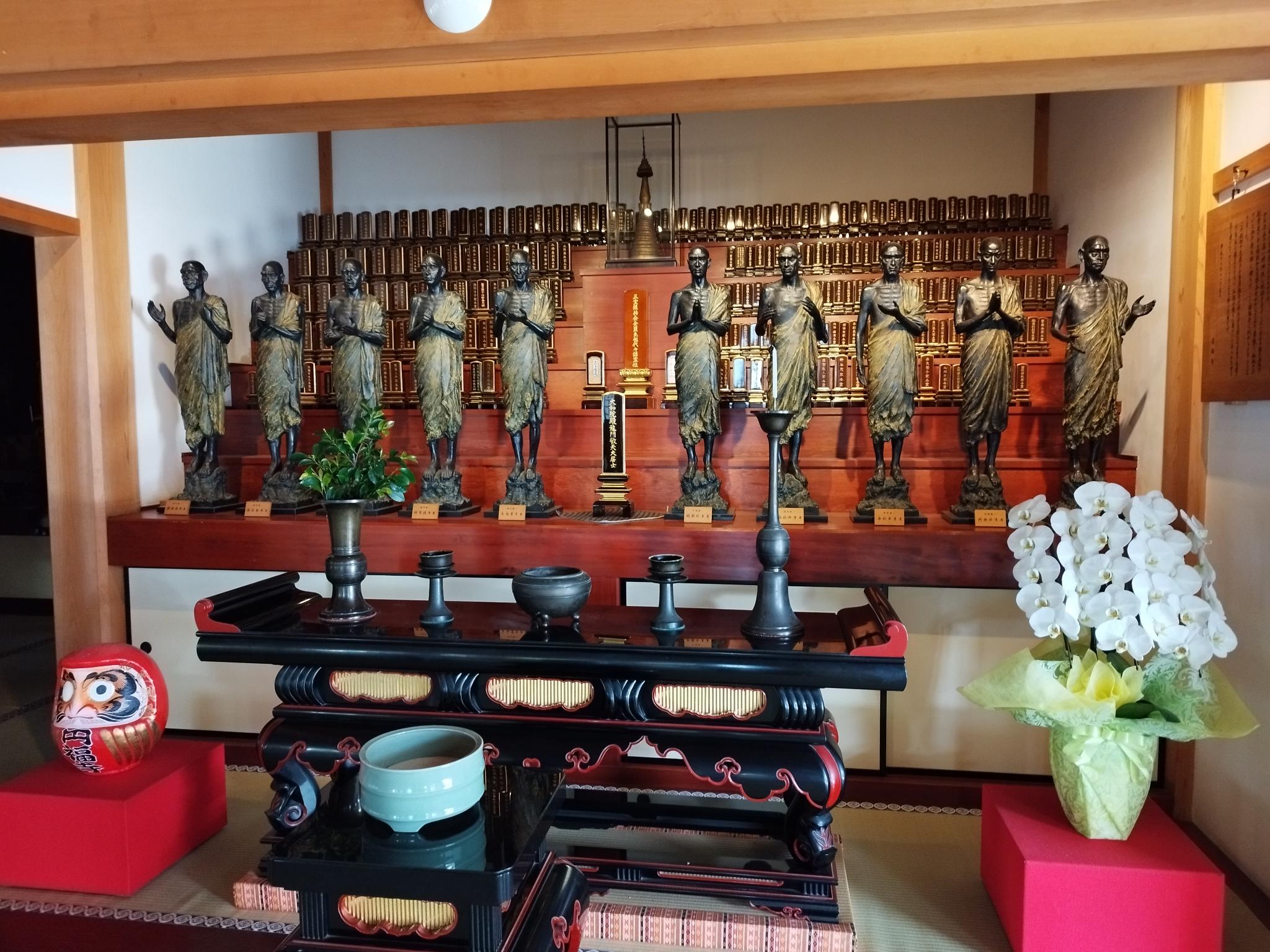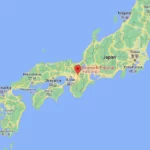Empukuji Zen Monastery – Kyoto – Japan – Cave of Bodhidharma
Empukuji Zen Monastery belongs to the Rinzai Zen School in Japan. Myoshinji is the mother monastery.
A statue of Bodhidharma, said to have been made by Daishi himself as a result of a chance encounter between Prince Shotoku and Bodhidharma in Kataokayama, was preserved in the Yamato Daruma-ji Temple, which was built as the temple's ruins. The Darumaji Temple was burned down, leaving only the name "Oji" and Daruma's tomb. When Yoshimochi Ashikaga planned to revive this temple, he searched for the whereabouts of this ancient statue, but could not find it. Luckily, later when the Daruma-ji Temple caught fire, this Daruma statue escaped the fire and was preserved by the Kataoka family, the custodians of Oji Temple. As the Kataoka family was scattered, the Kataoka clan carried the statue of Bodhidharma on their backs and became a hidden Zen master, moving from place to place preserving and protecting this ancient statue.
Empukuji Zen Monastery - Japan - 達磨堂 円福寺
In the Yoshinori era, Kataoka Shinsuke became Harutoshi (Kataoka Yamatokami Mitsuji), arrived in Yawata, and entrusted the statue of Bodhidharma to the Betto Tanaka family of Iwashimizu Hachimangu Shrine. In later years, this statue is said to have been the only one to have escaped the disaster when the Tanaka family caught fire. Declared a national treasure in 1927. Currently an important cultural asset. Wide-eyed and full of spirit, the seat has been revered since ancient times as a symbol for the Zen meditation practice of the Unsuishu and as a spiritual foundation for the worshipers of Bannin-ko.
Fukko-Cave (former building of Arisugawa Palace)
The 5th Head of Daitoku-ji Temple, Kensho Sohan Roshi (14th Head of Empukuji Temple), received the devotions of His Imperial Highness Prince Takehito Arisugawa-no-miya. The building was constructed around 1902 or 1903 and moved to Empuku-ji Temple in 1928. The completion ceremony took place in 1928. You can see the large panels "Shinze Ikan" by Prince Taruhito and "Fukko Itsu" by Mitsueko Tokugawa.
Manninko - 萬人講
The unsui (novice) in monastic formation goes on alms-gathering (Nikku-ko) every month and receives donations such as rice and money. The Buddhist ritual that invites you to hold a memorial service and eat osai (monastery kitchen) is called "Kochusai". At Enpuku-ji Temple, we aim to root this traditional Buddhist event more deeply in the local community by widely opening its doors to people outside of Nichiku-ko on Kochusai Day. This is the origin of the current festival called "Manninko" which means "ten thousand people come". On the festival day, nostalgic stalls and handicraft markets line up in front of the driveway and the temple gate and you can enjoy a lively atmosphere that is different than usual. Please visit Manninko with your family, with small children or with your friends.
